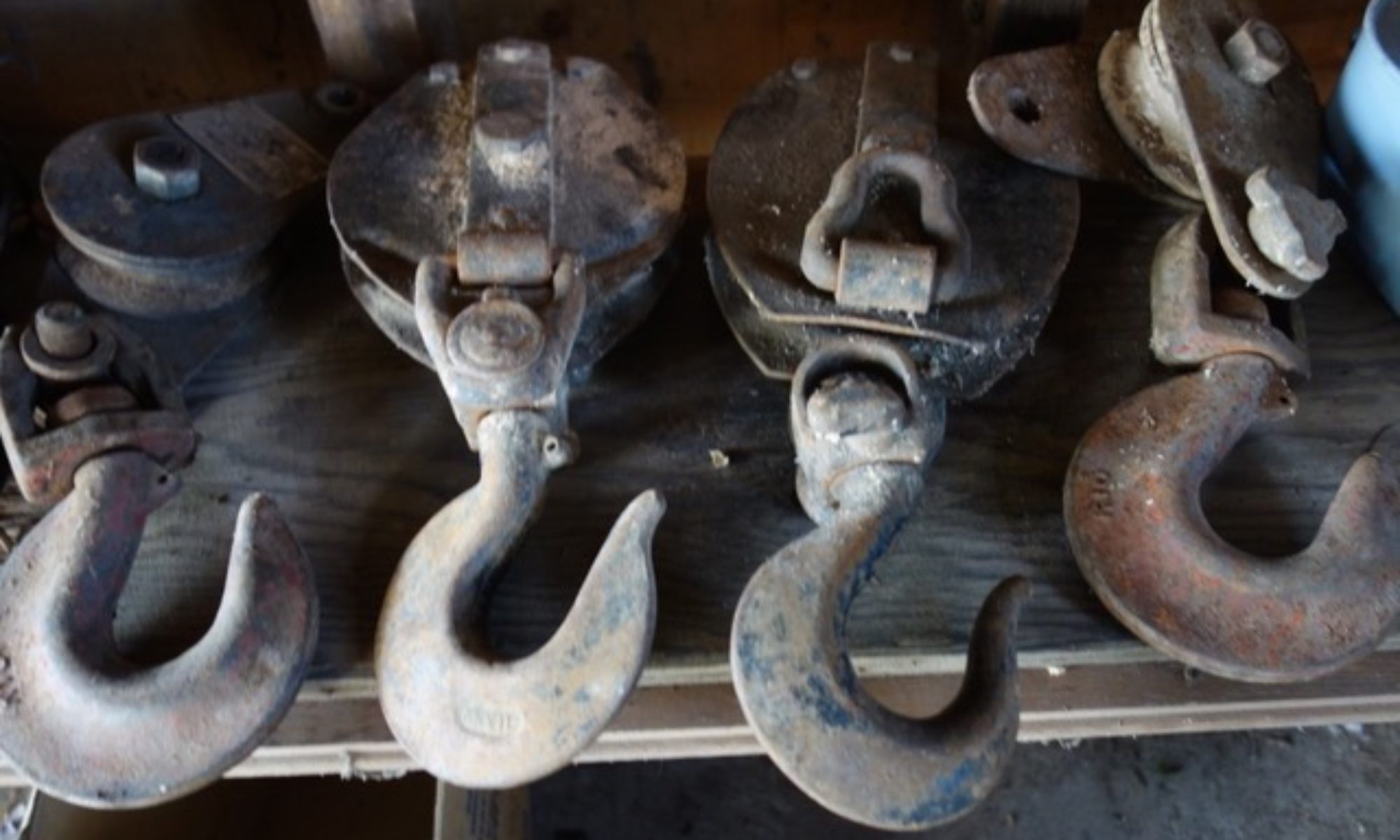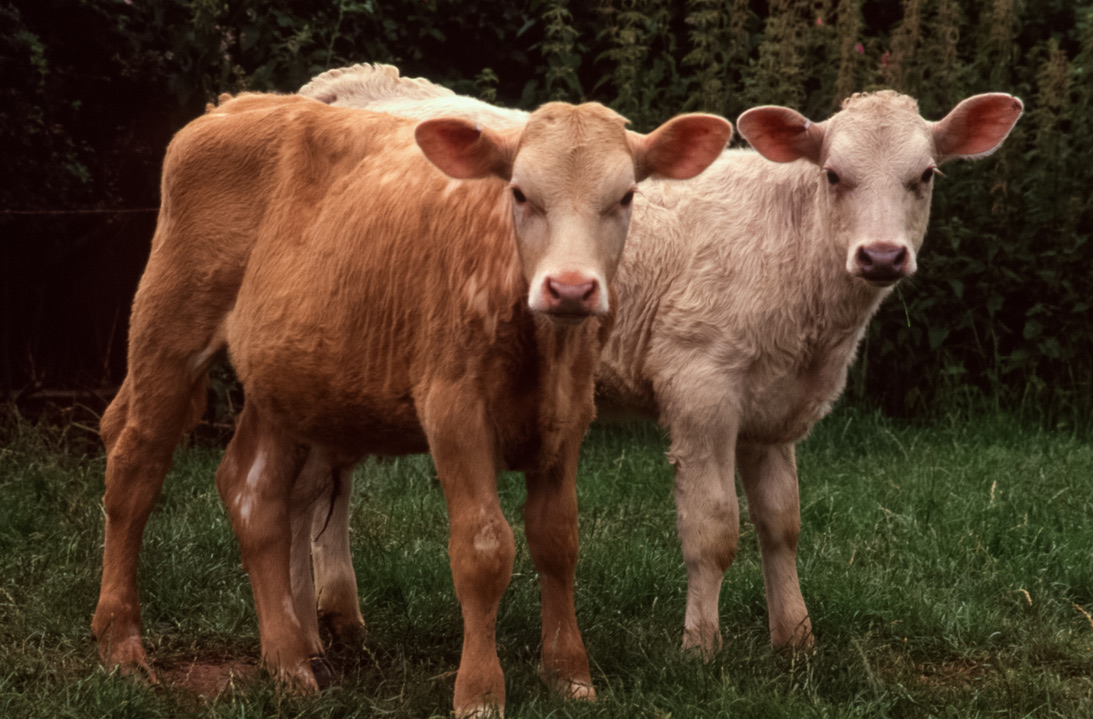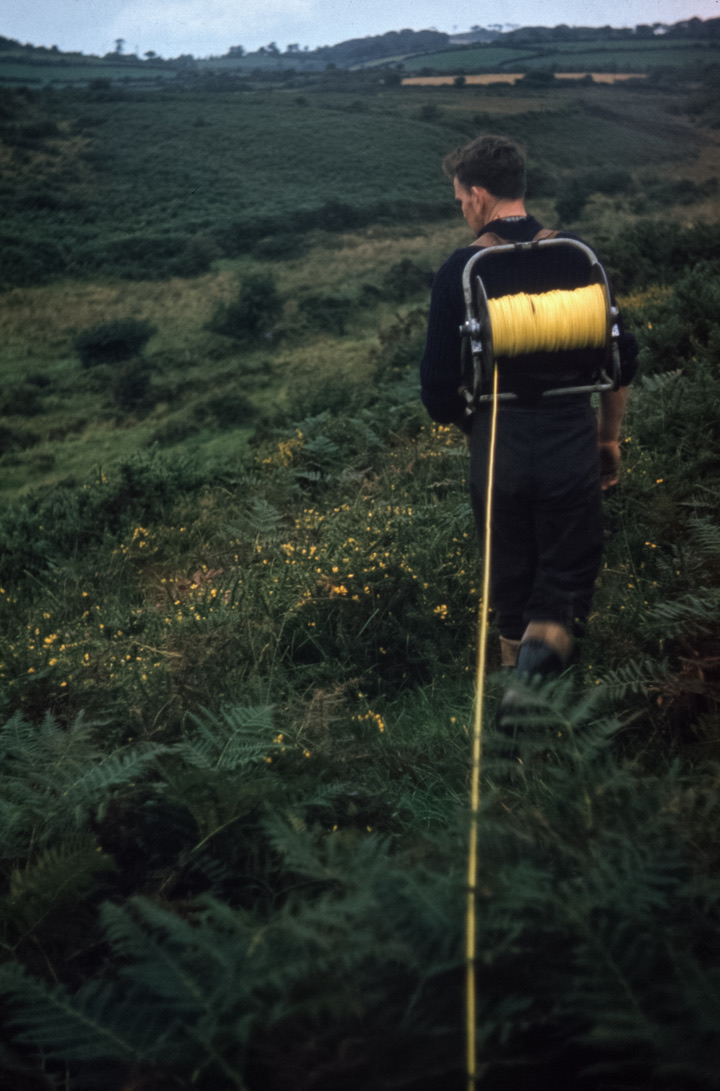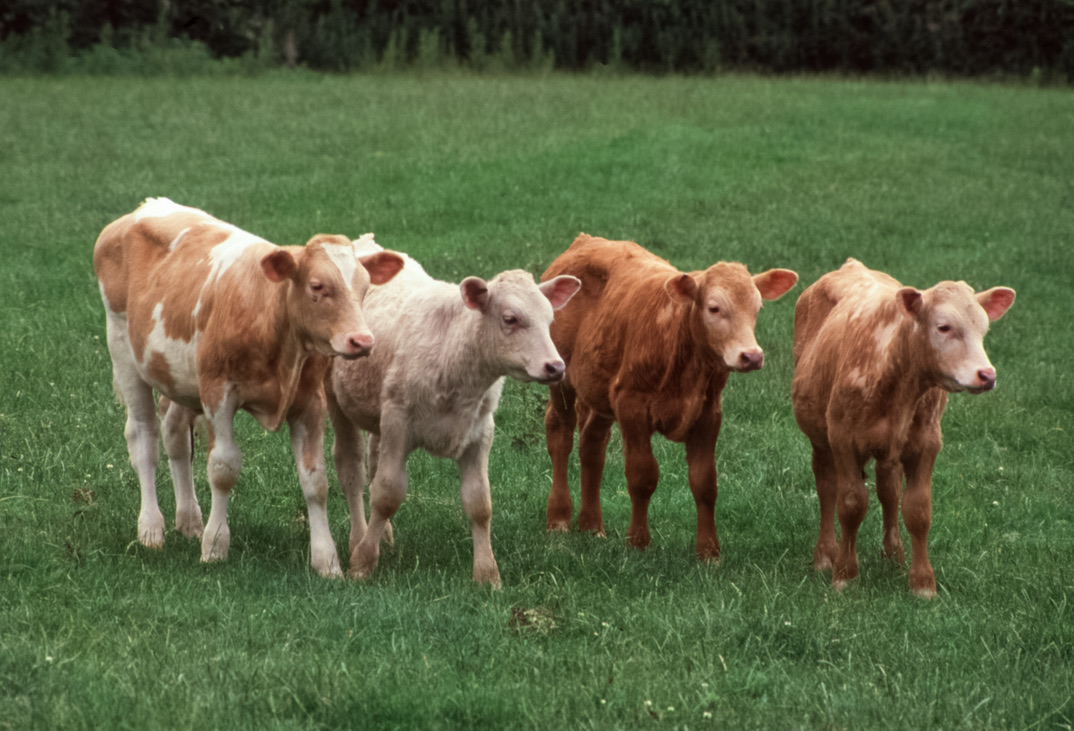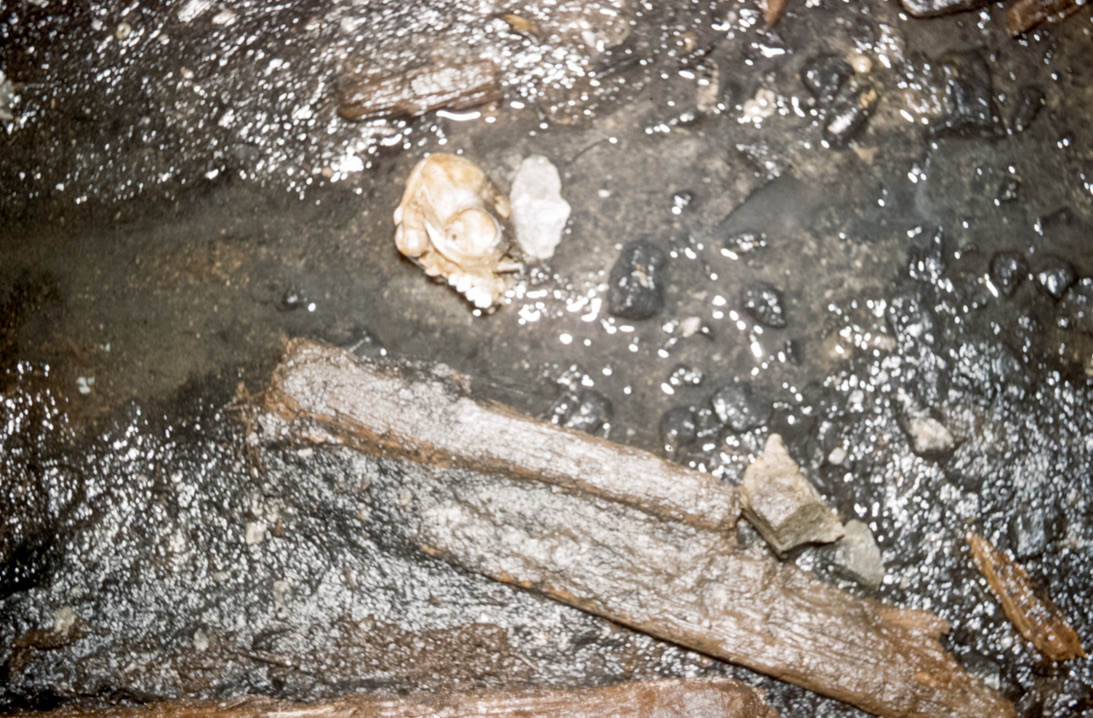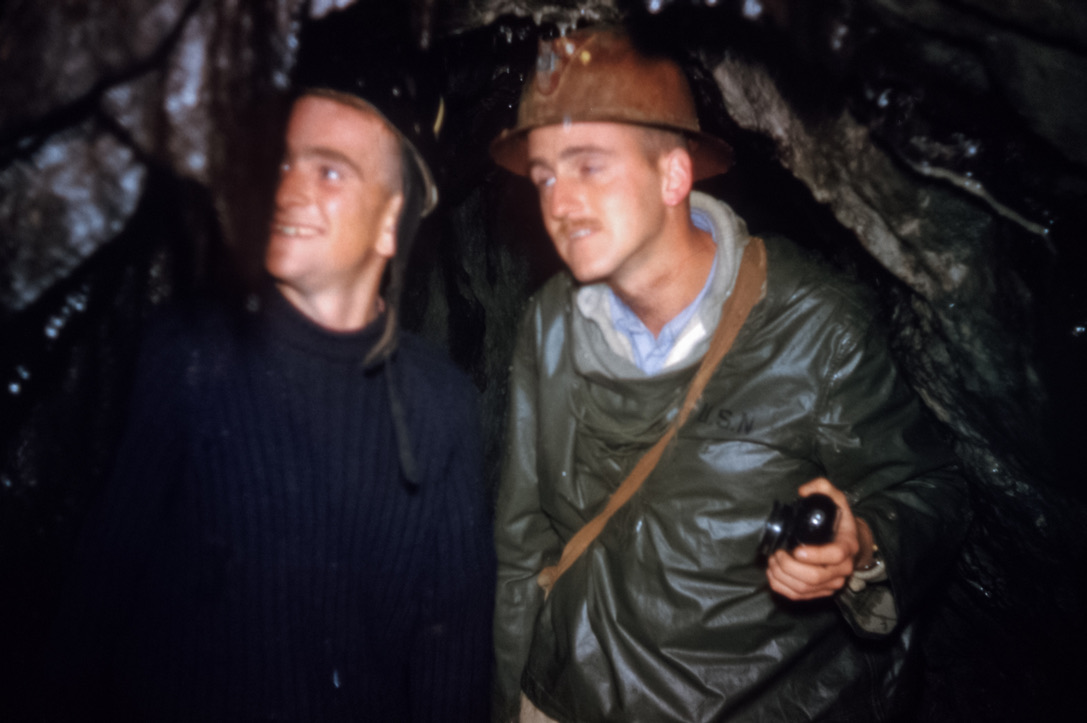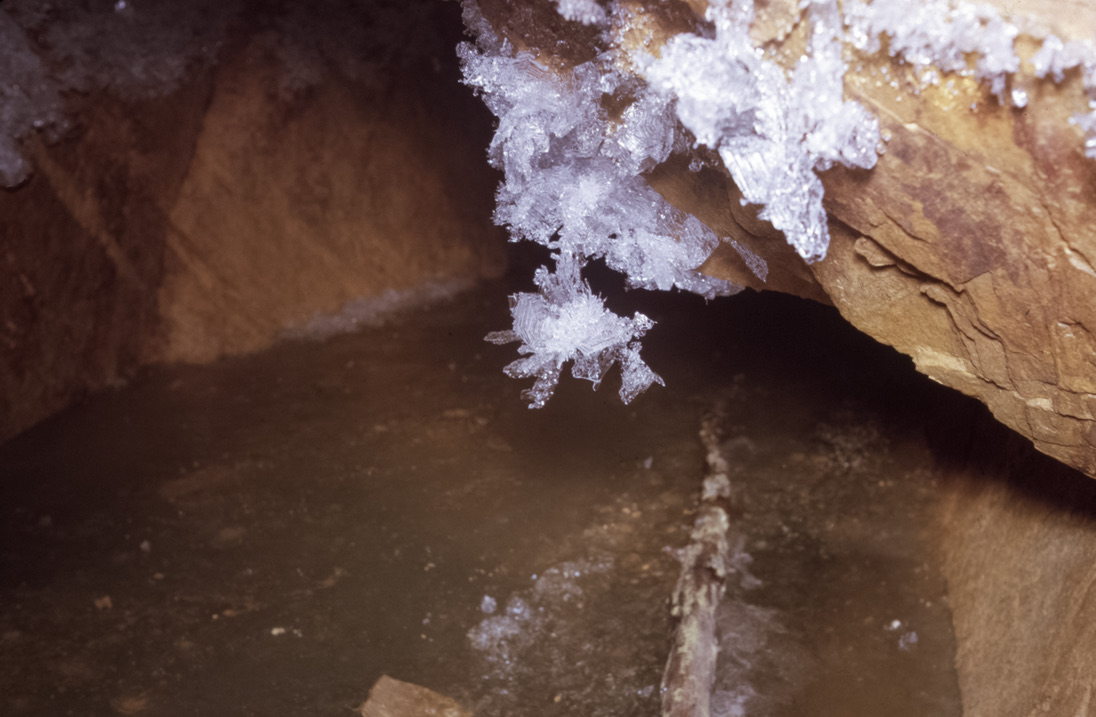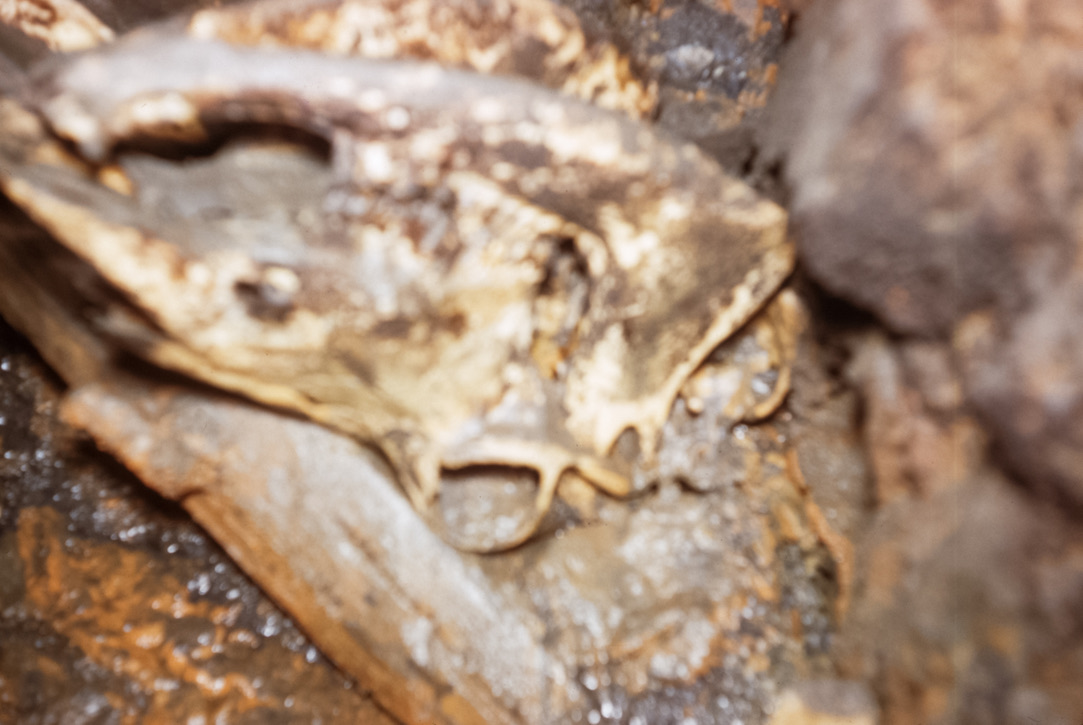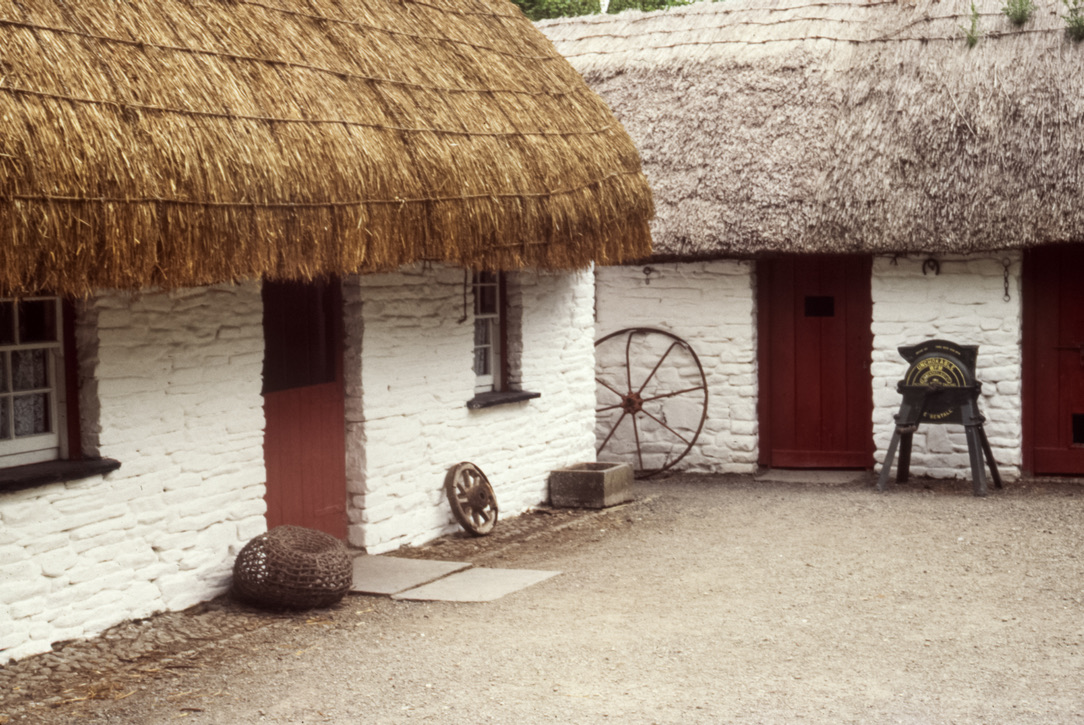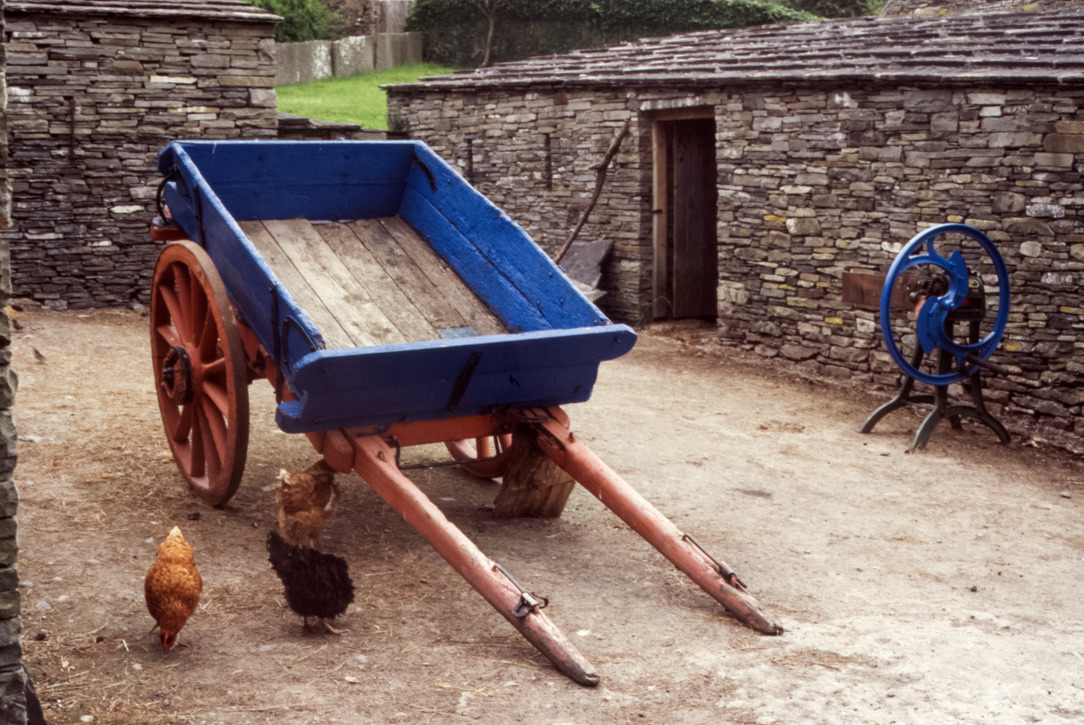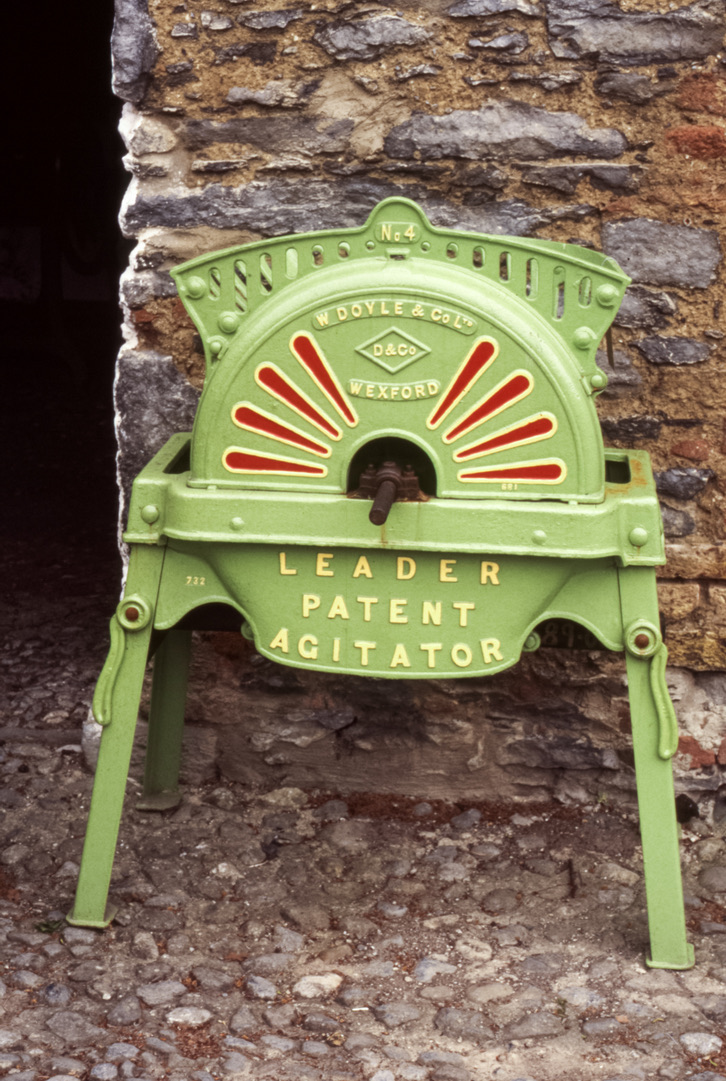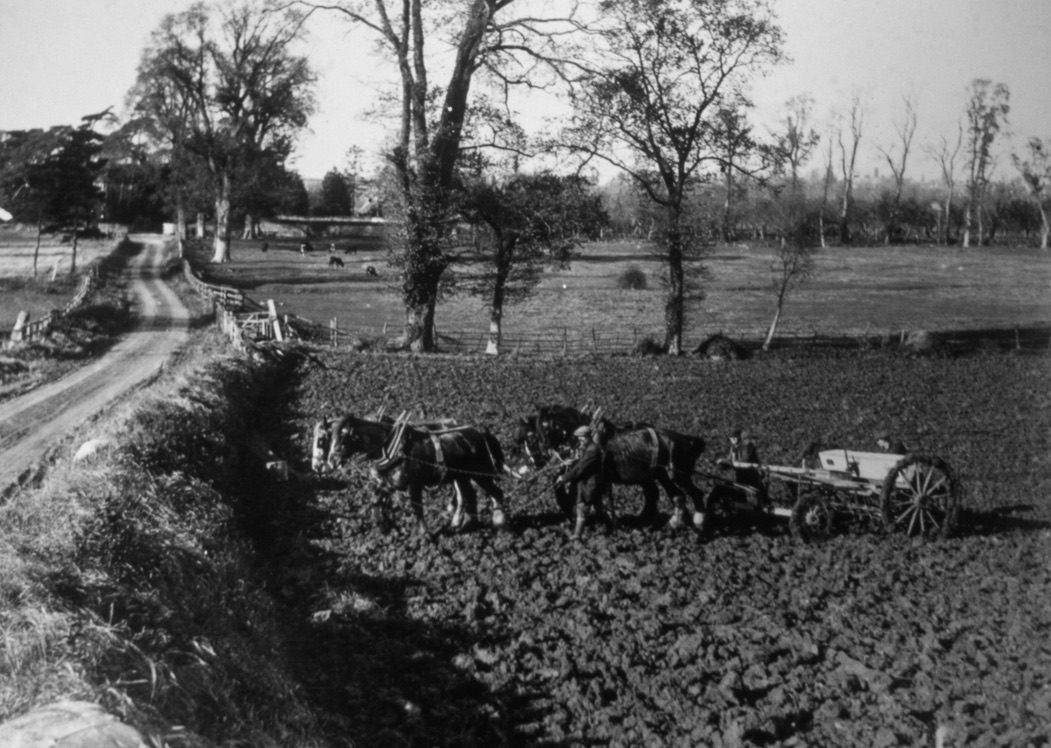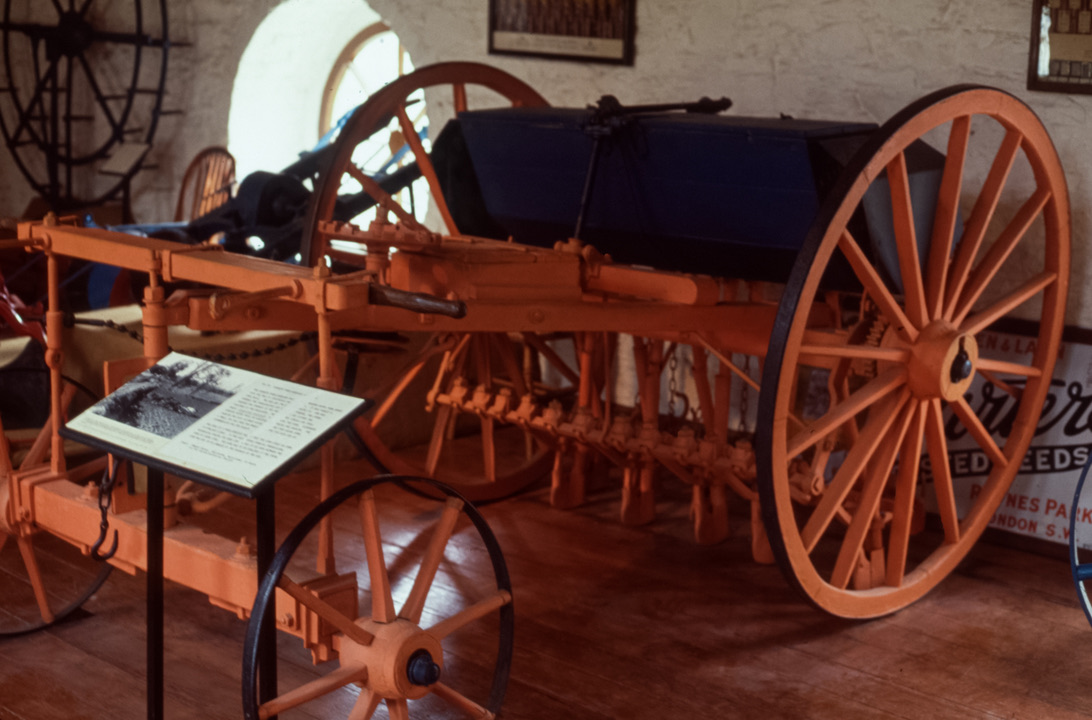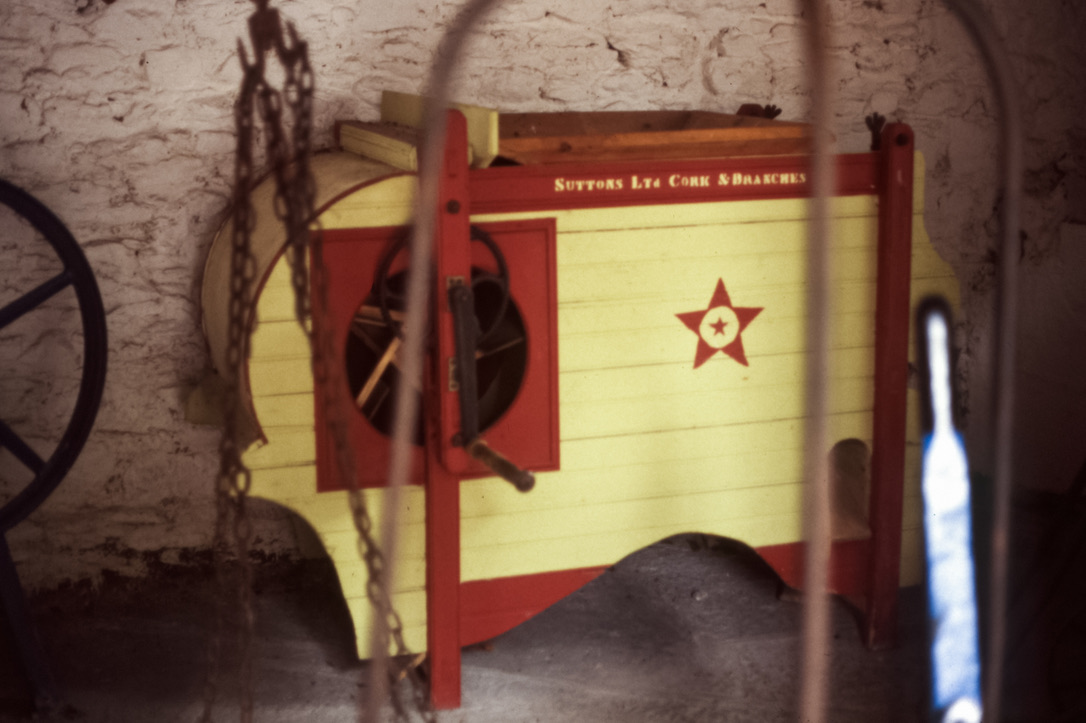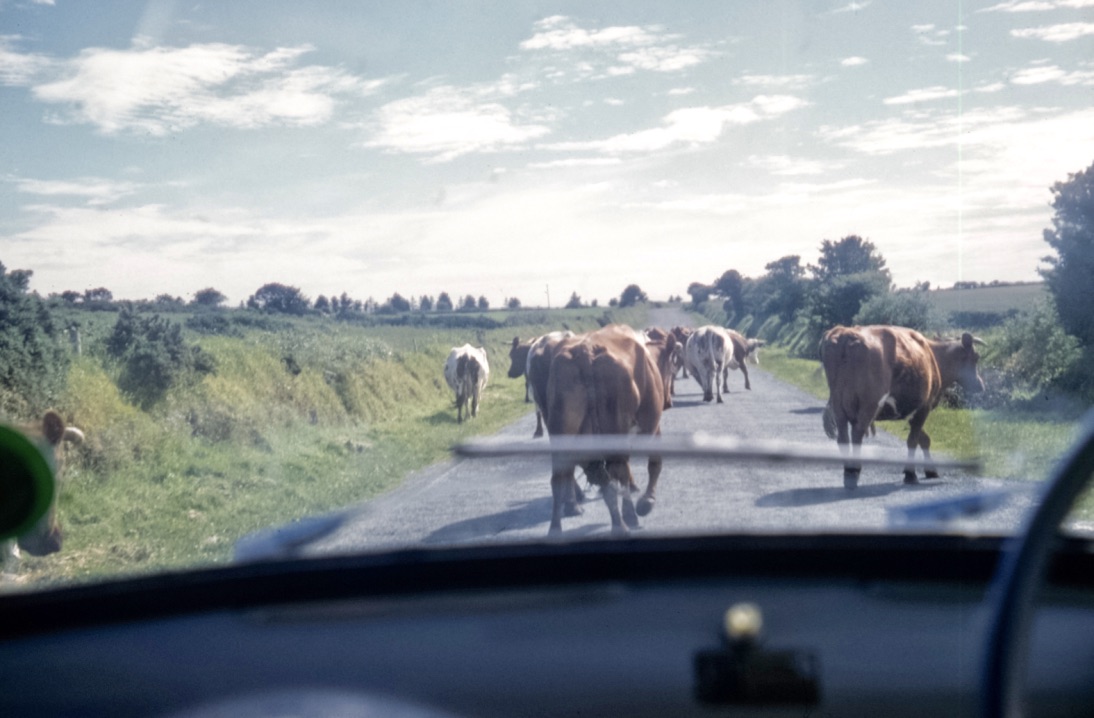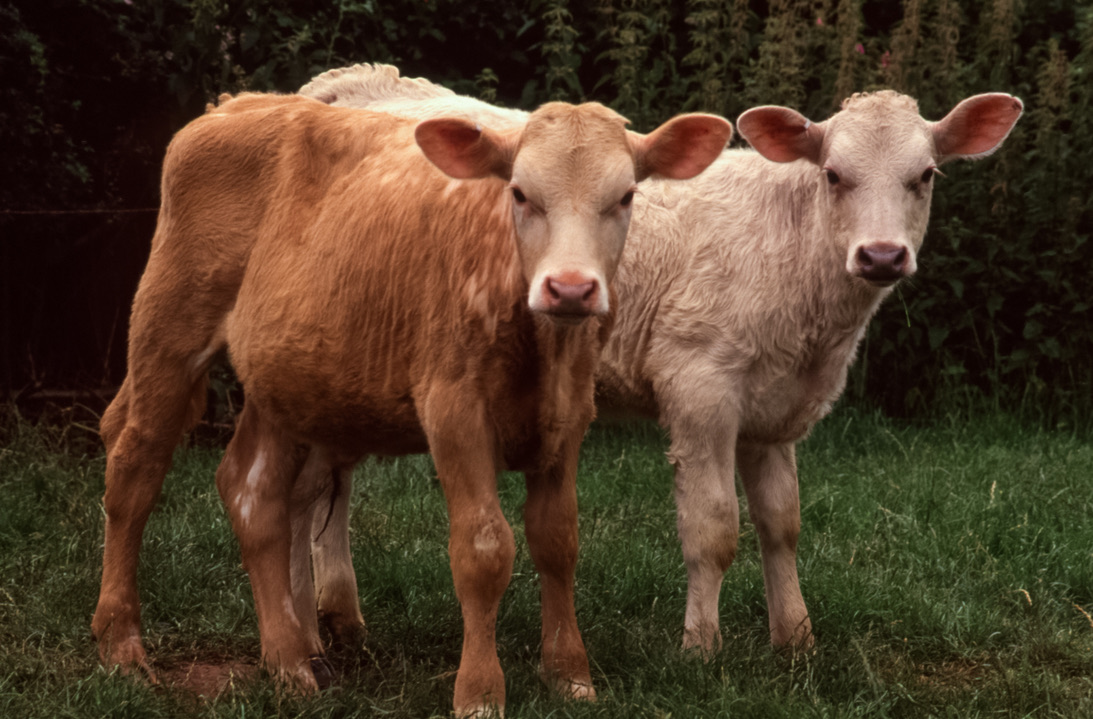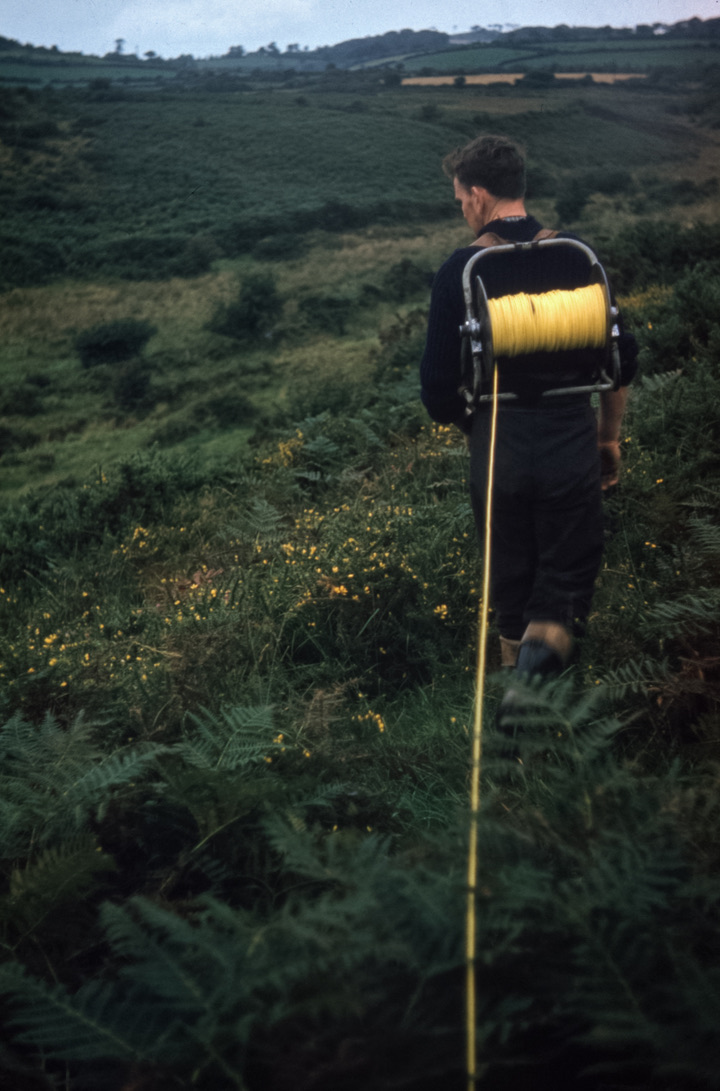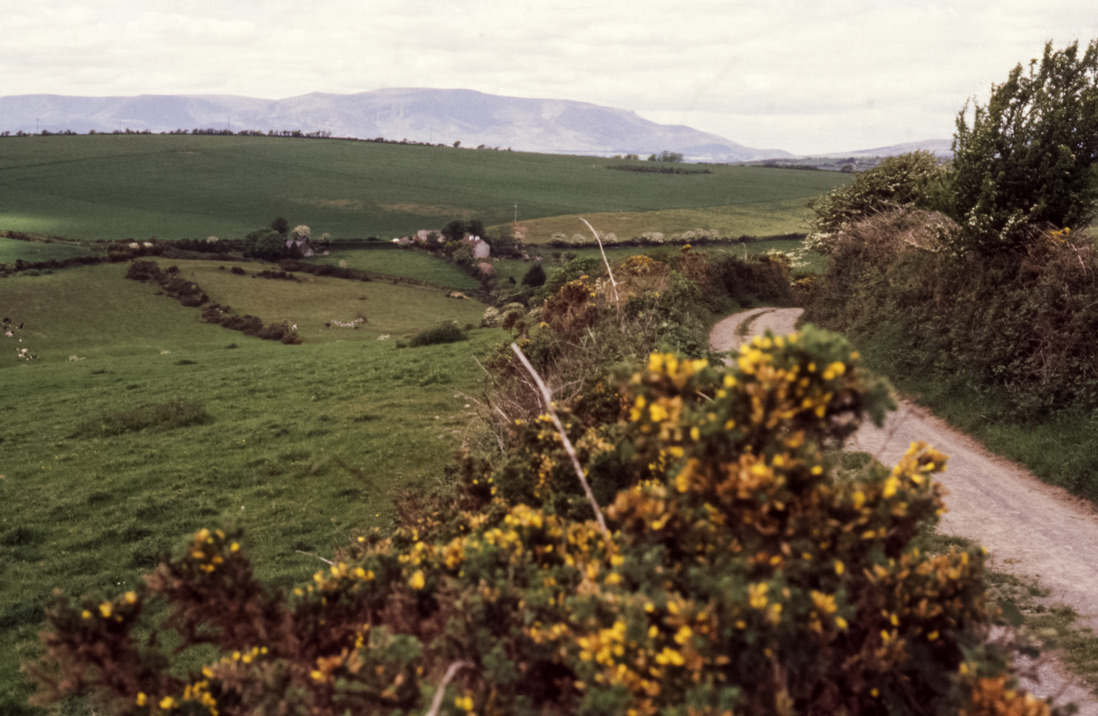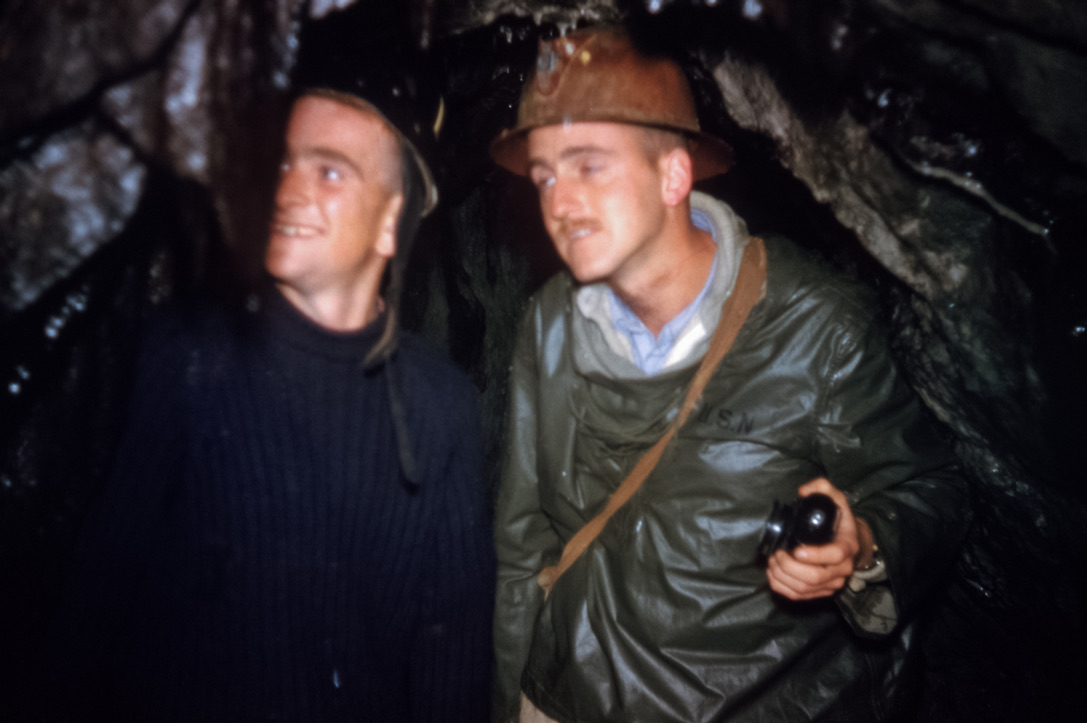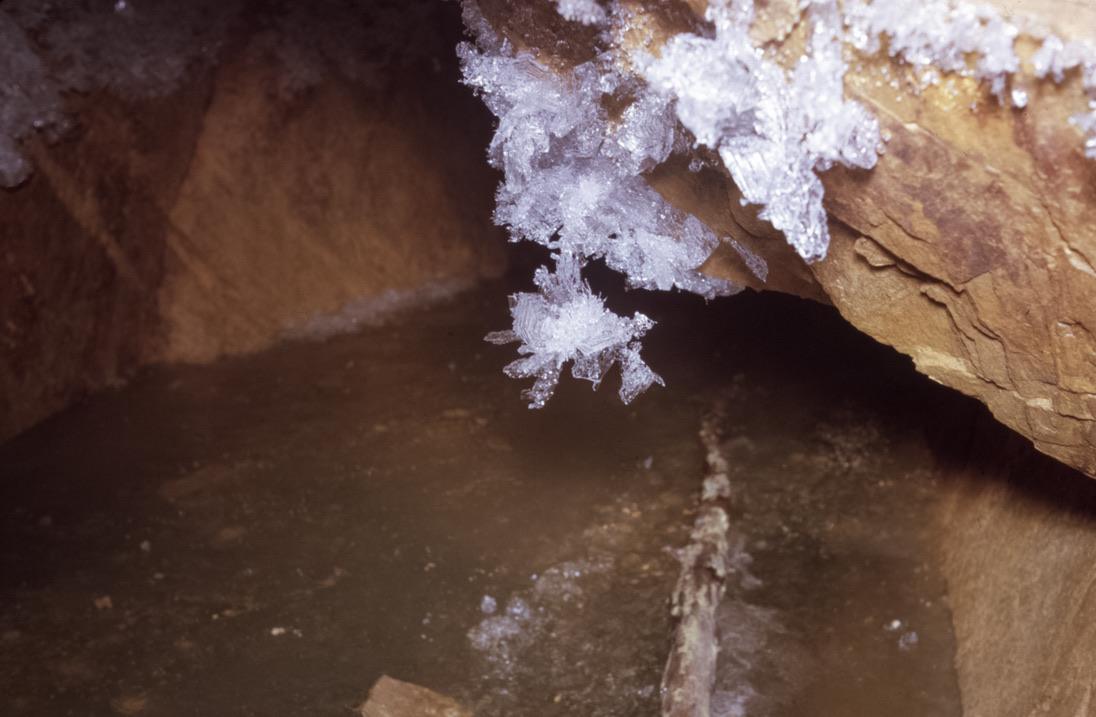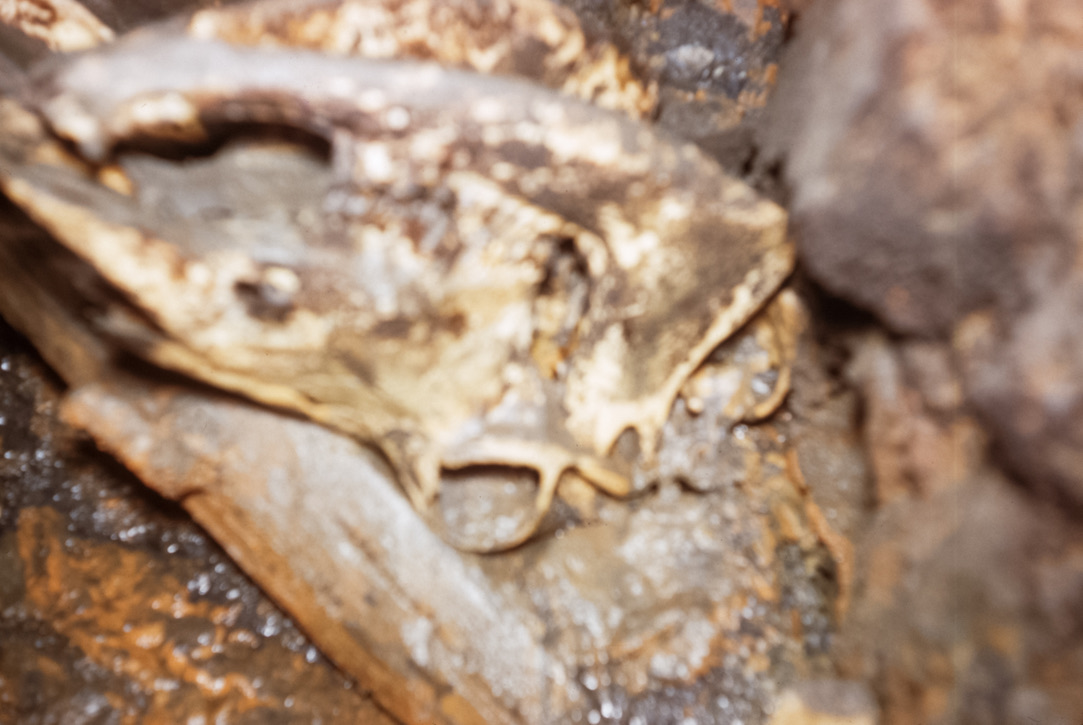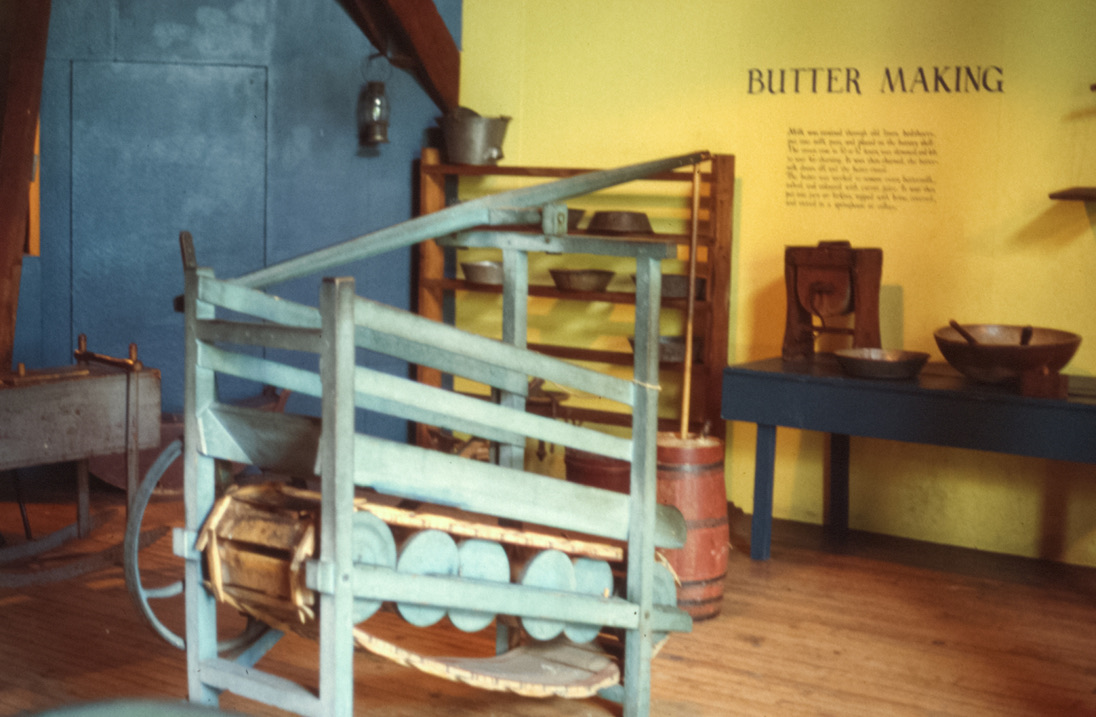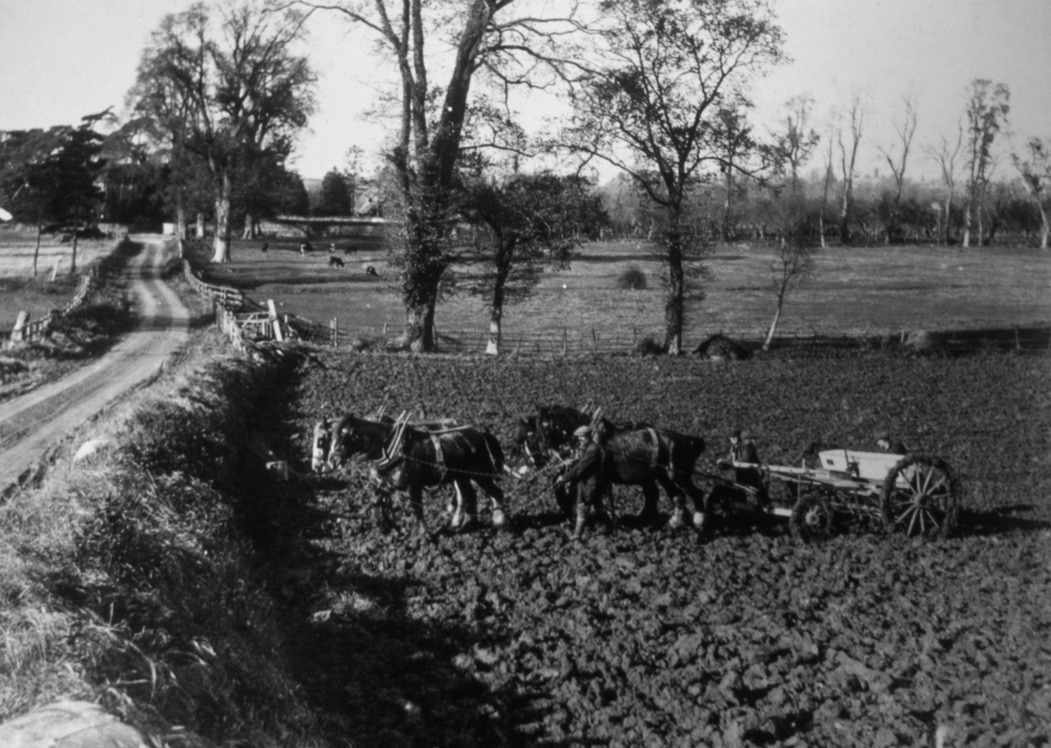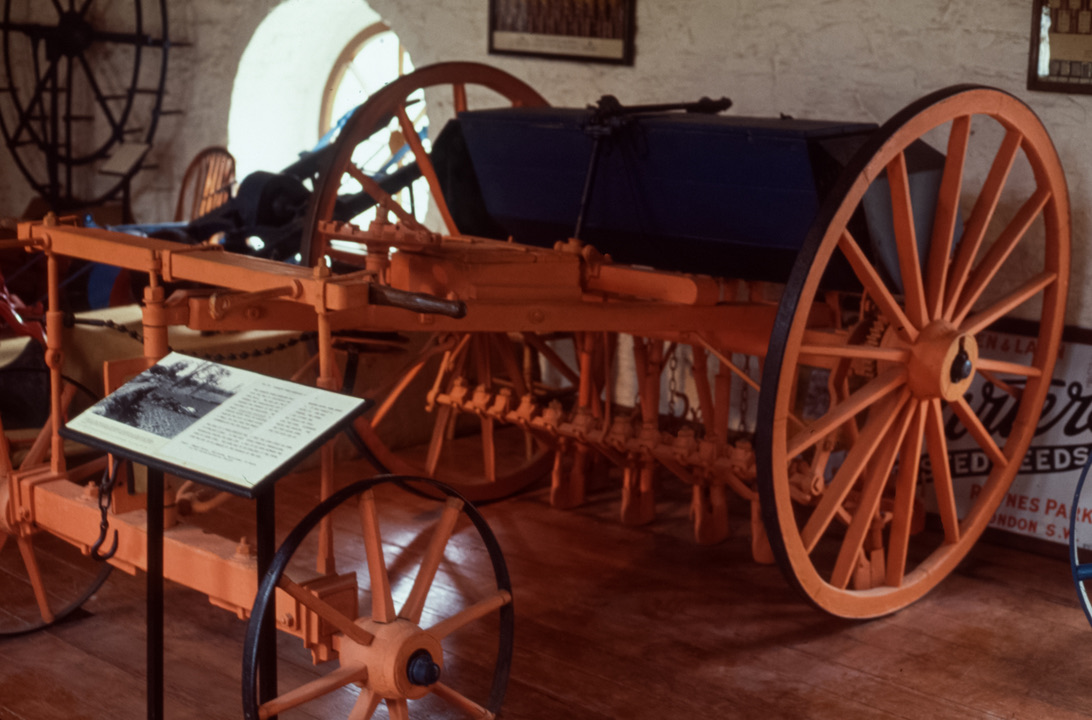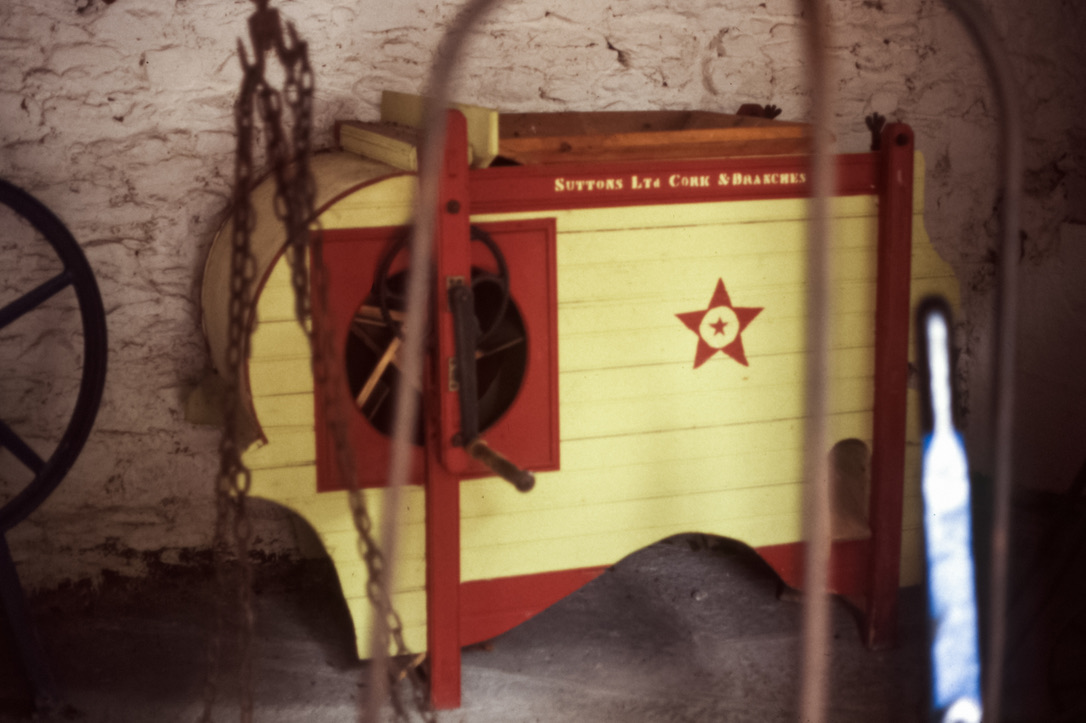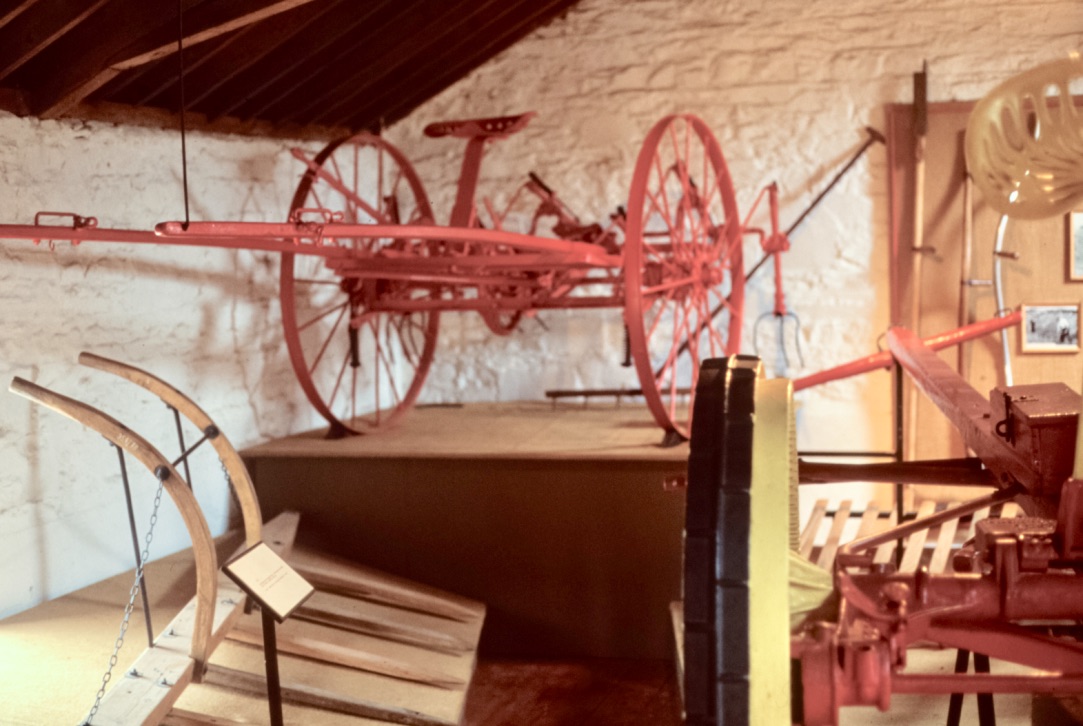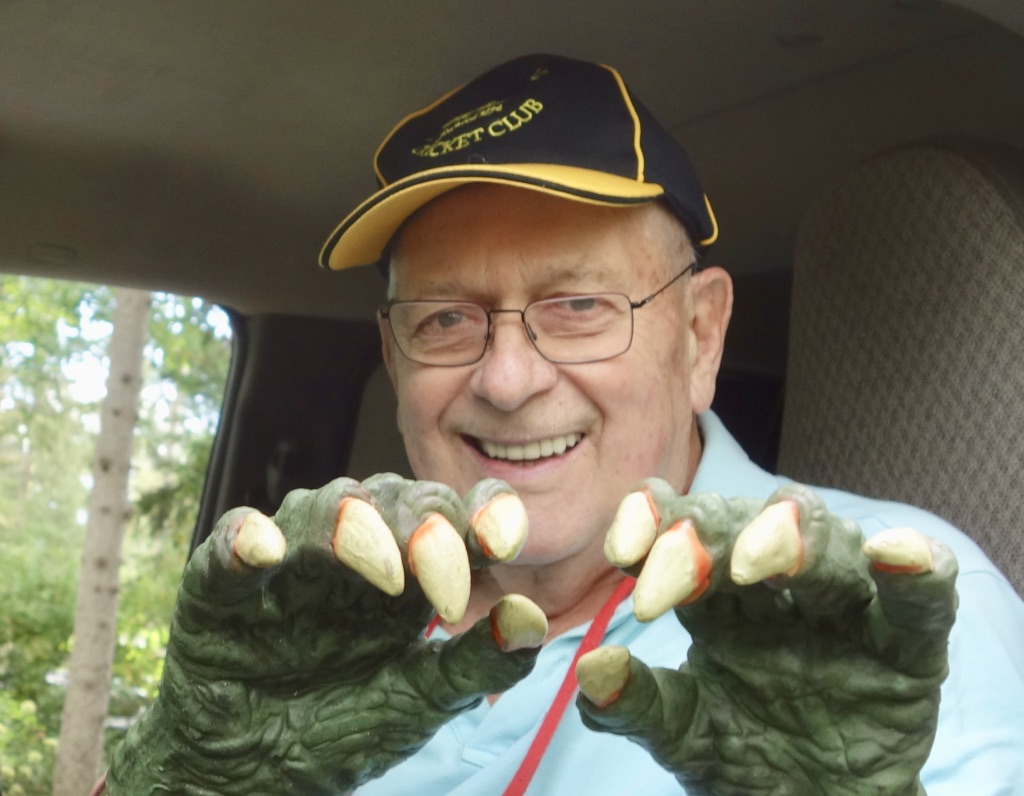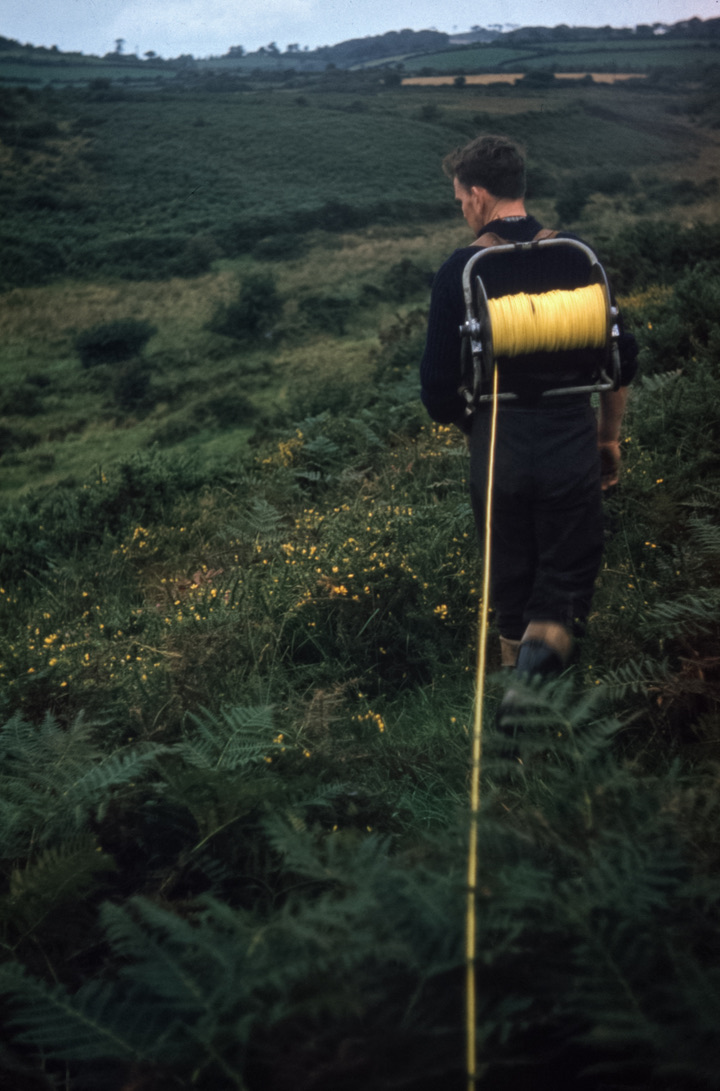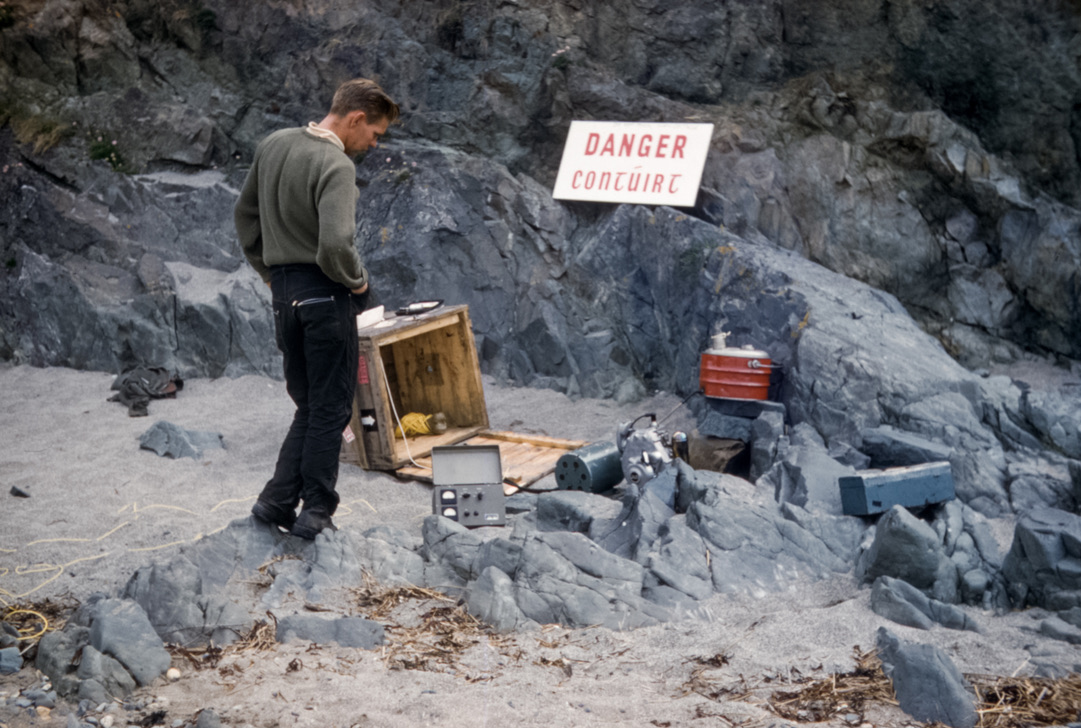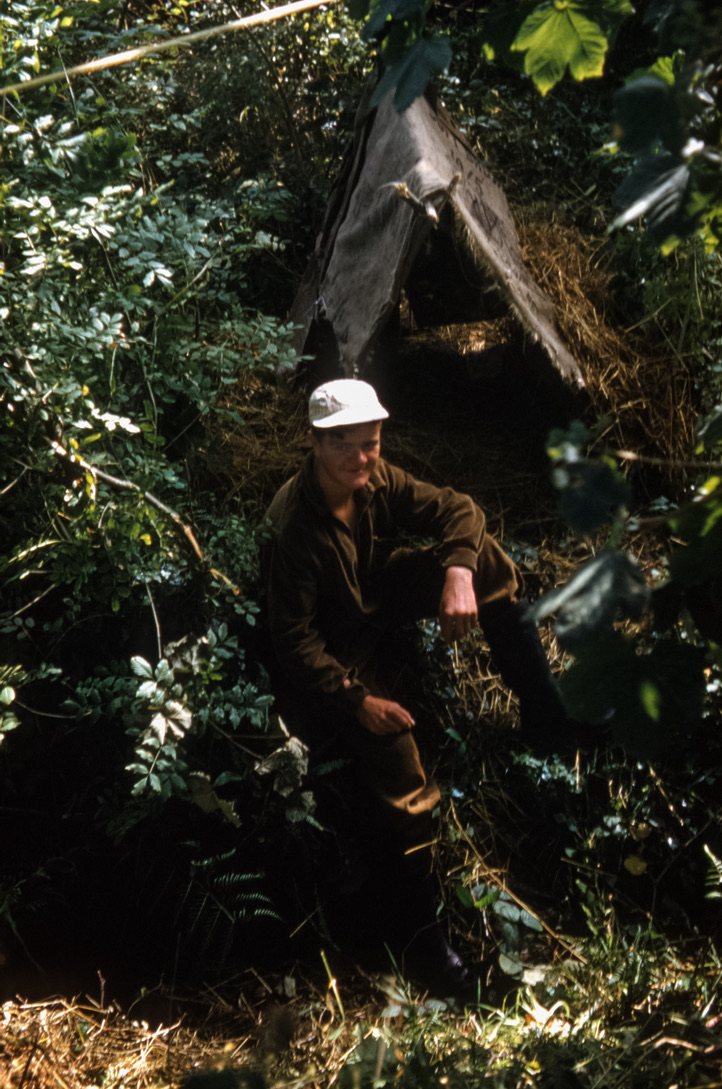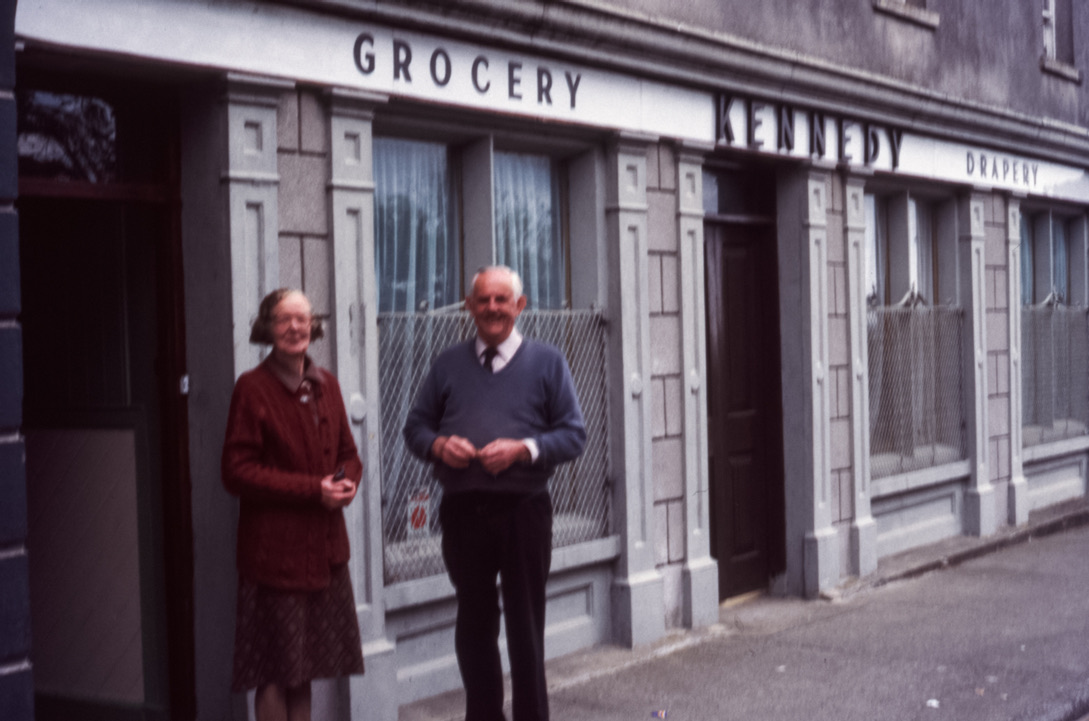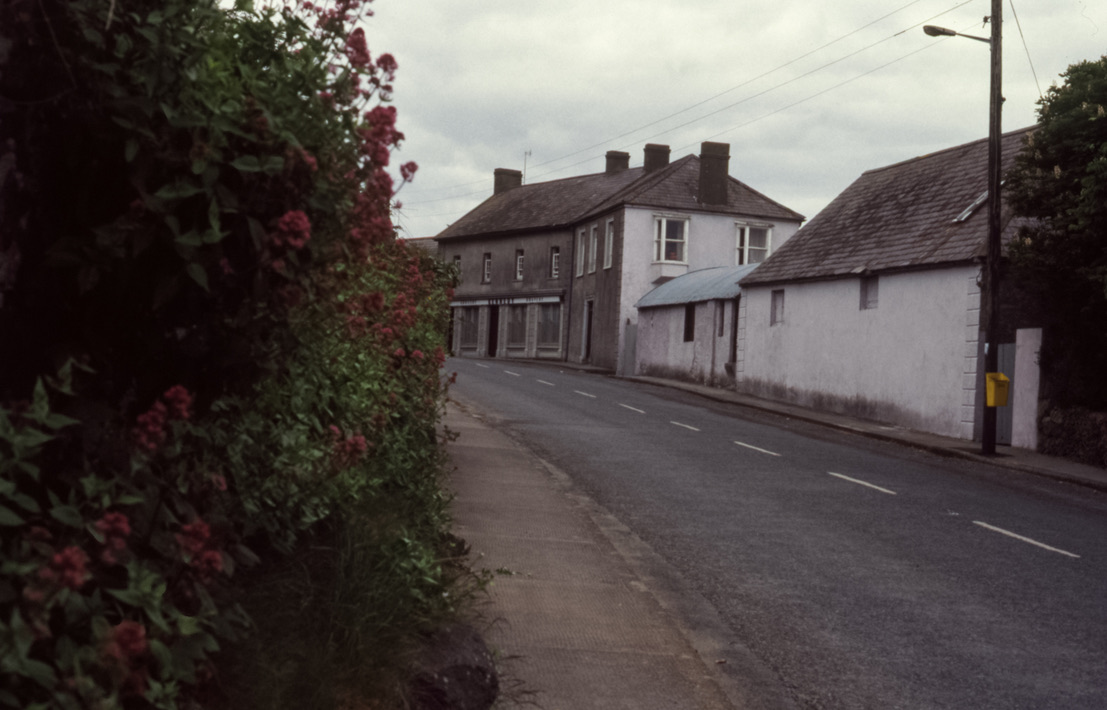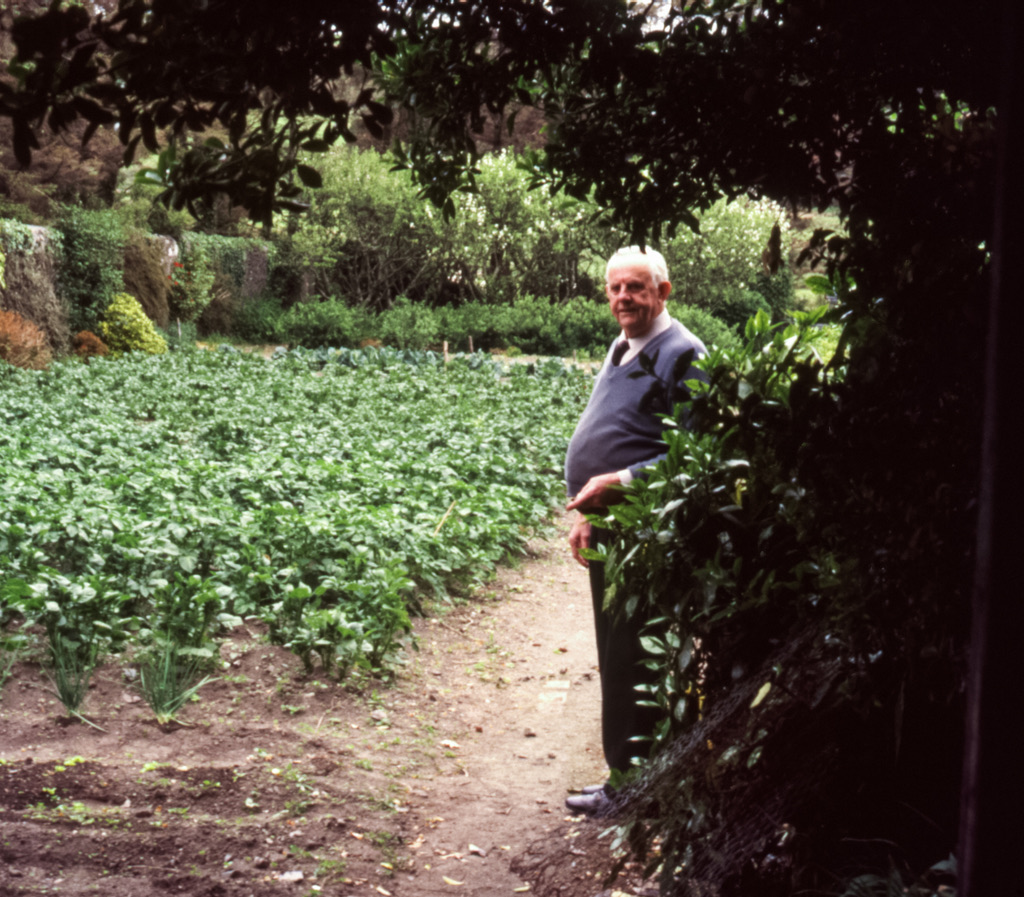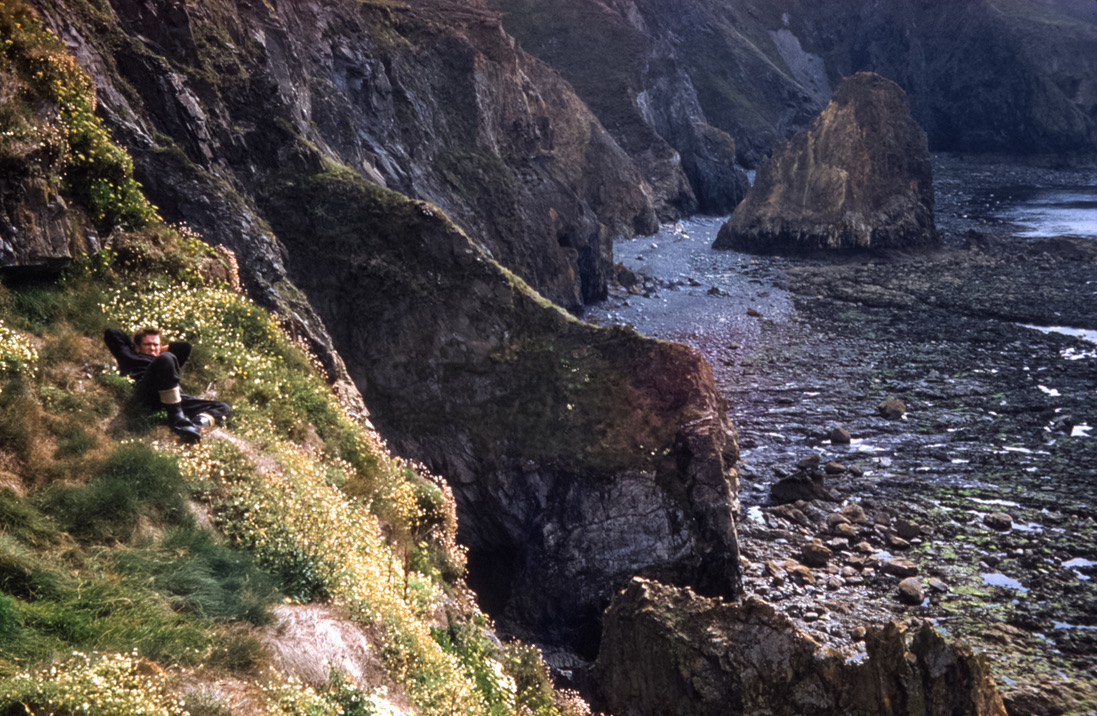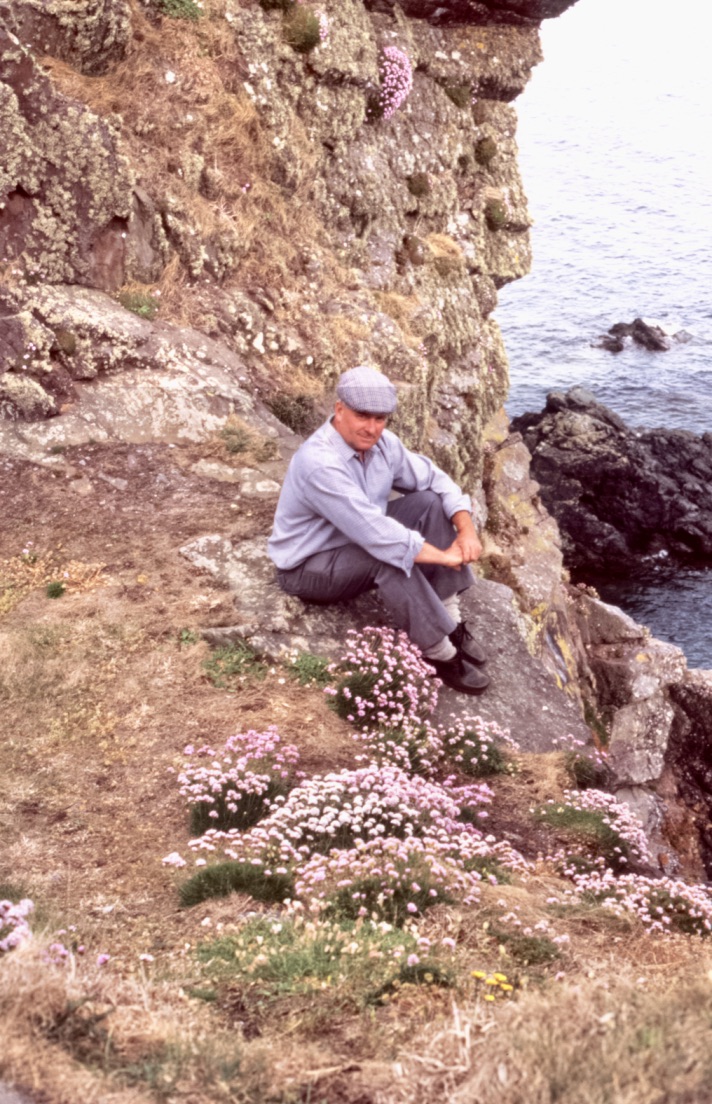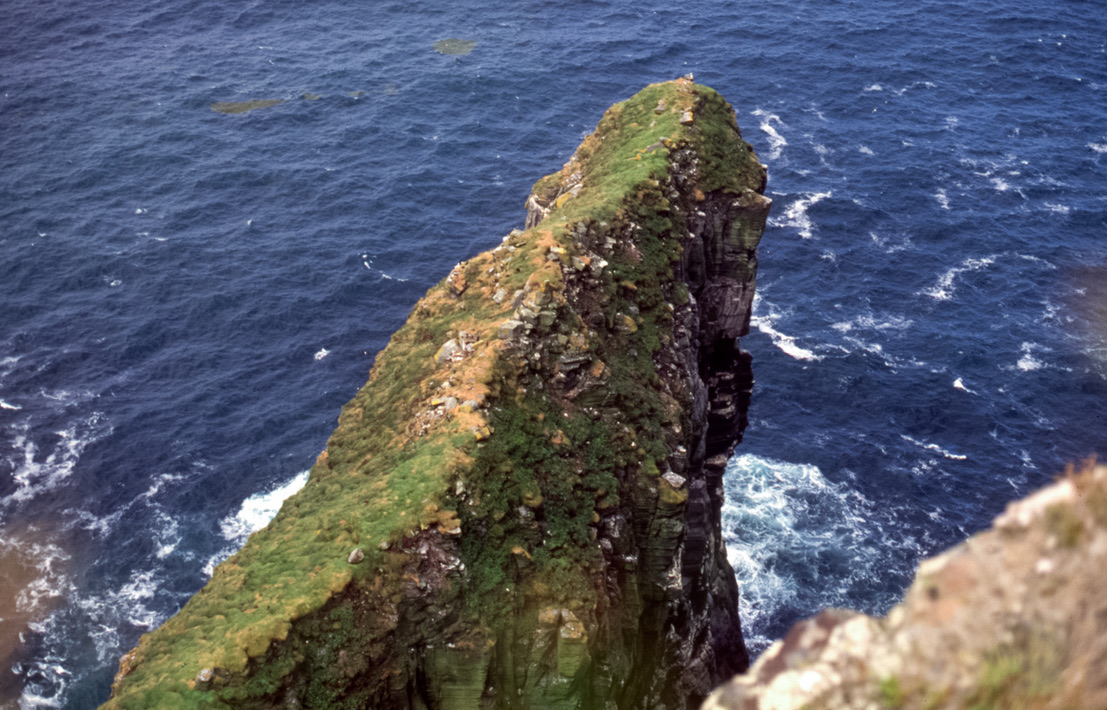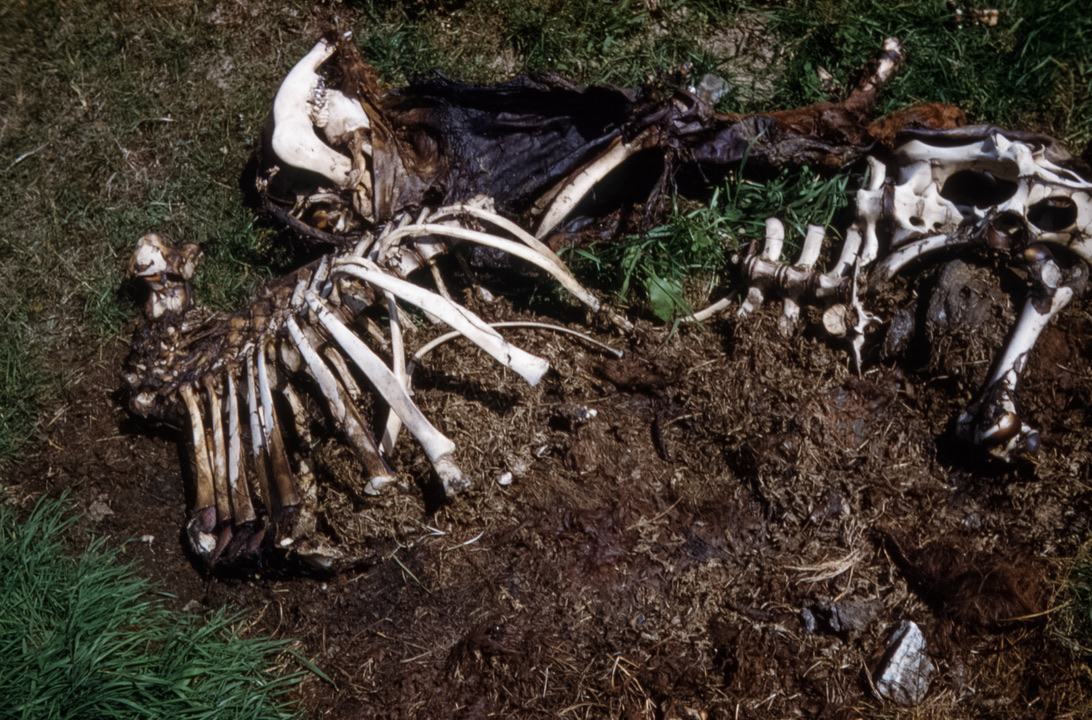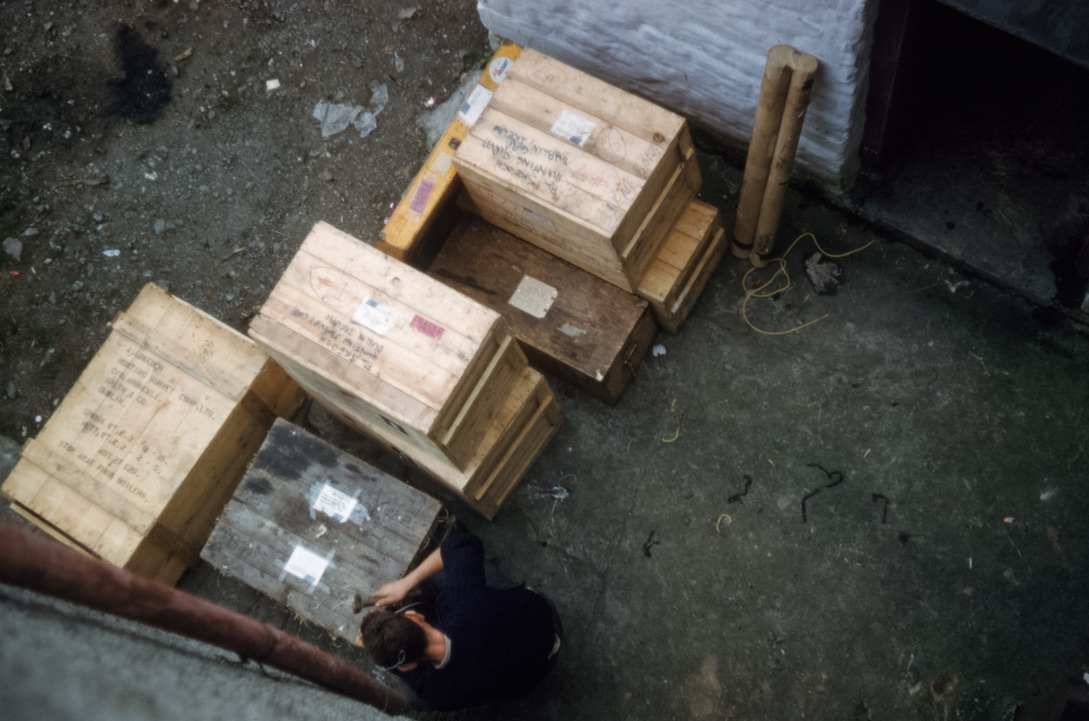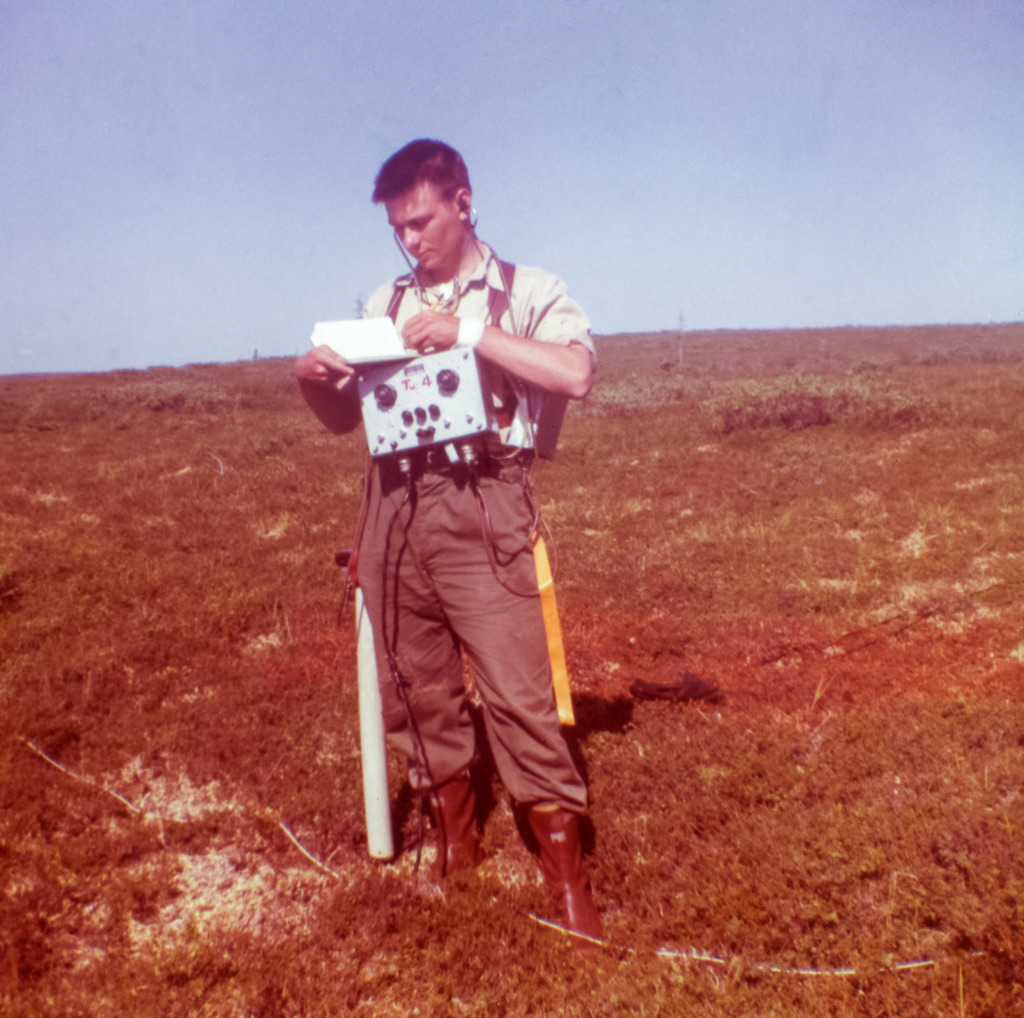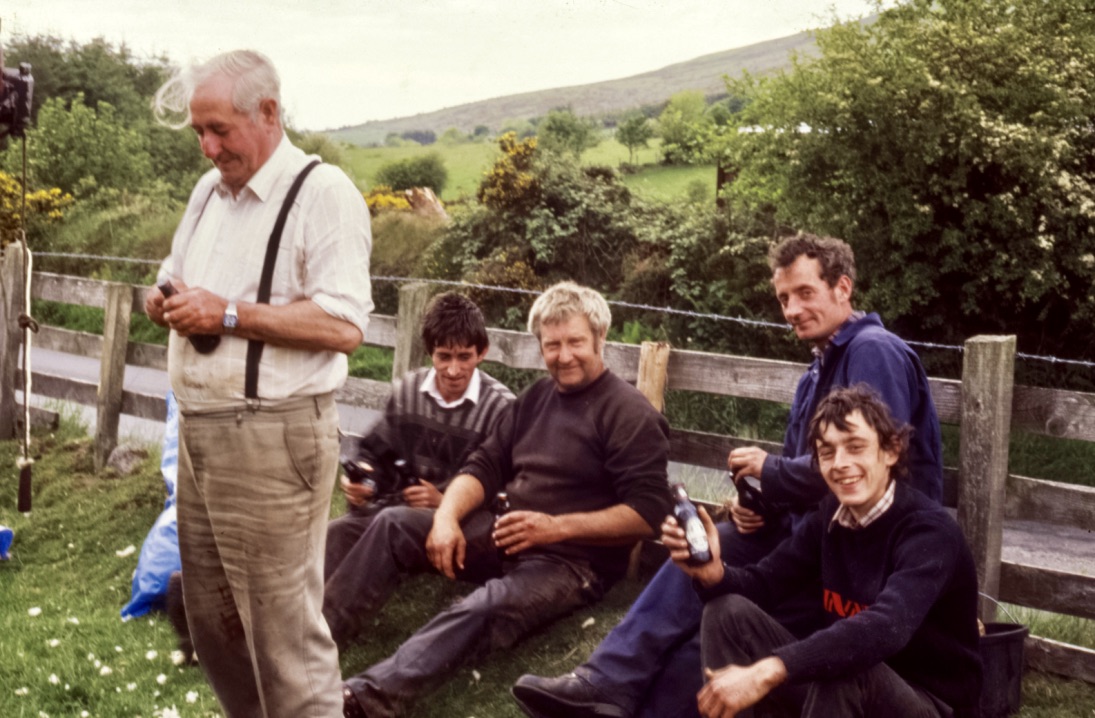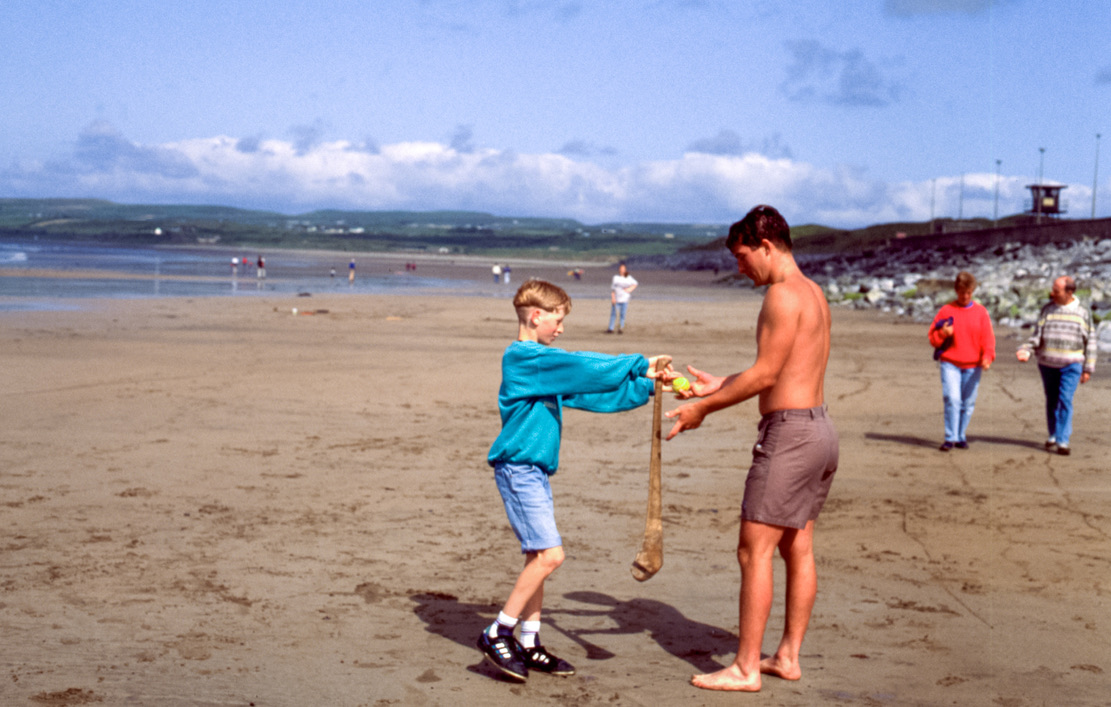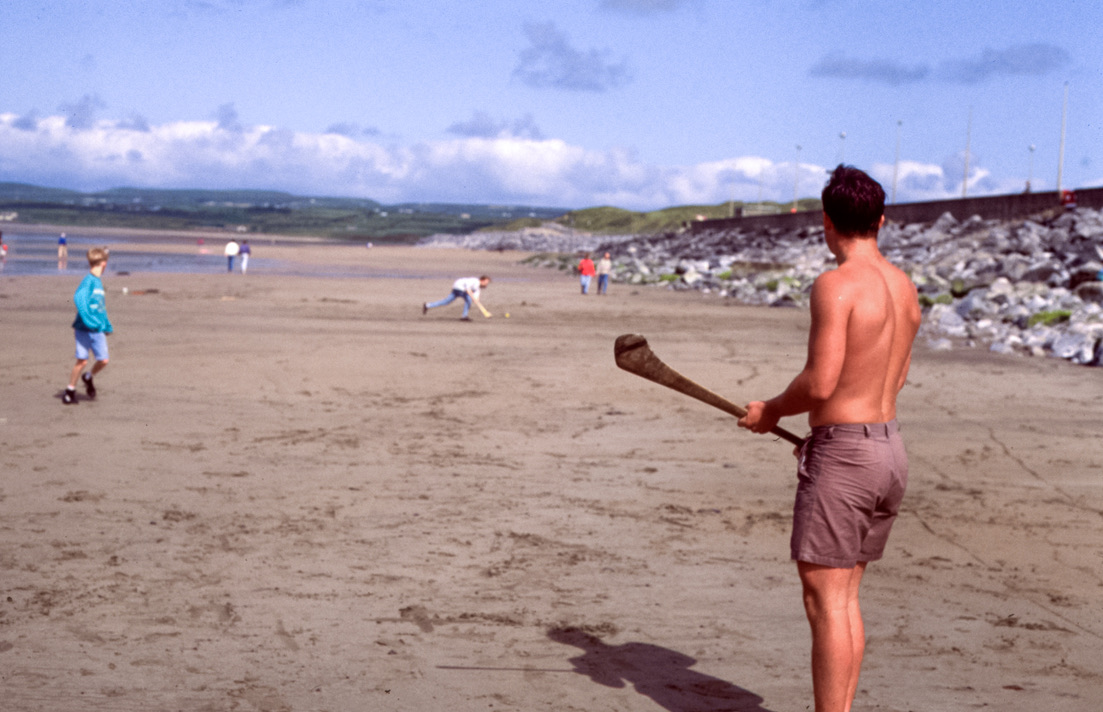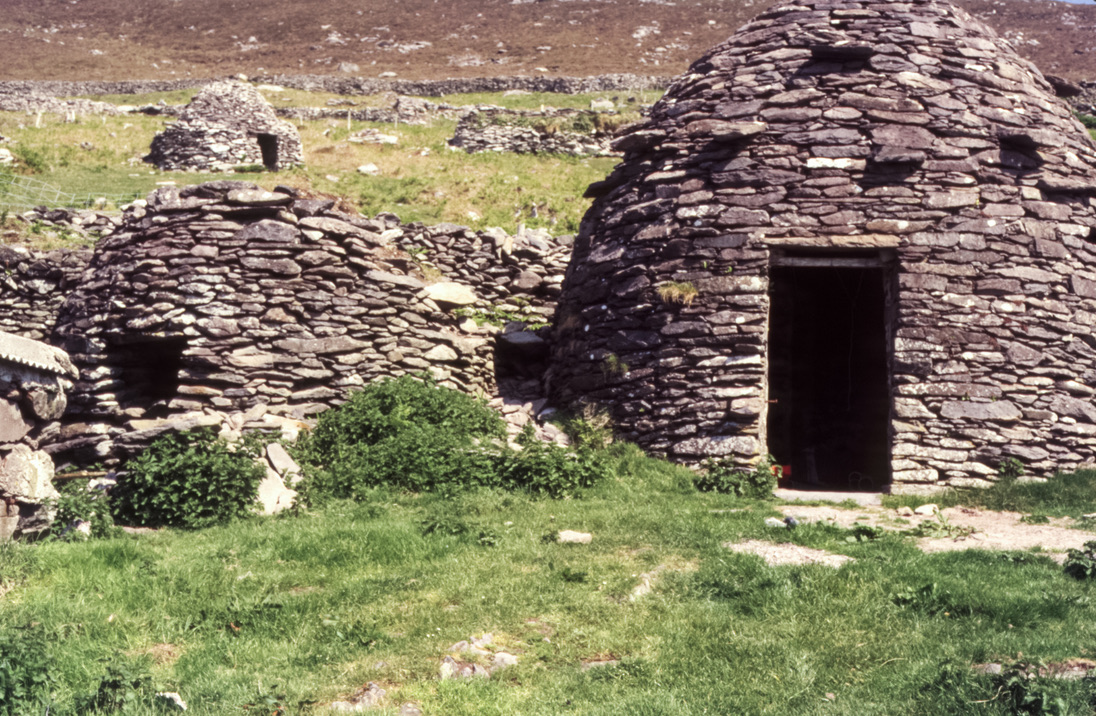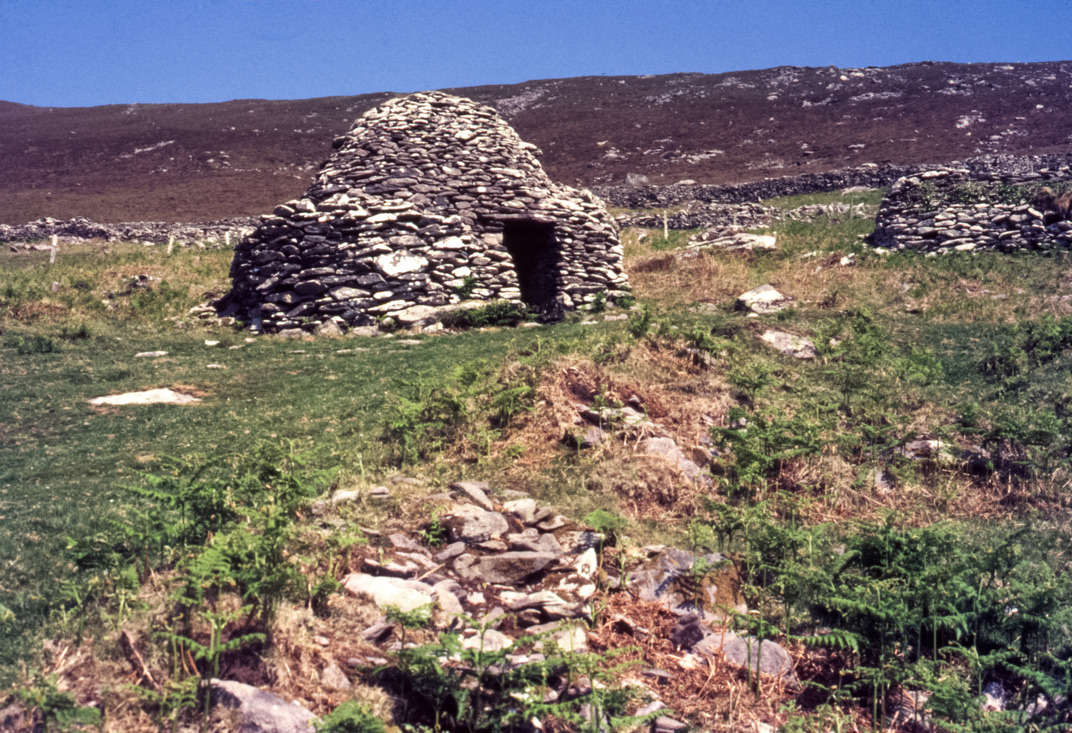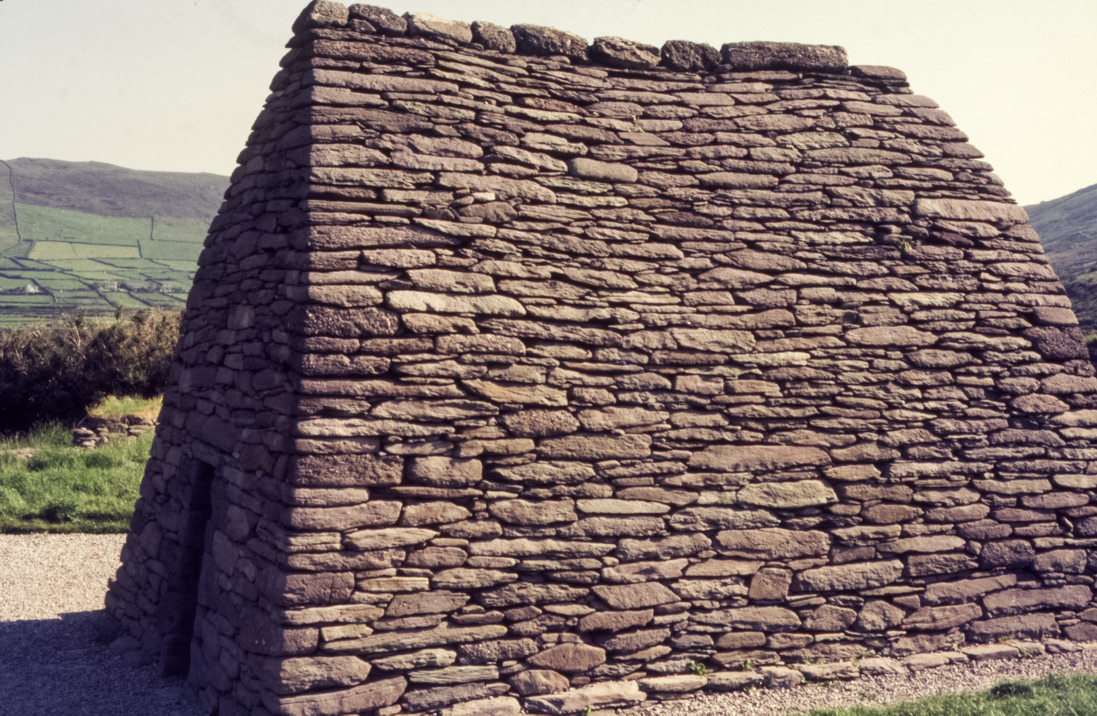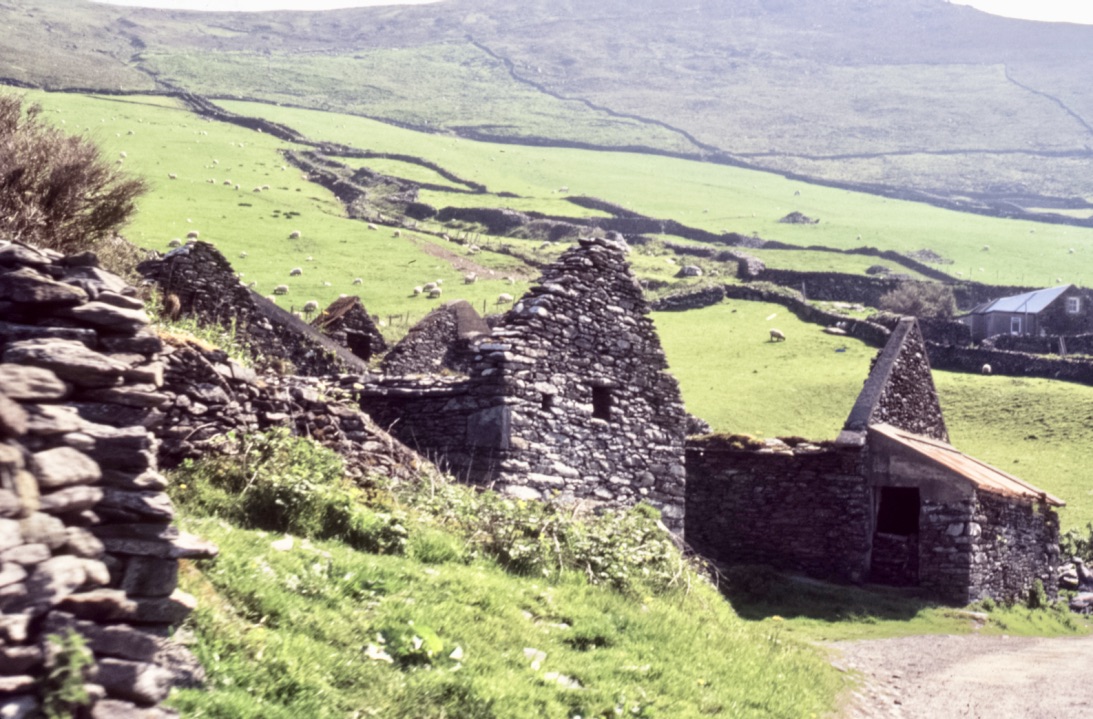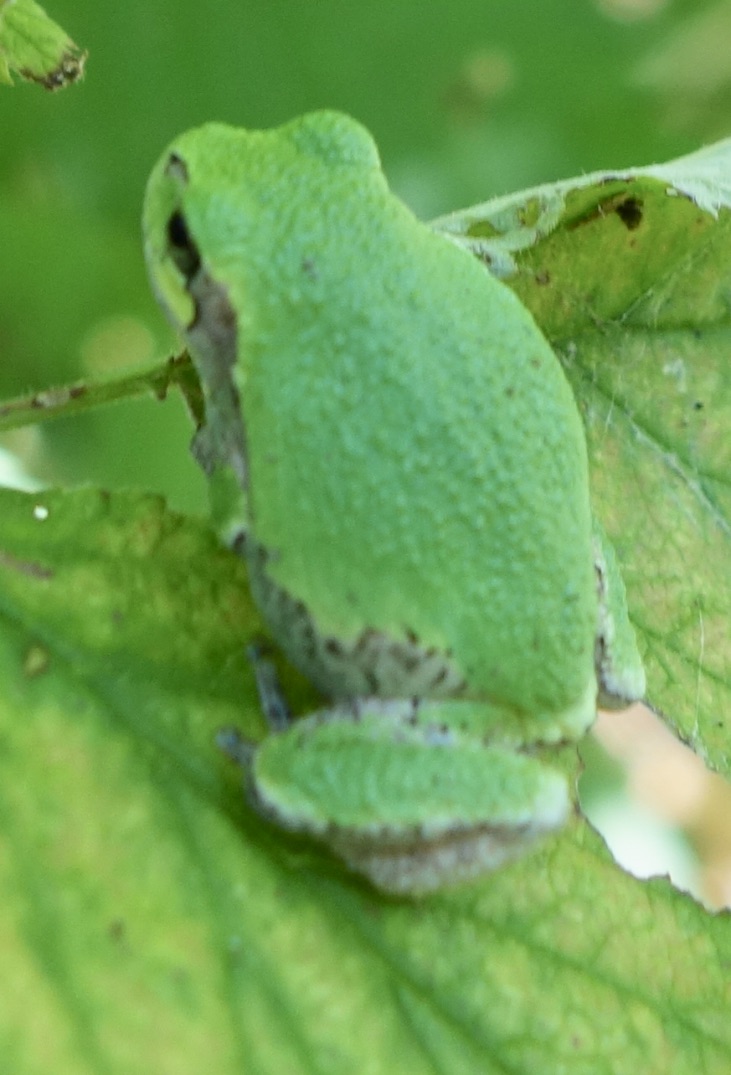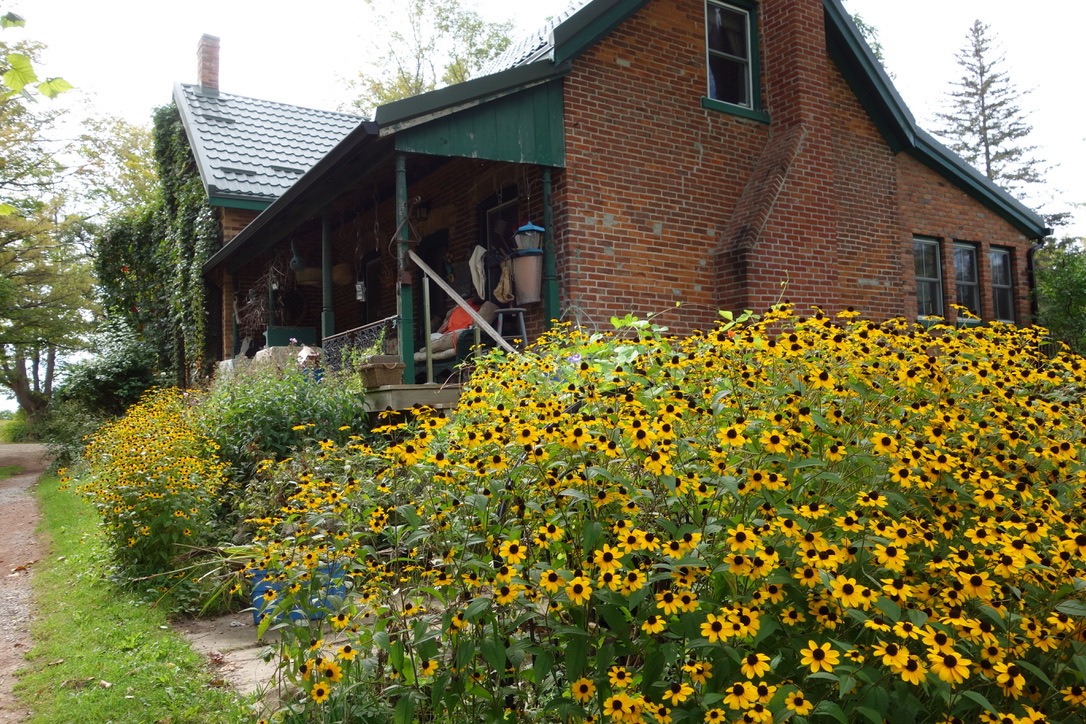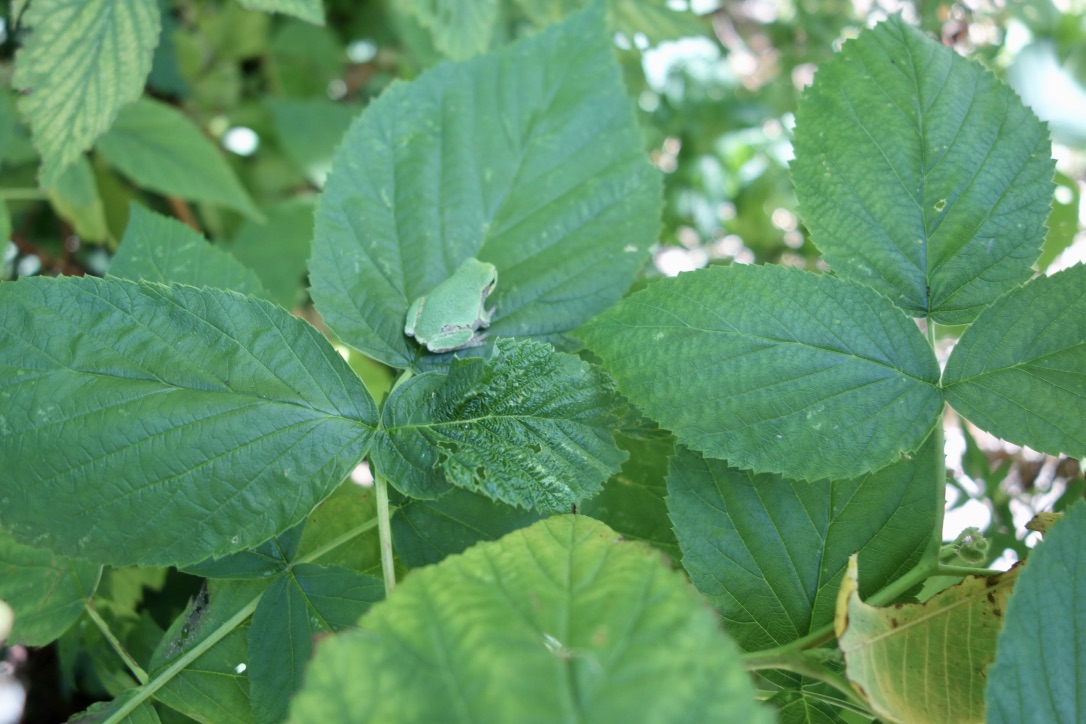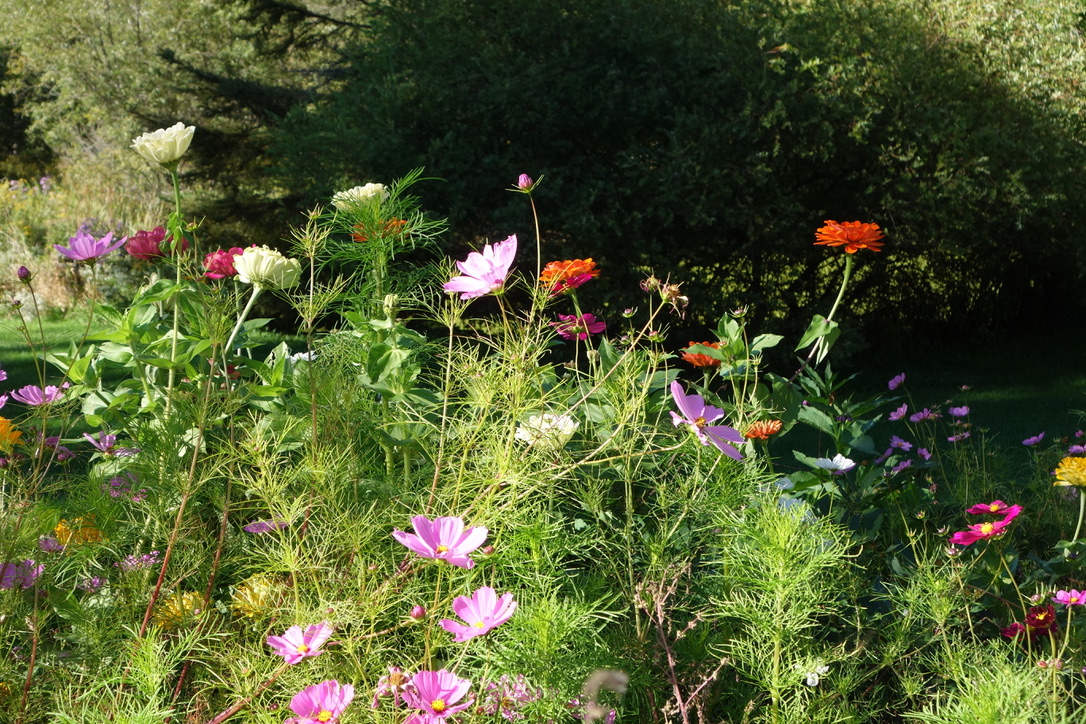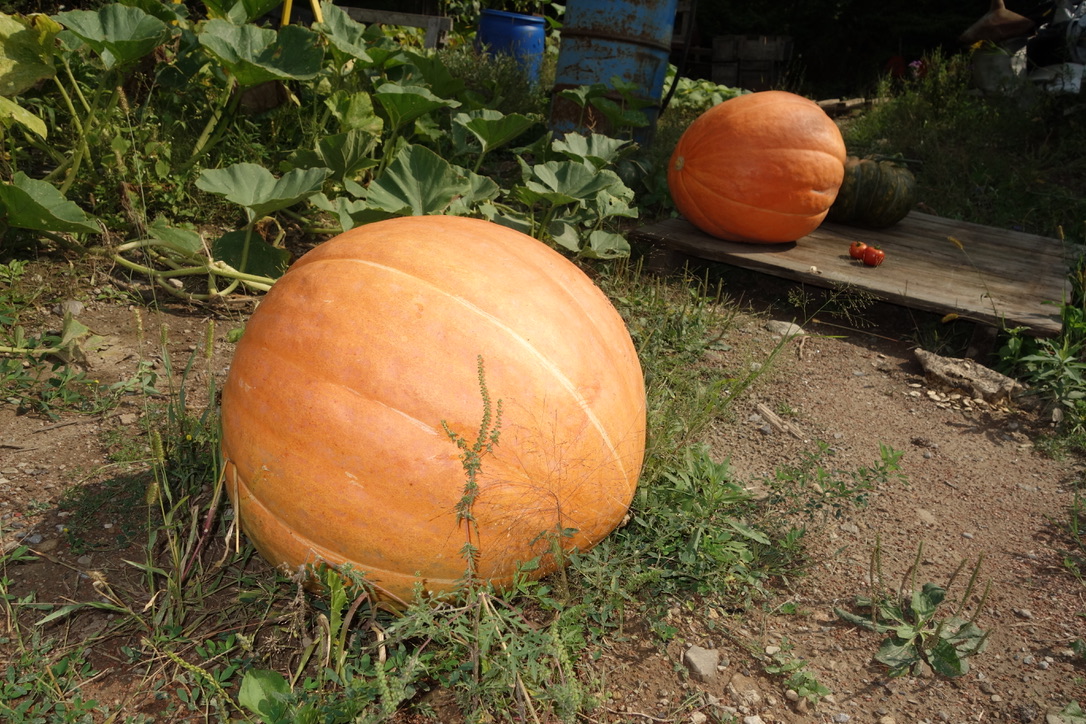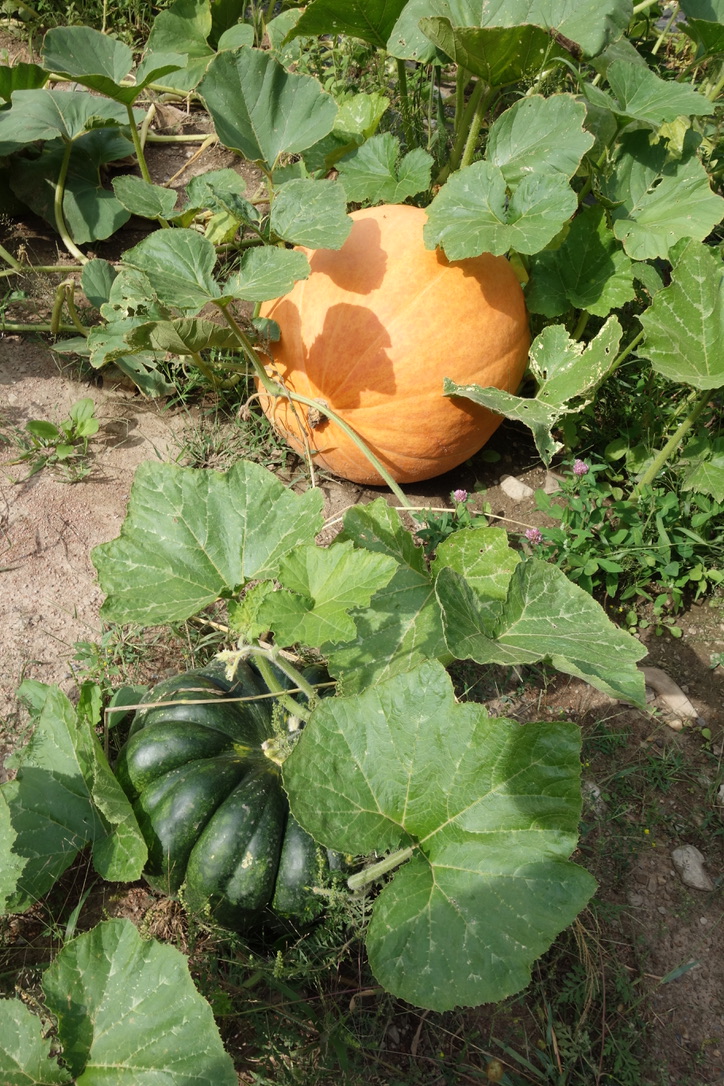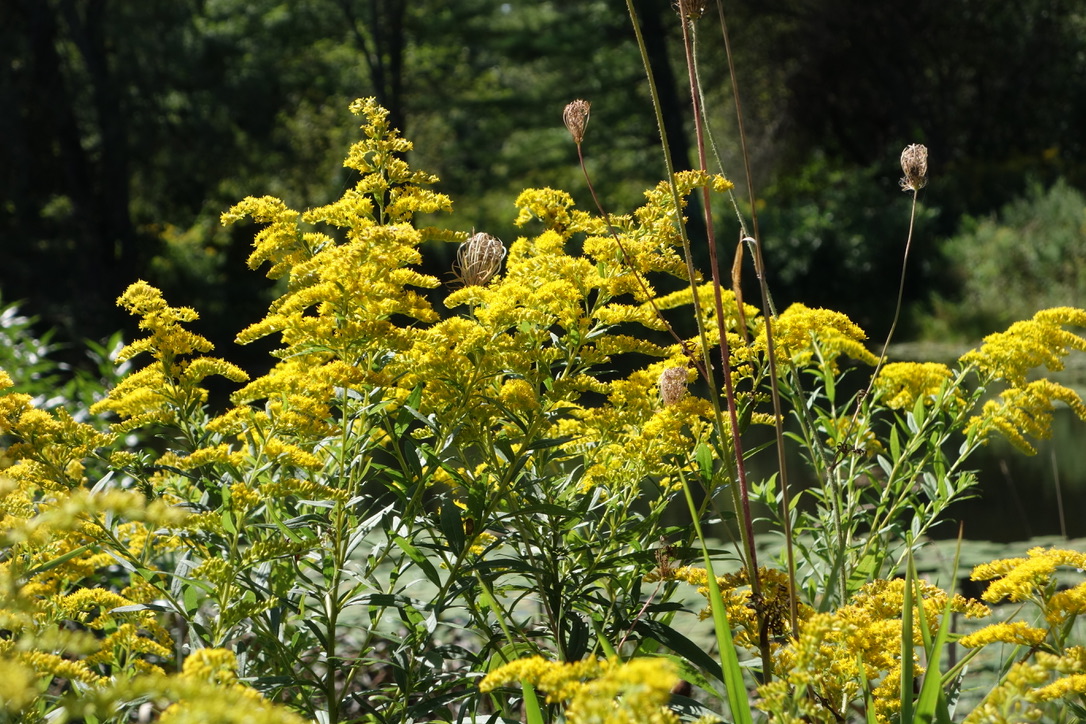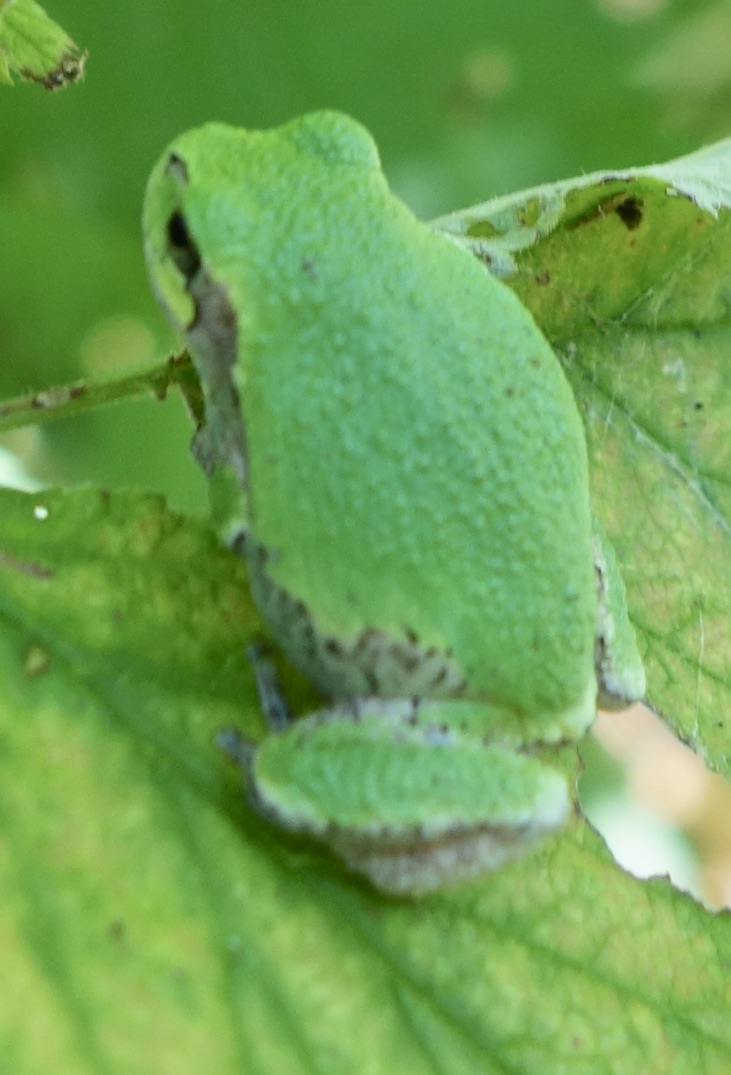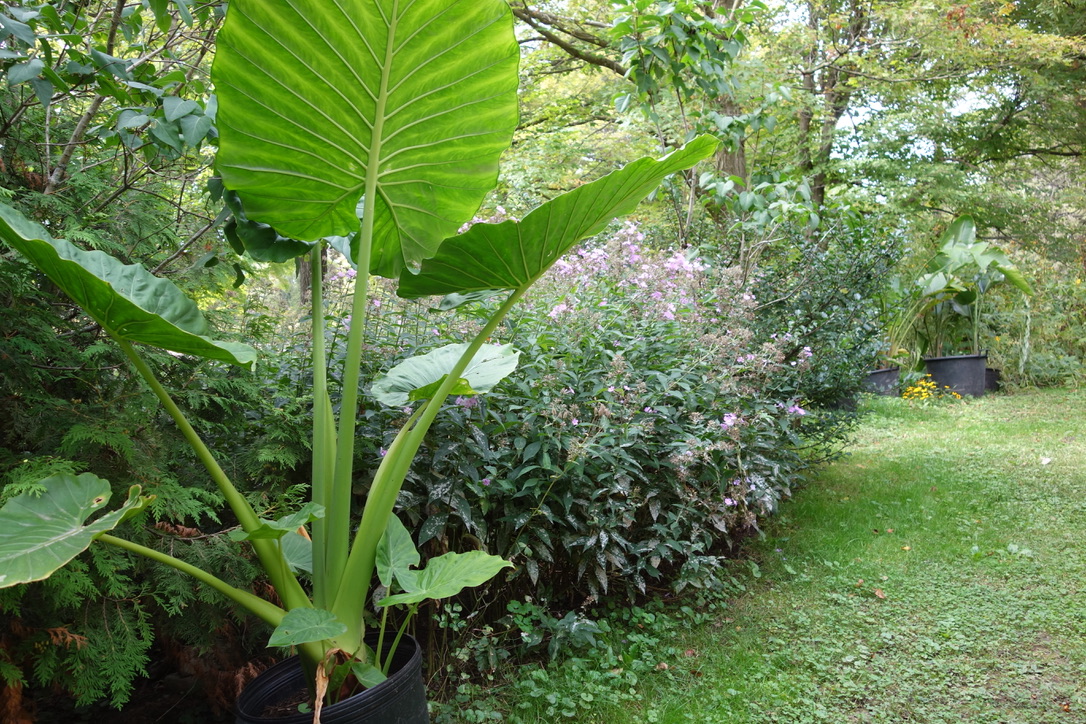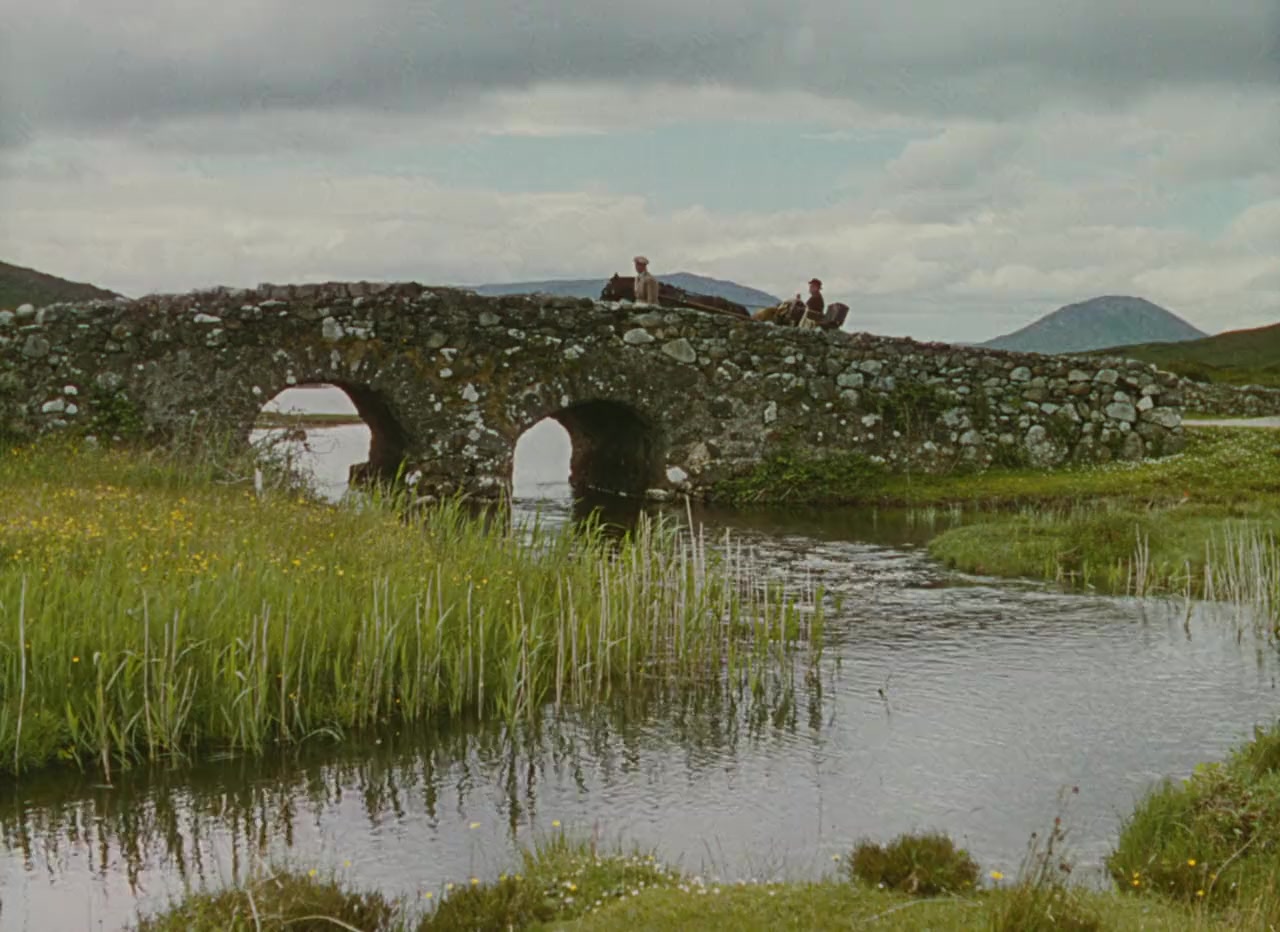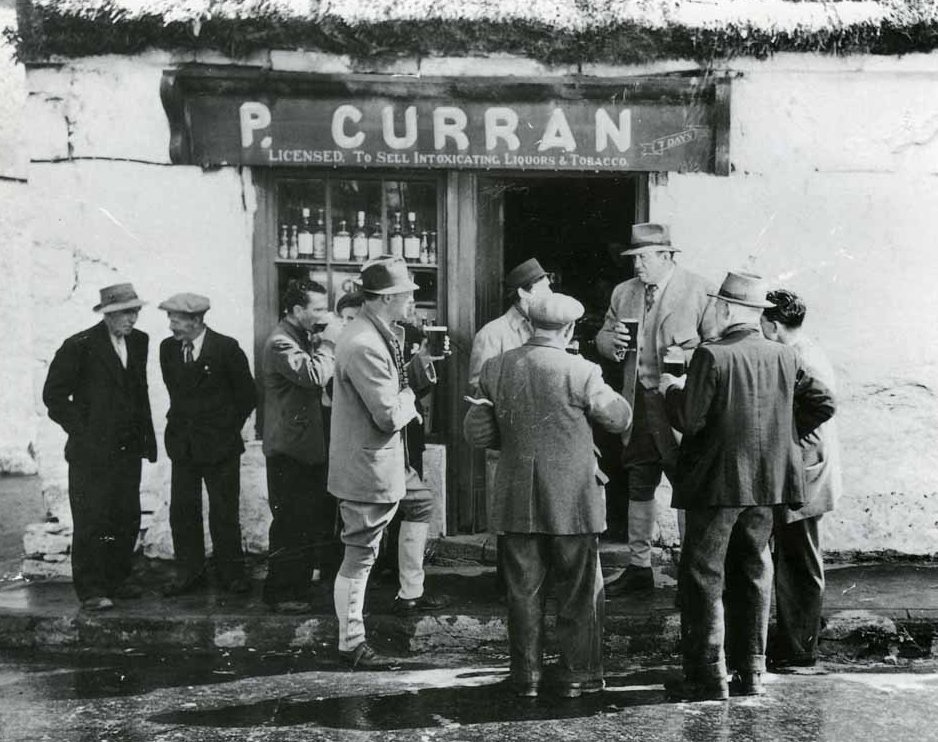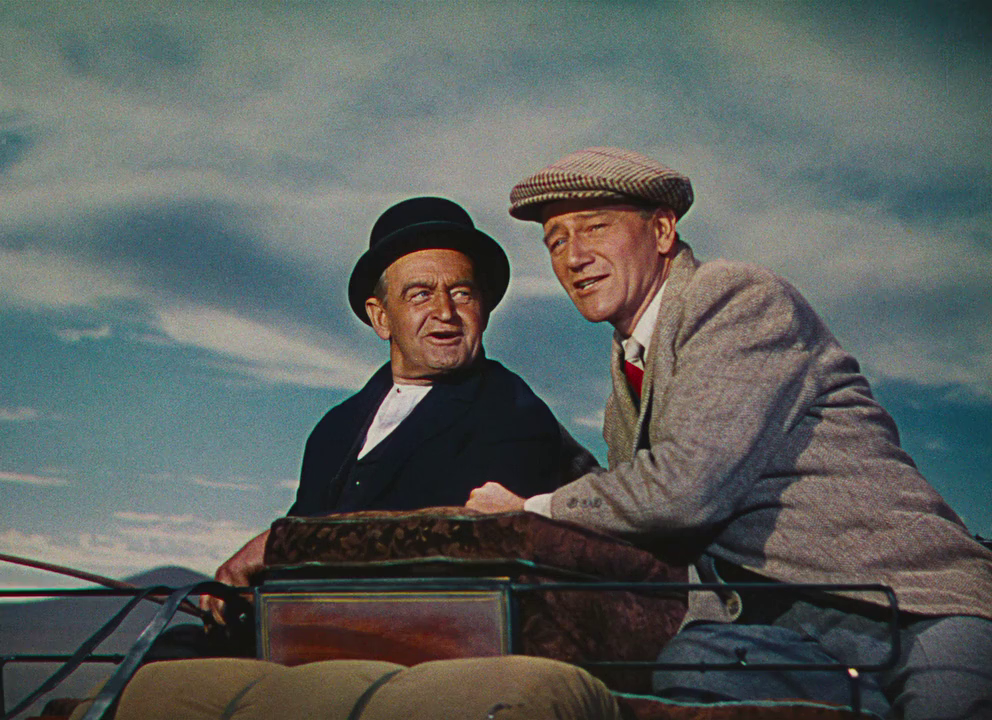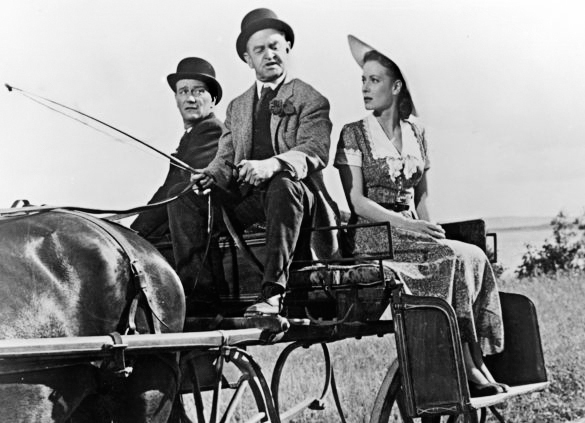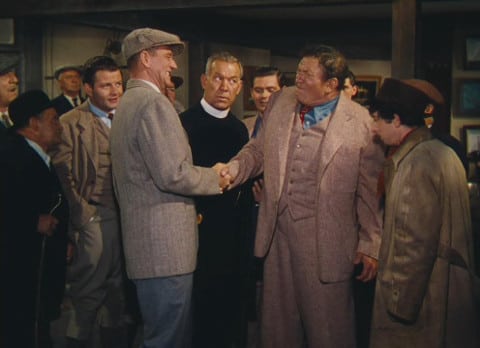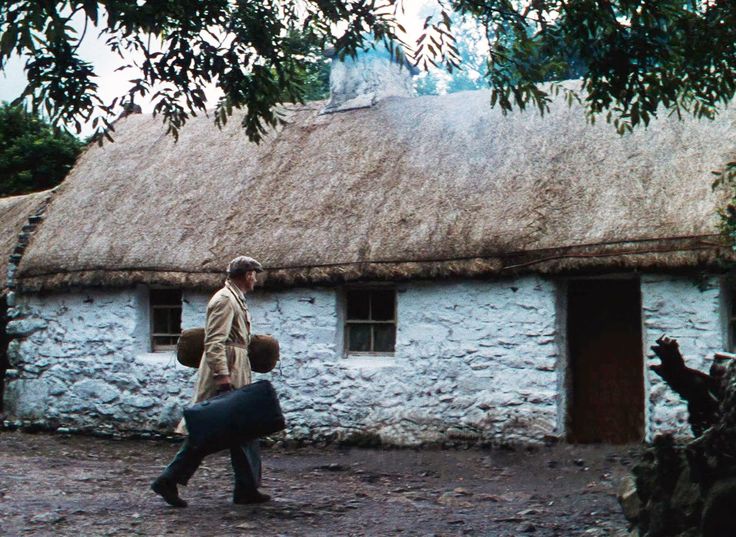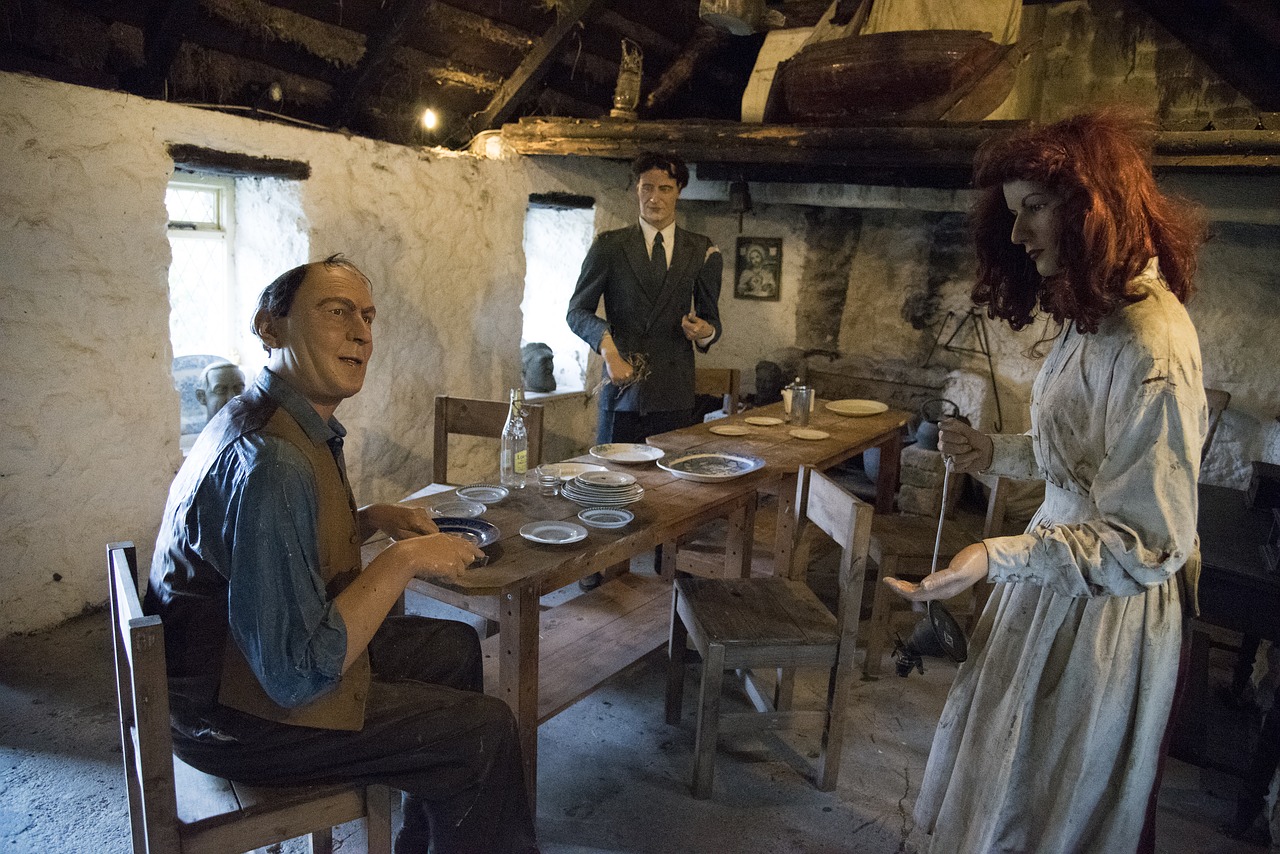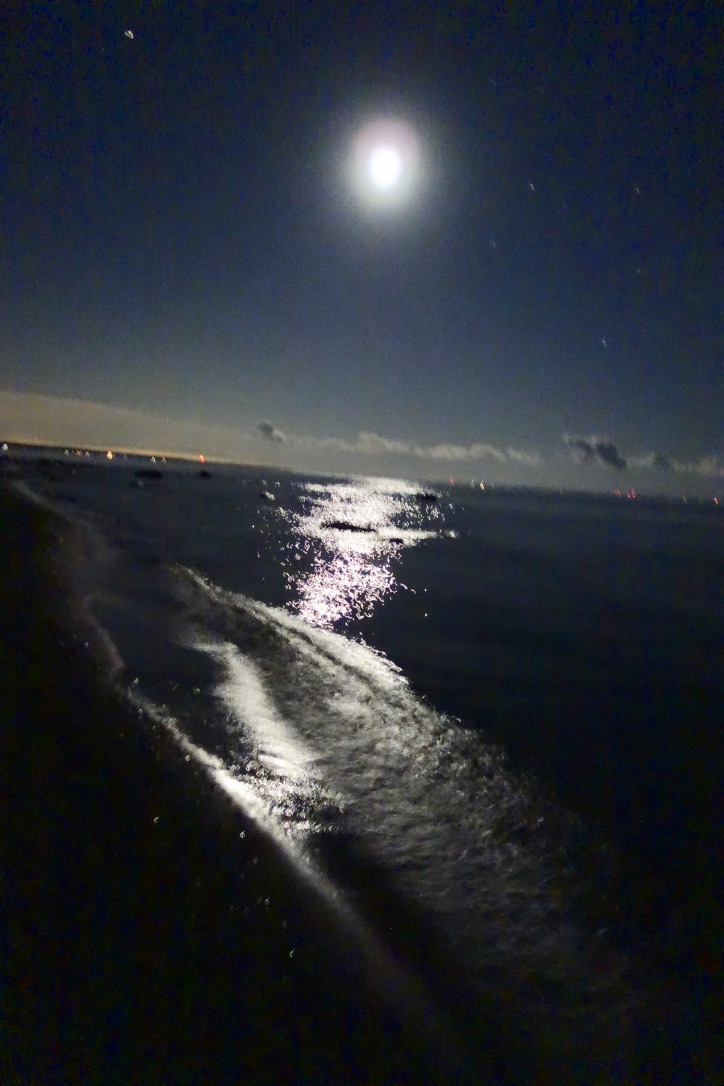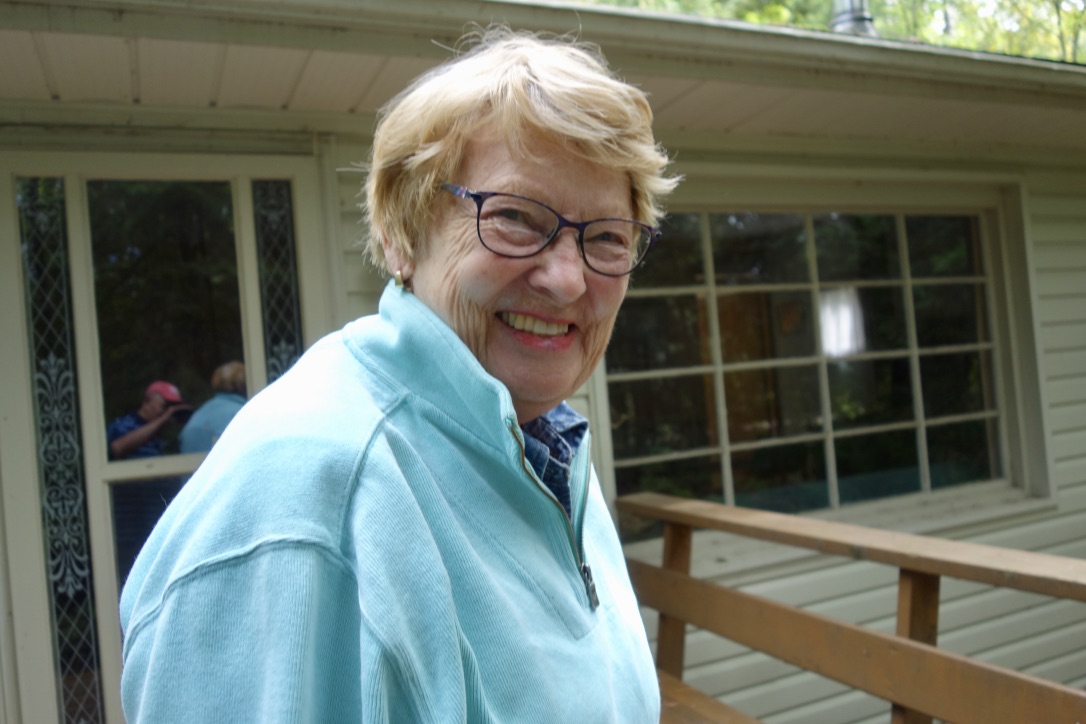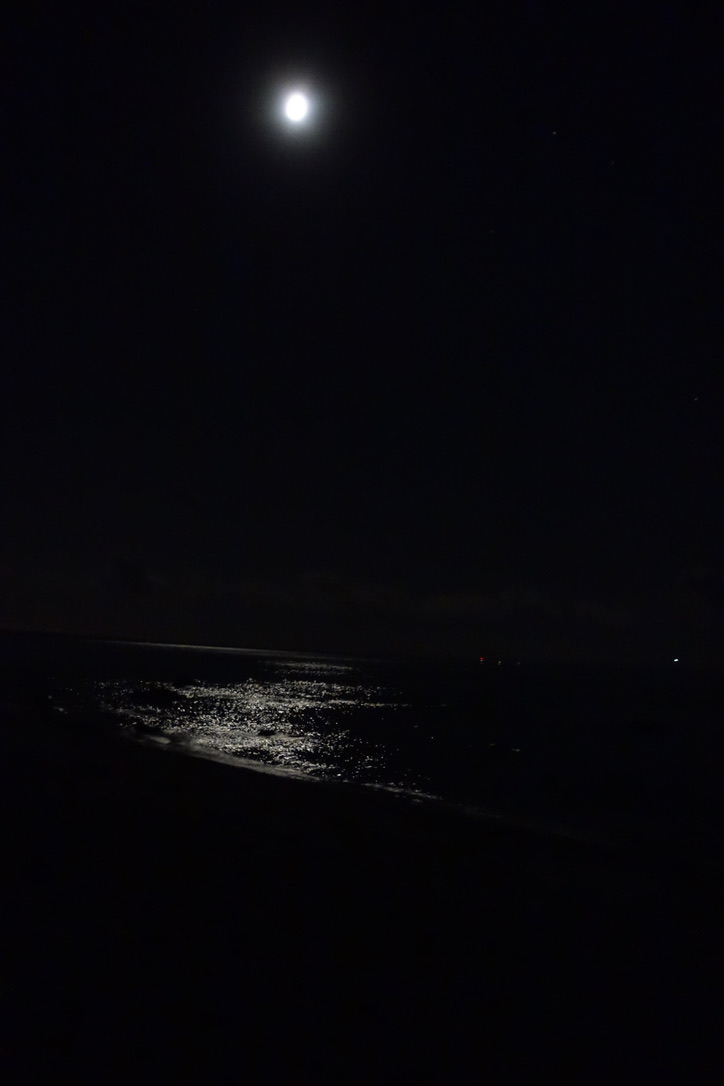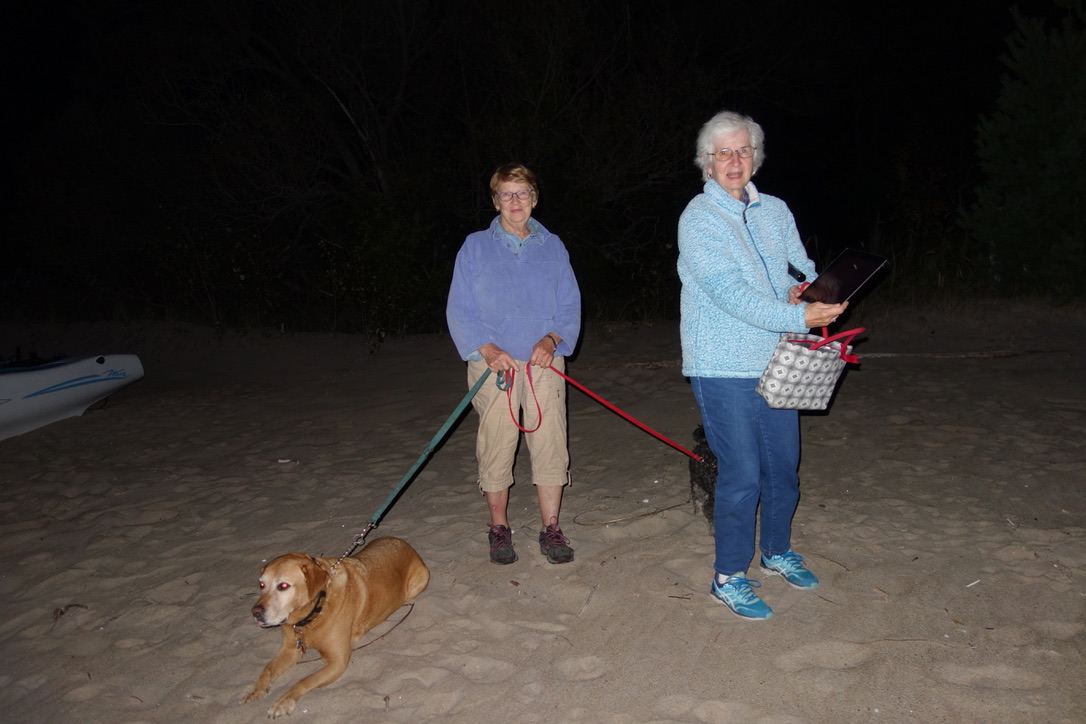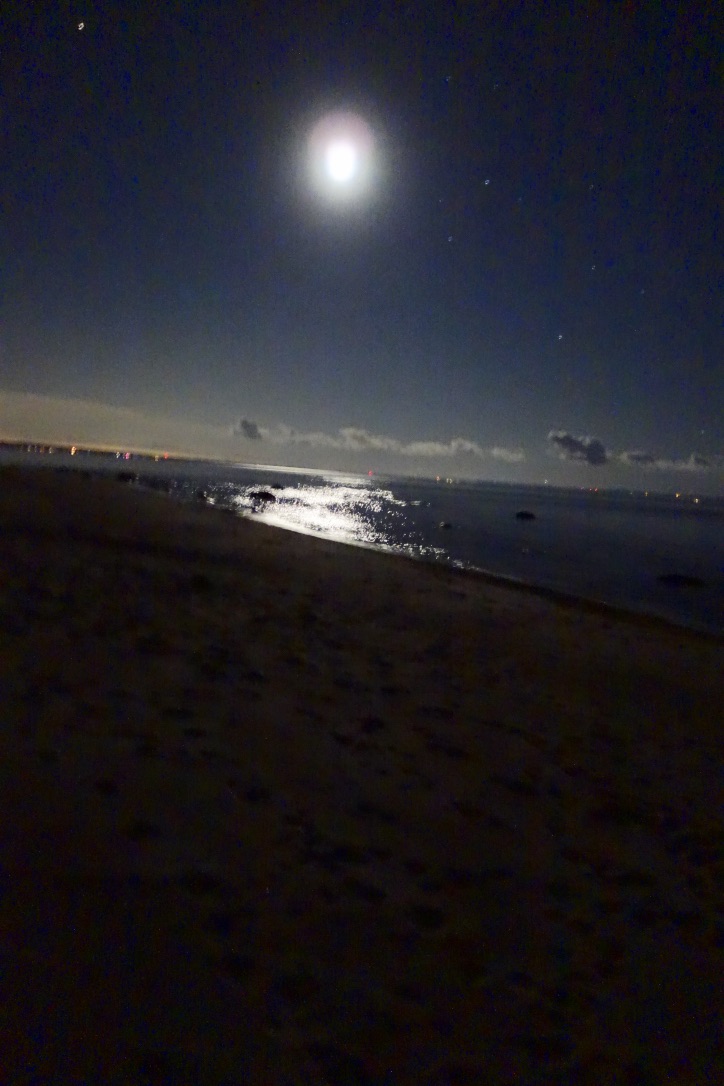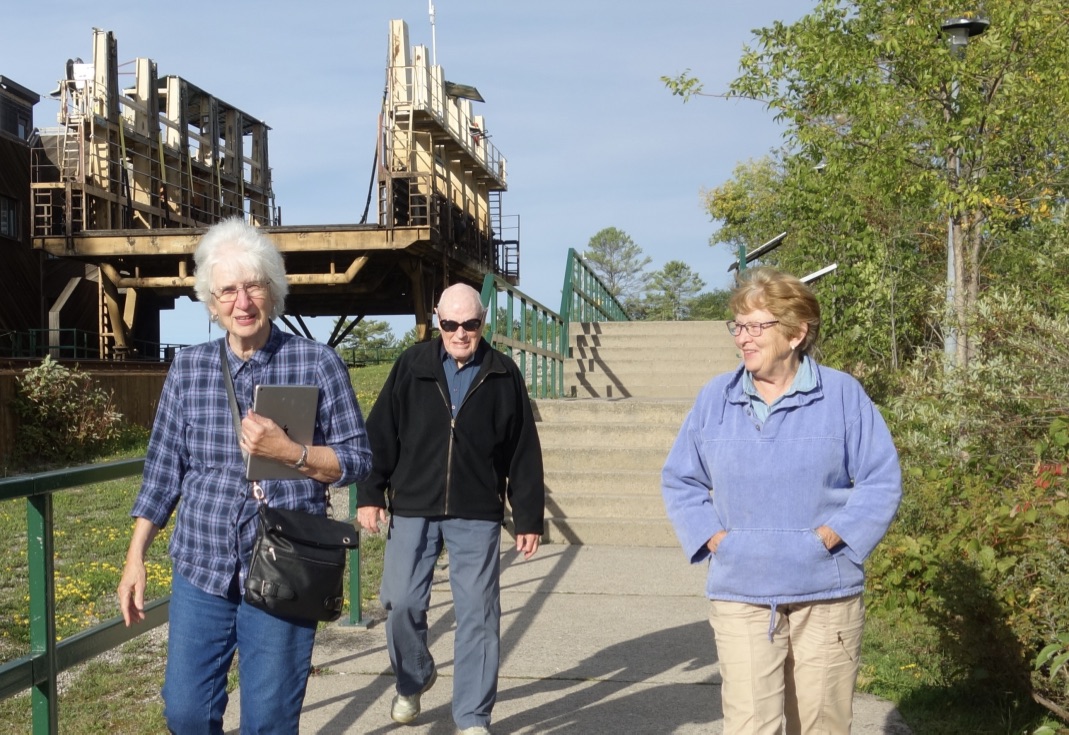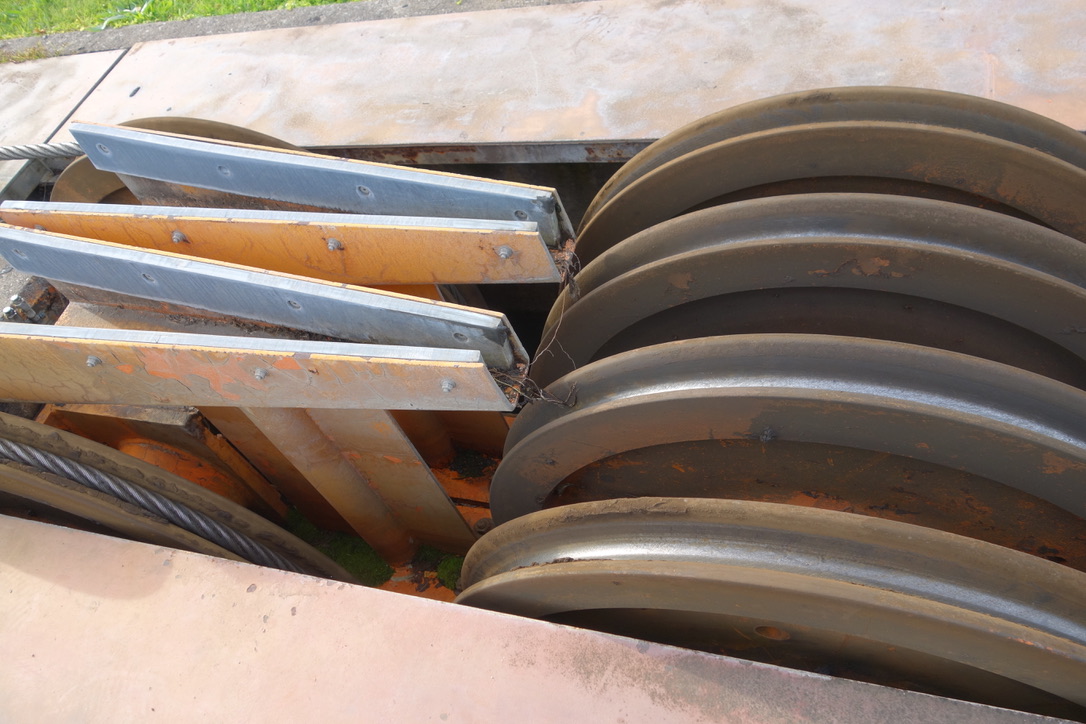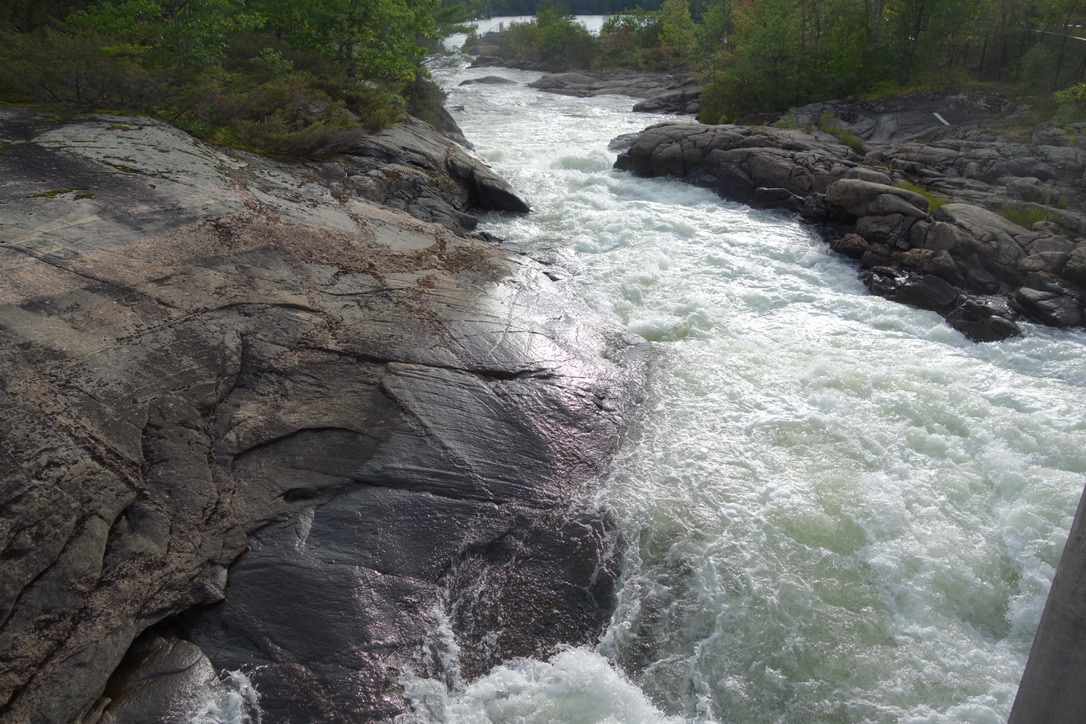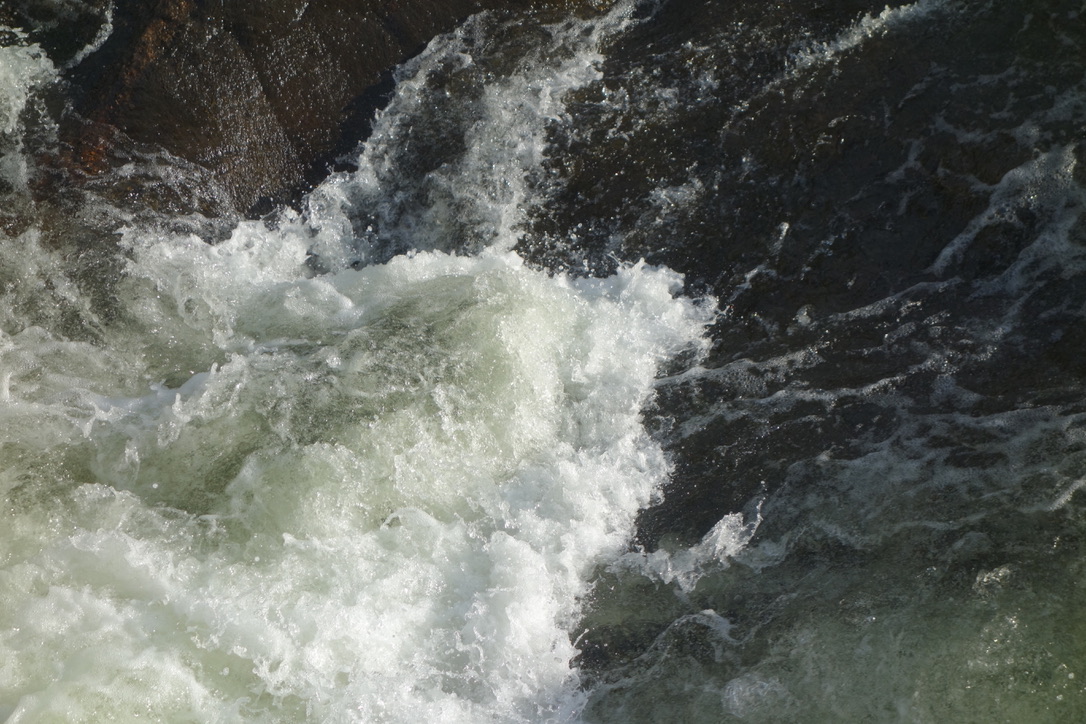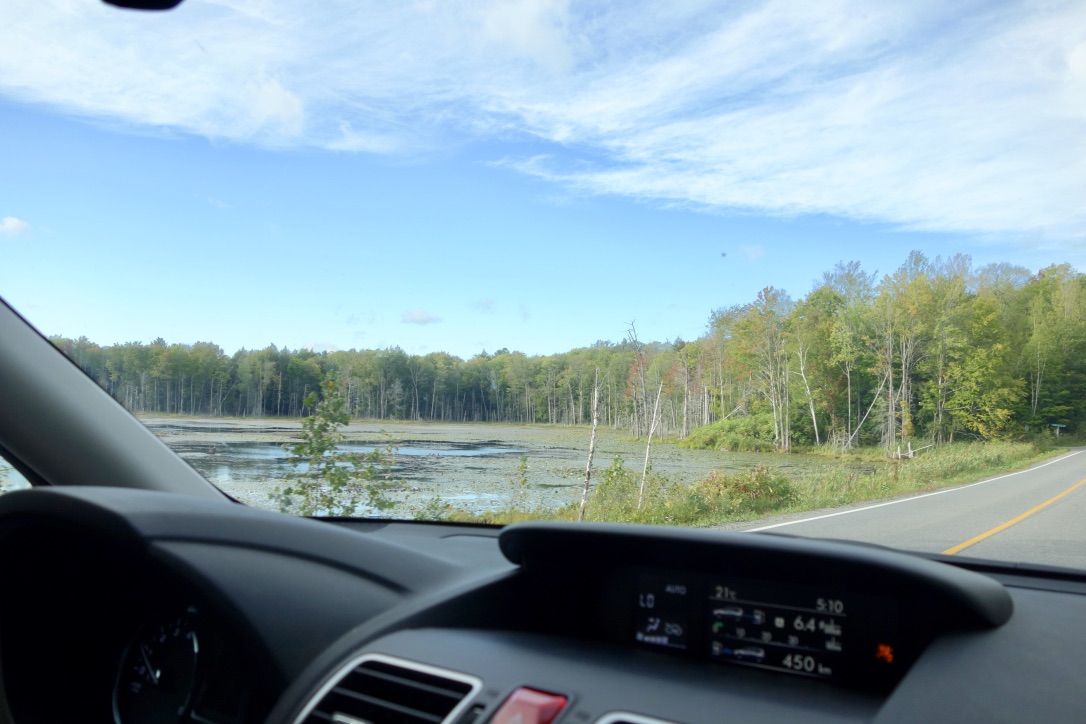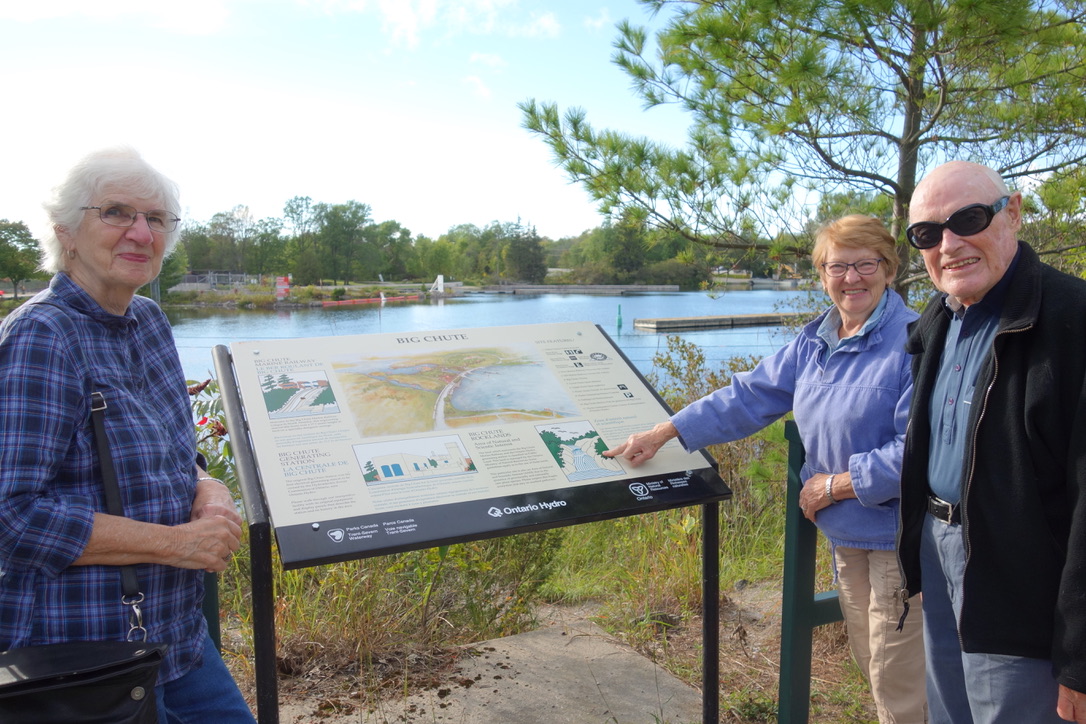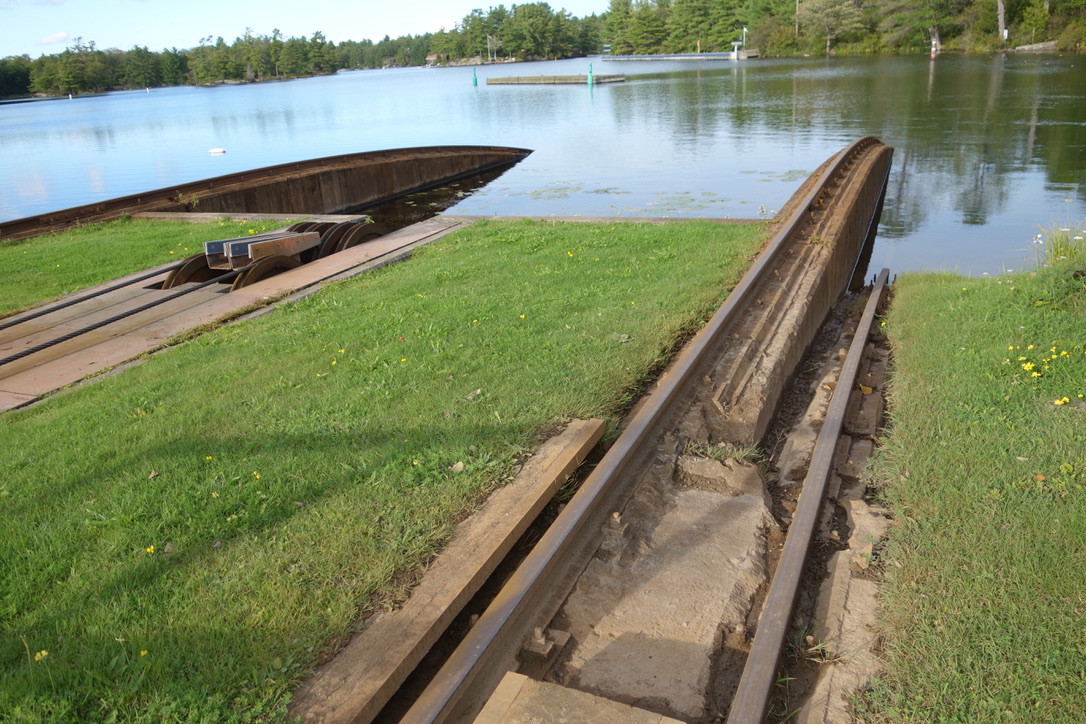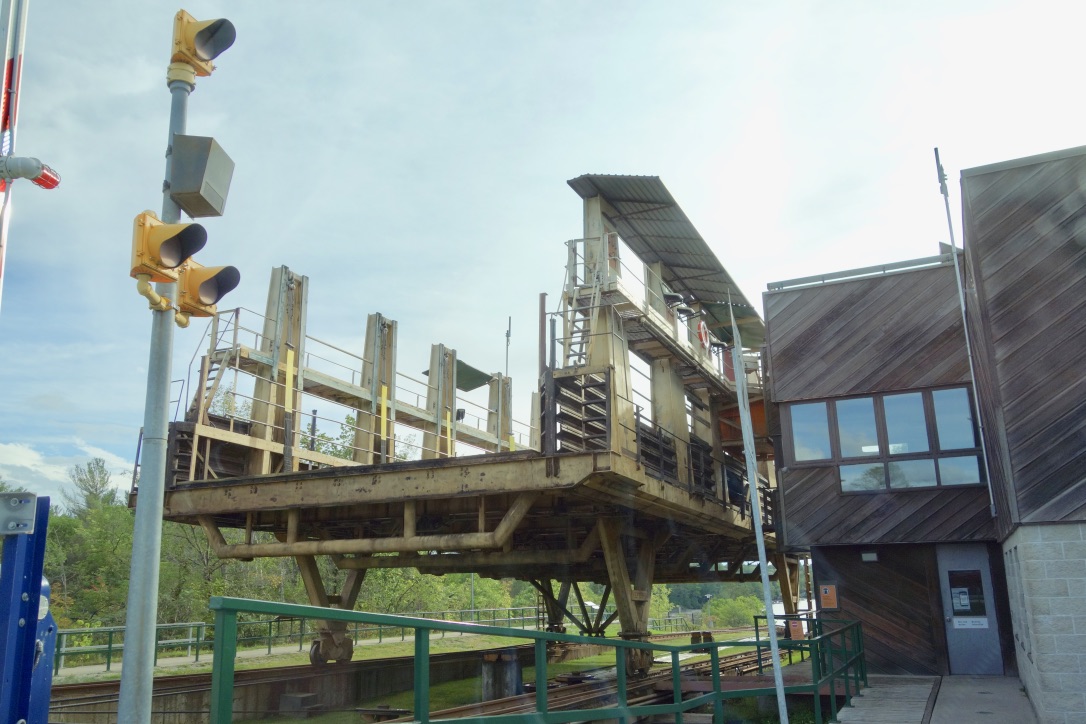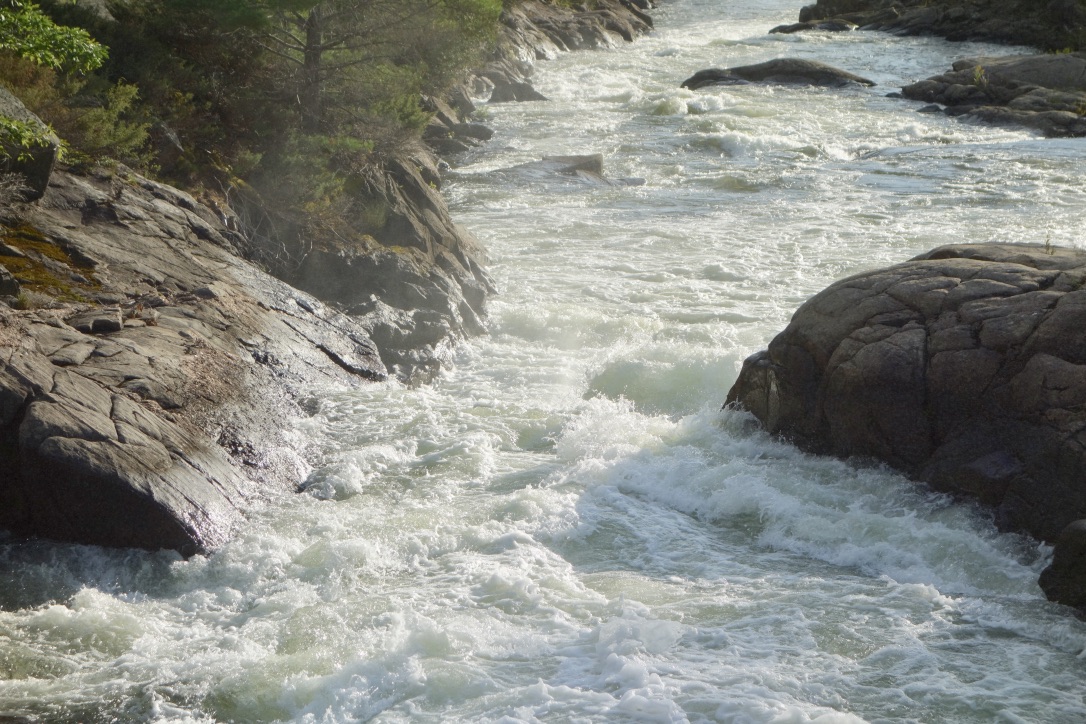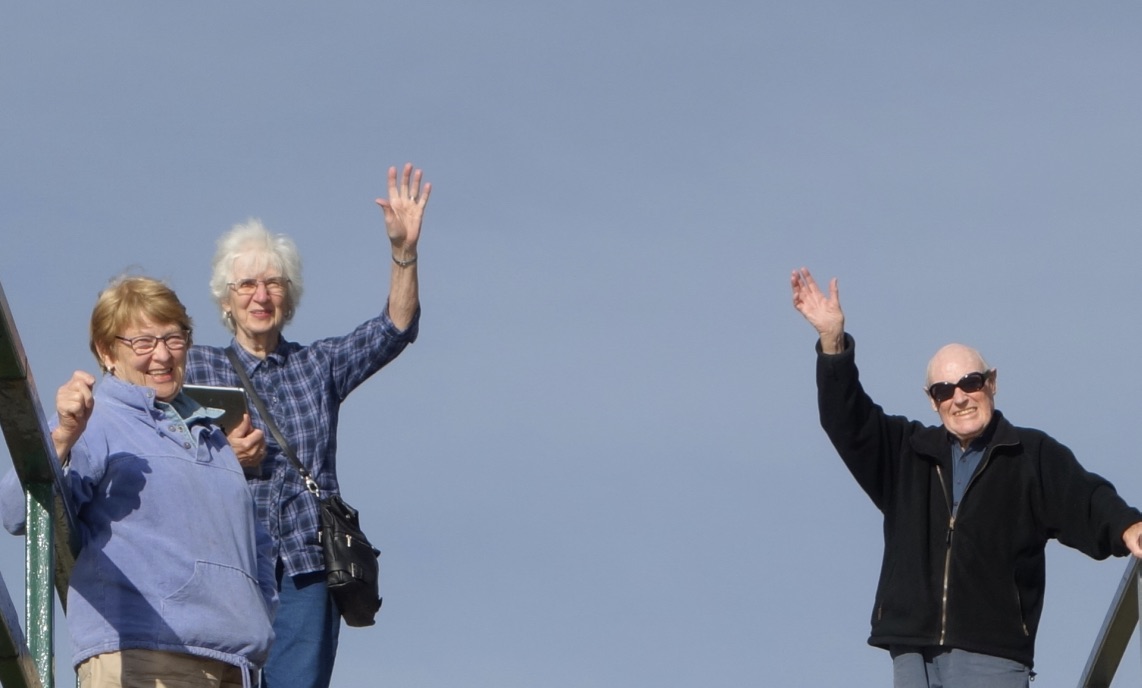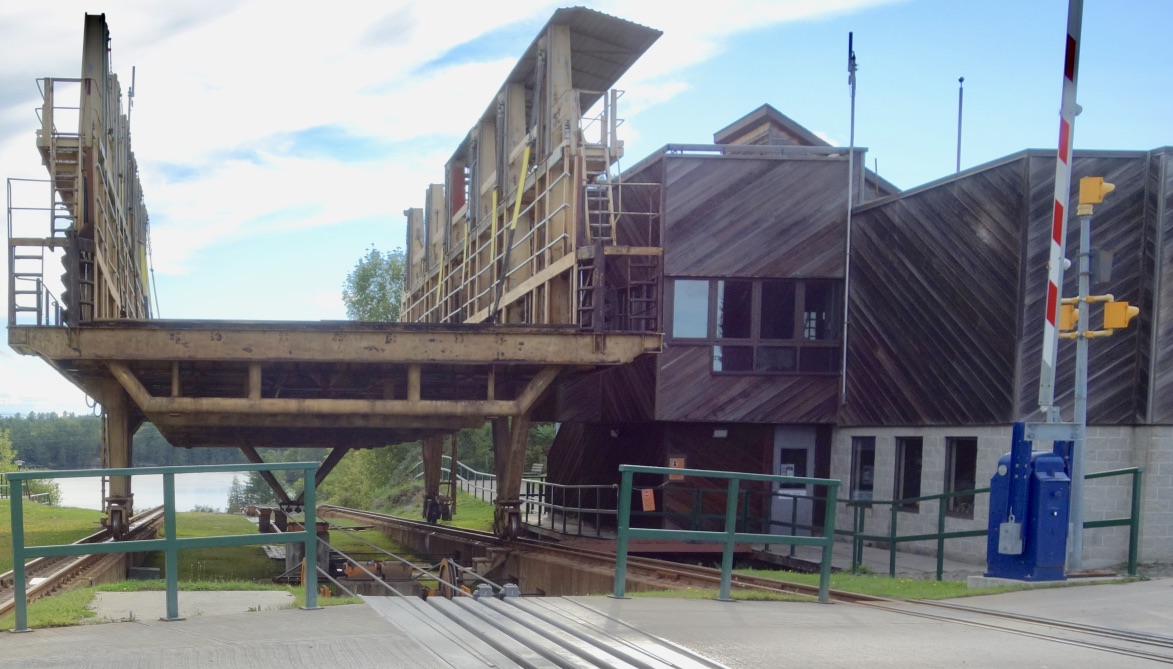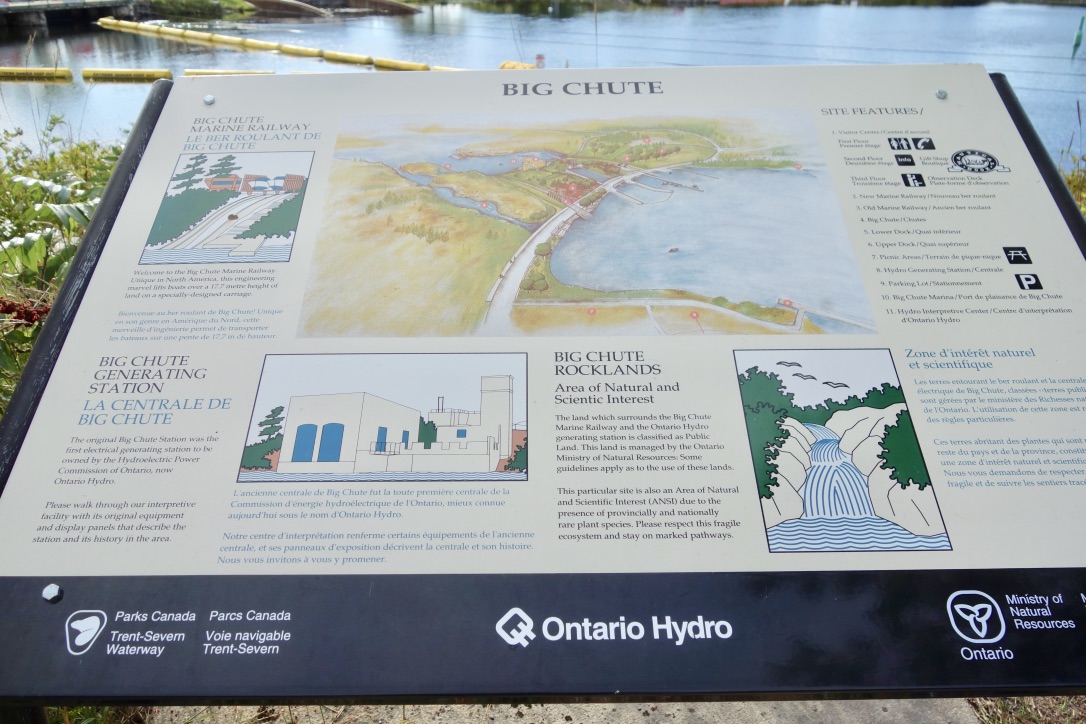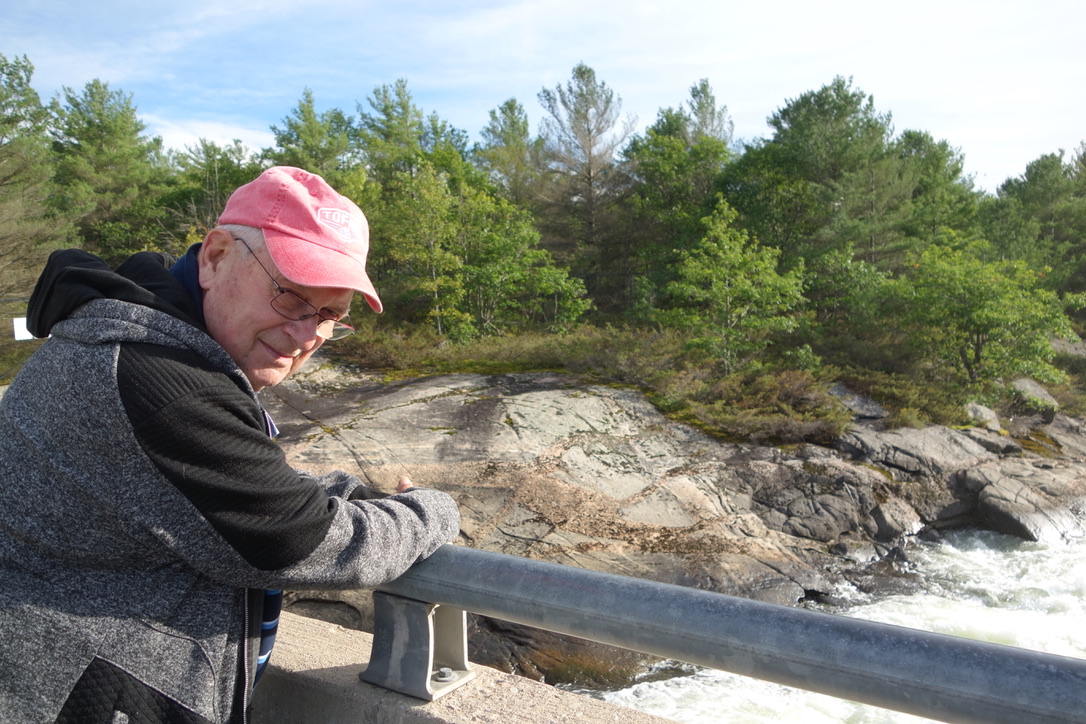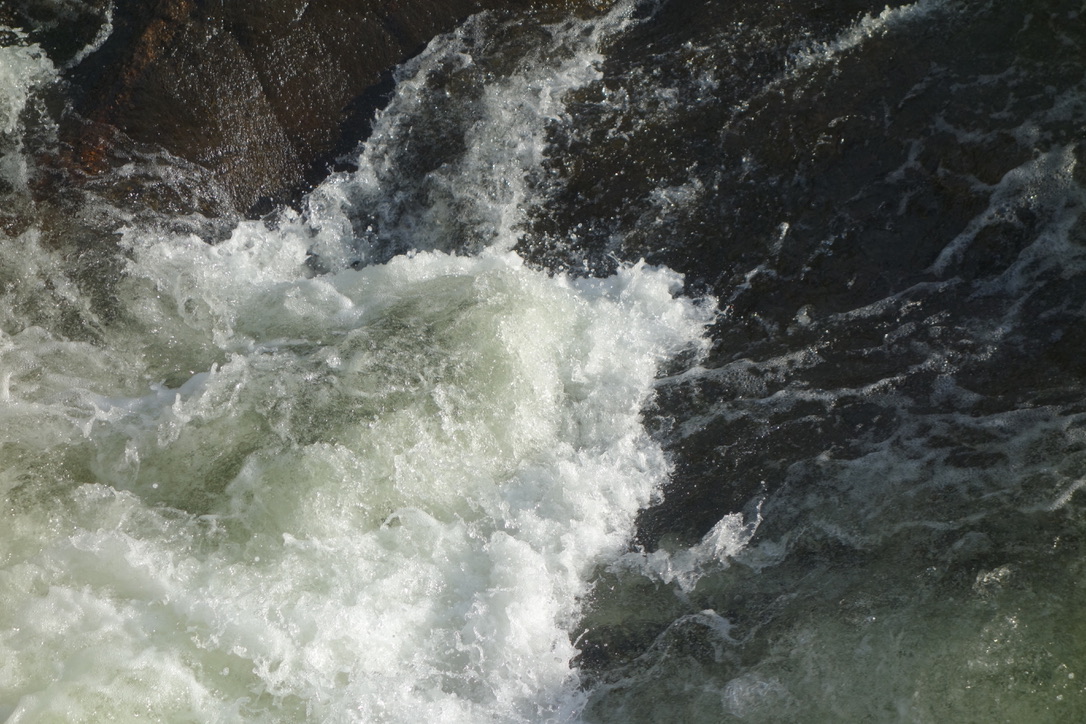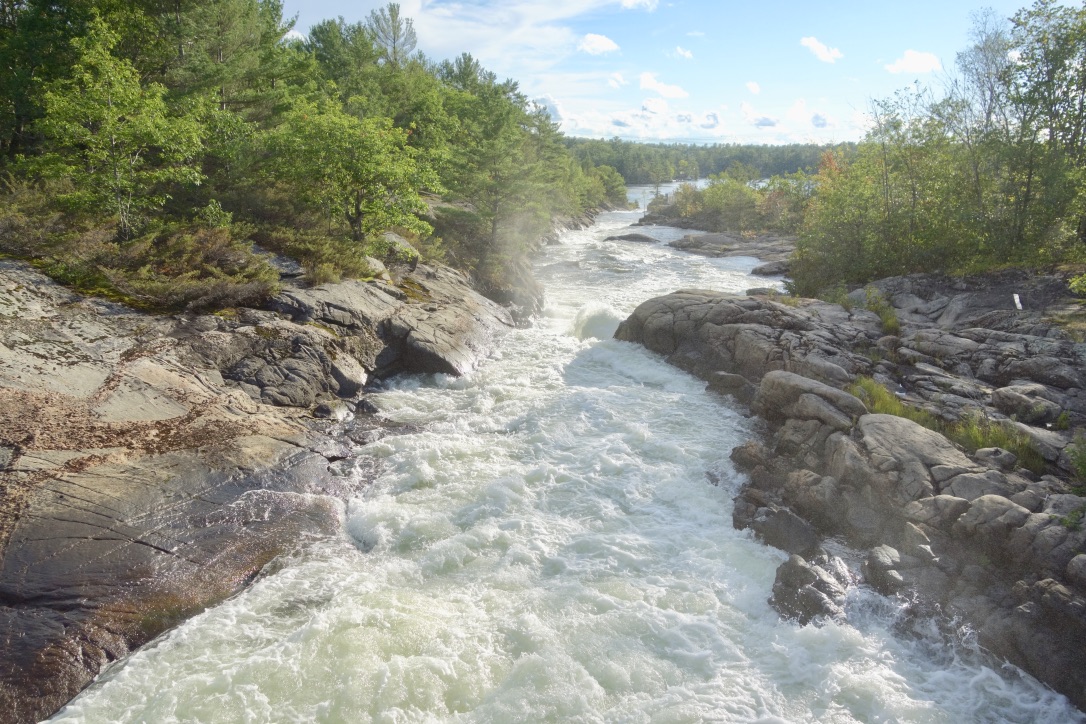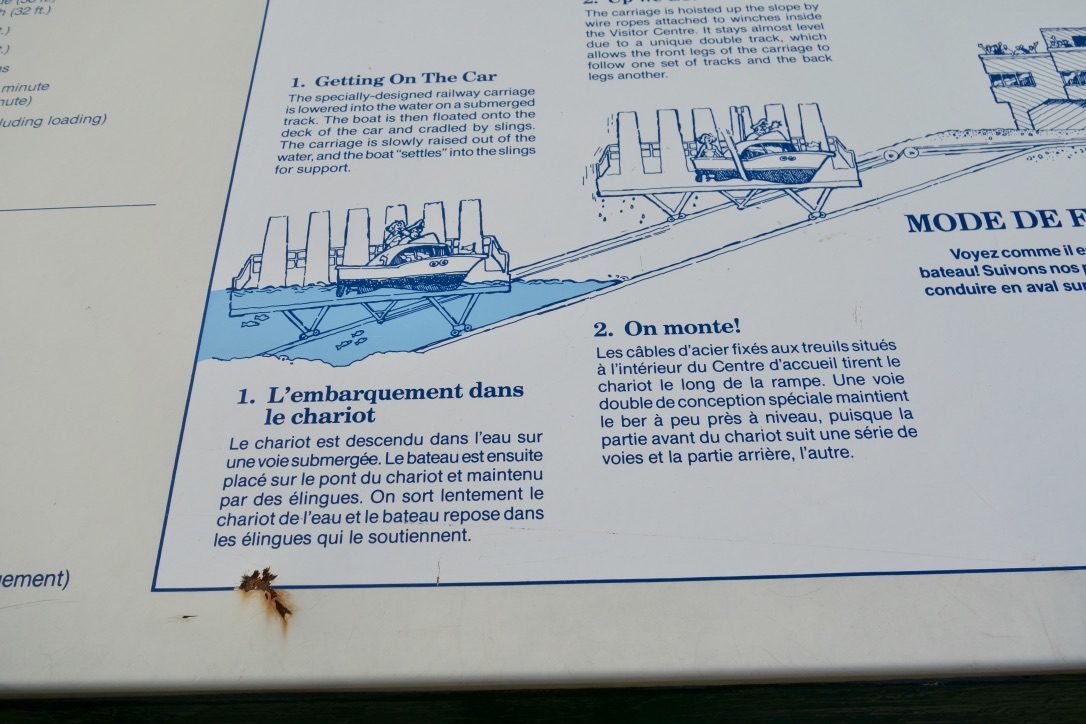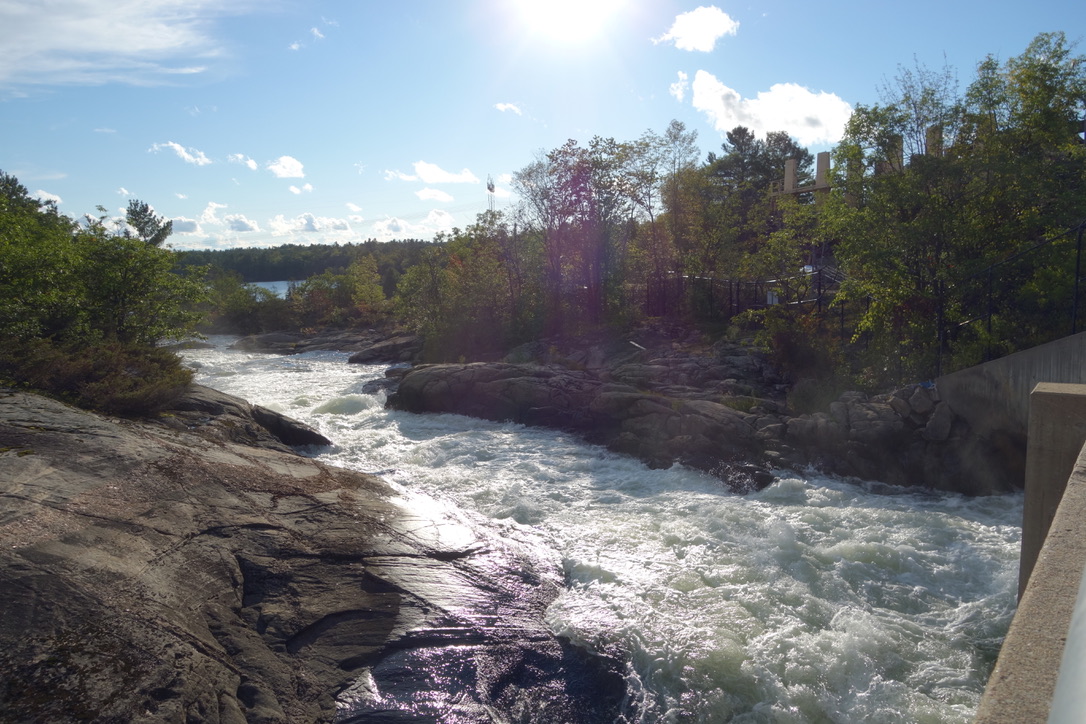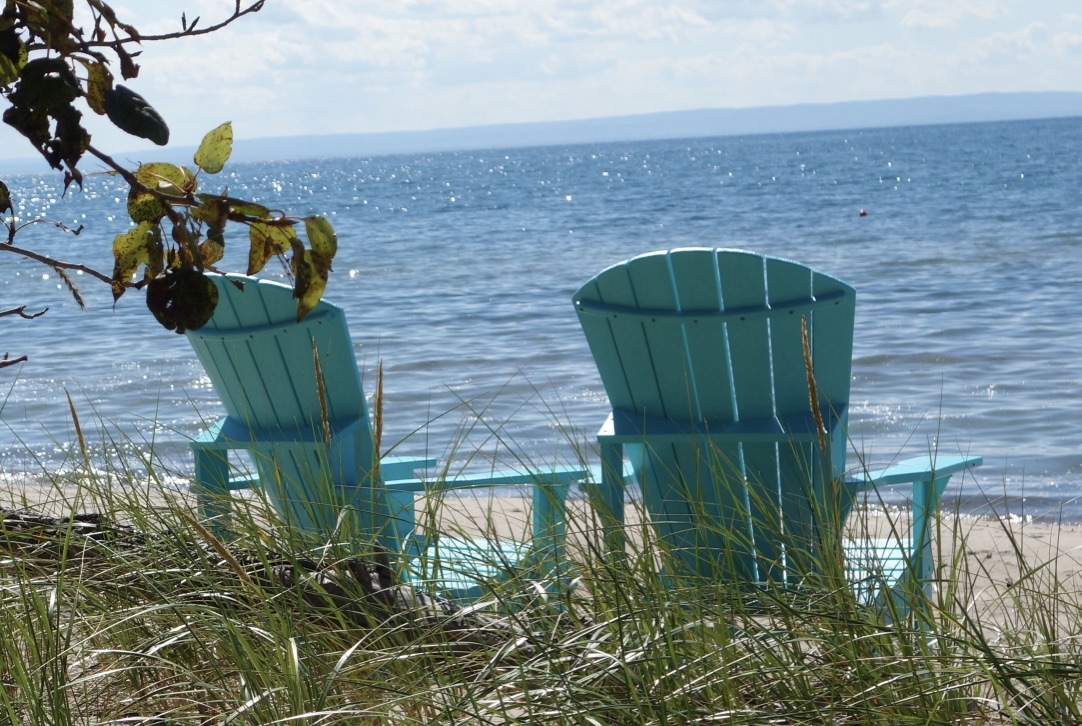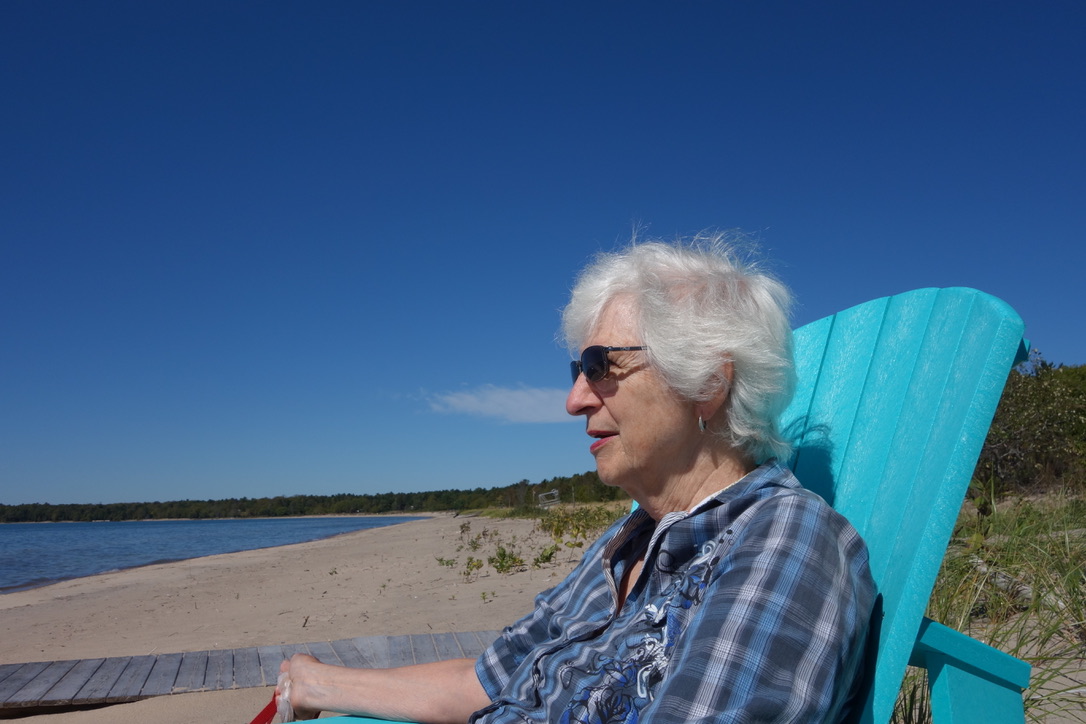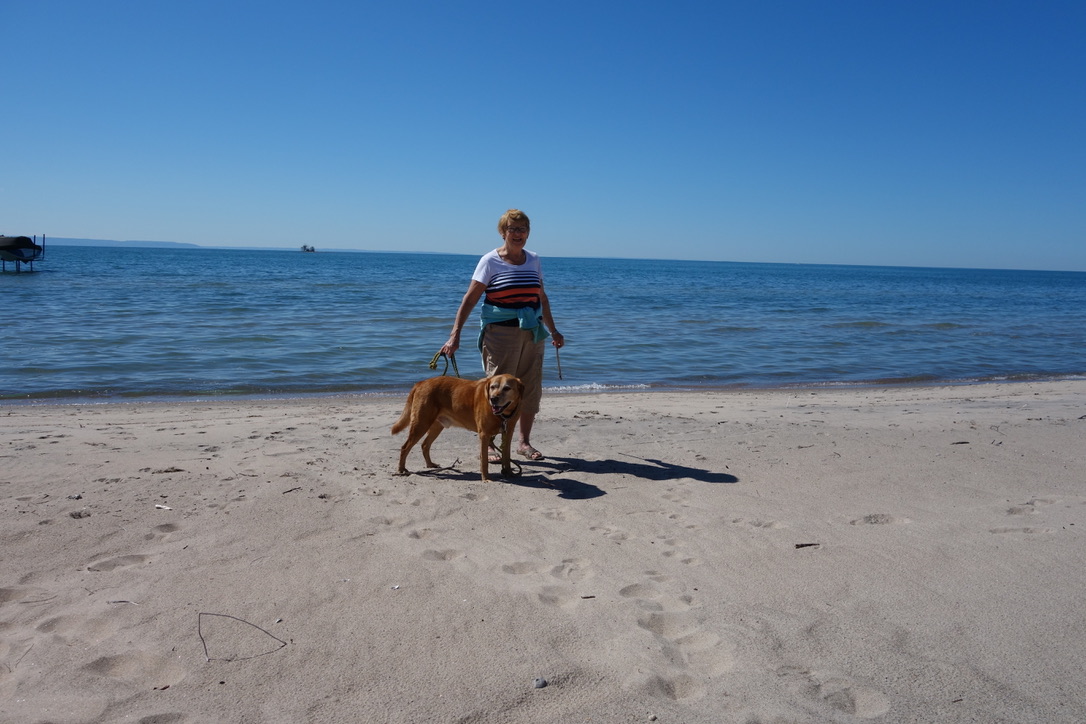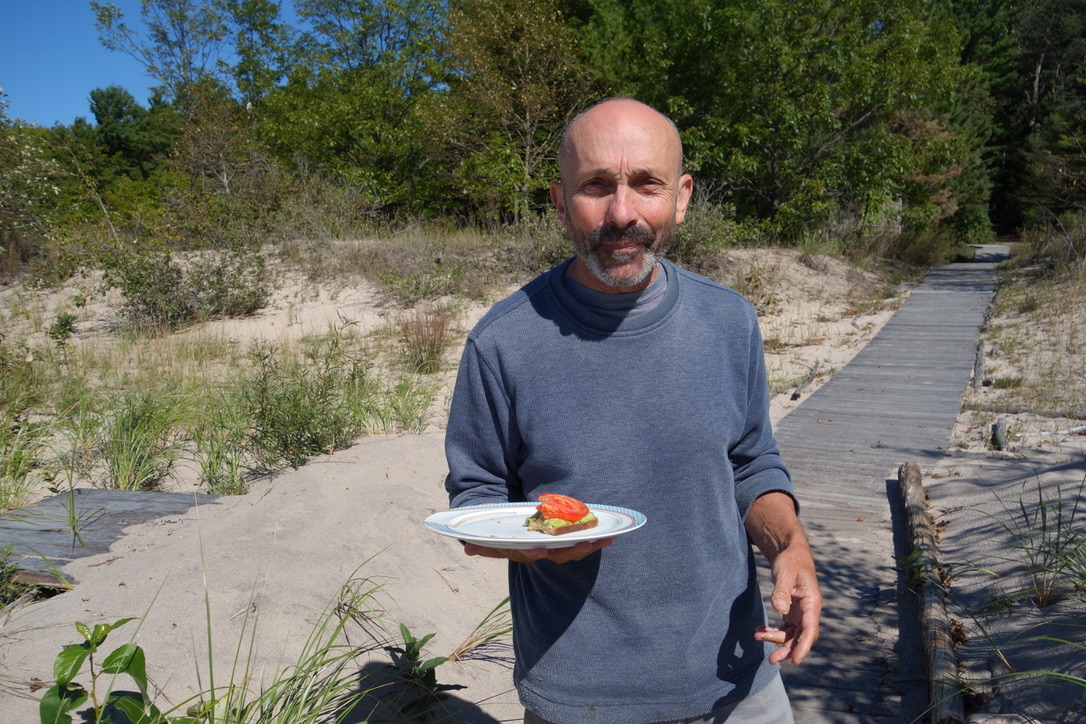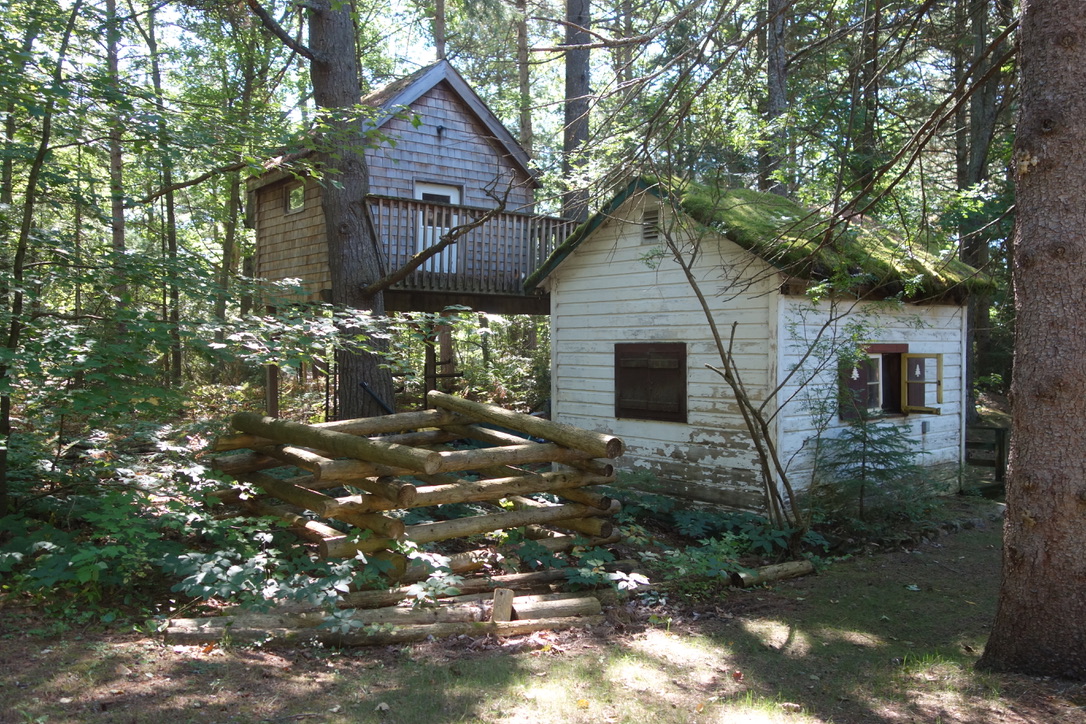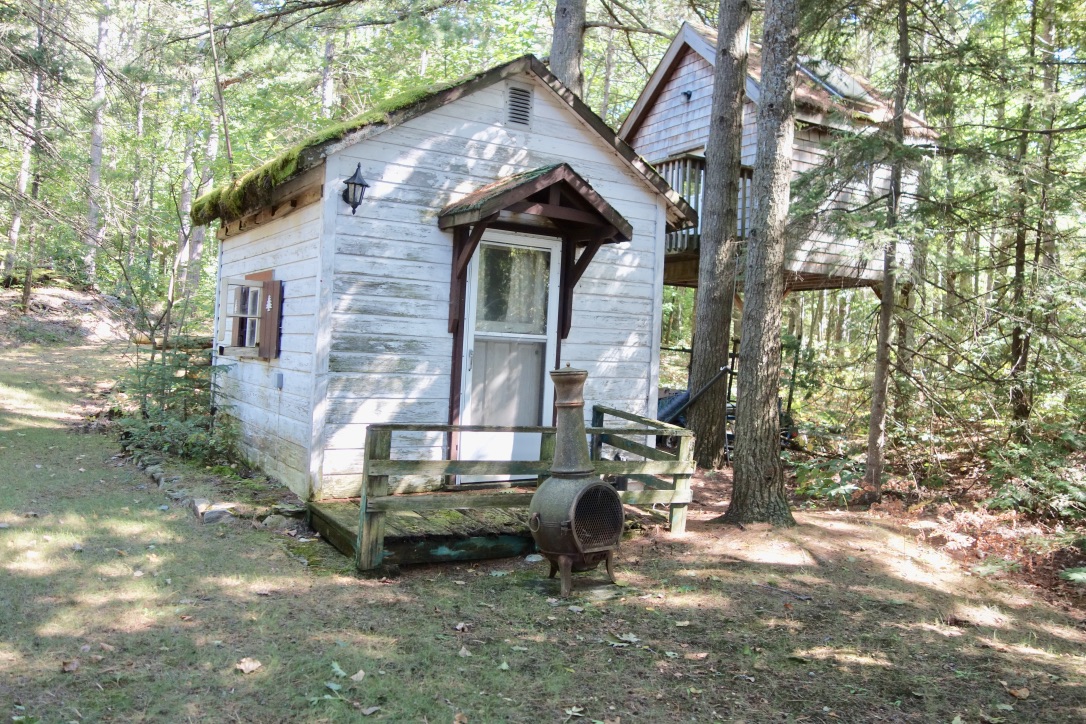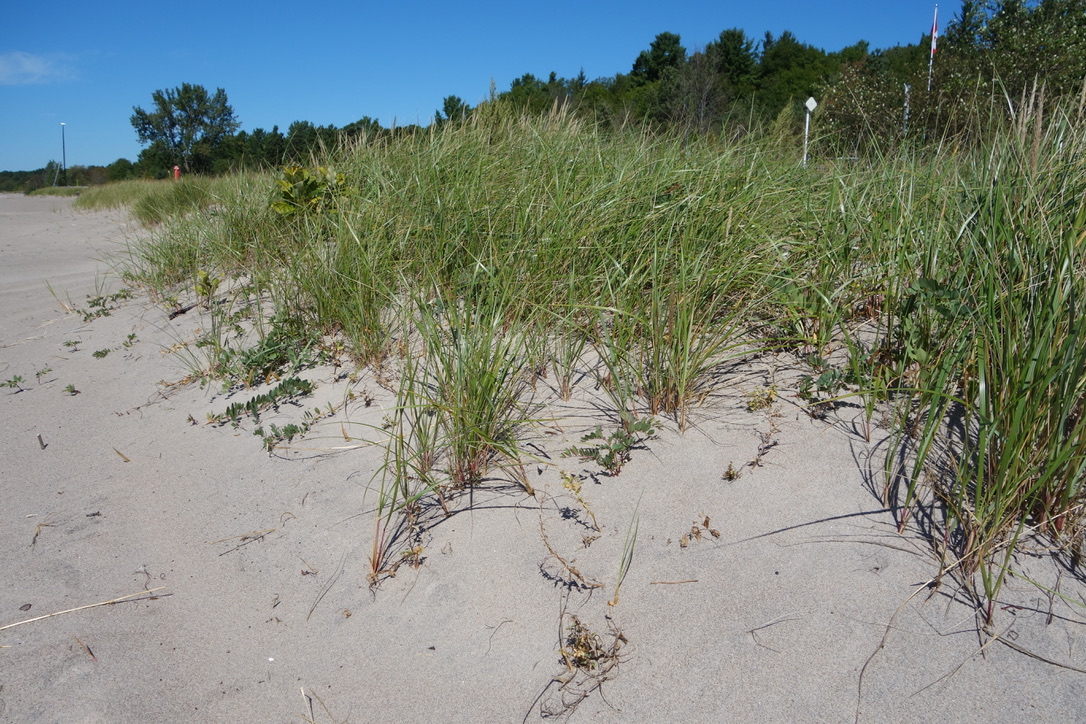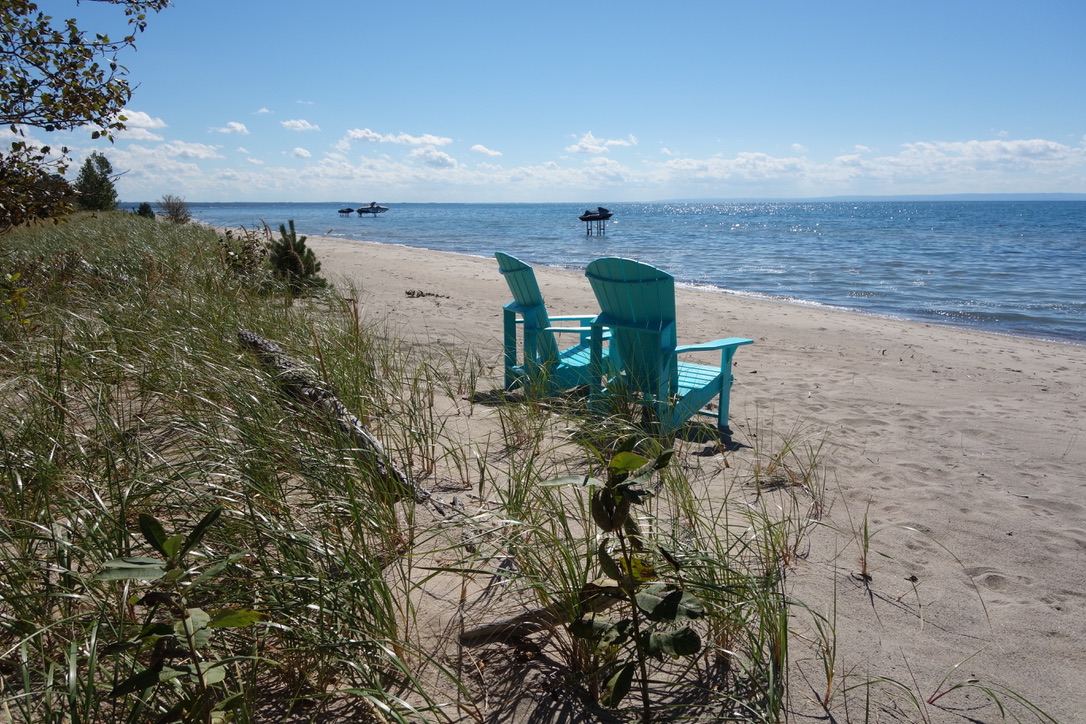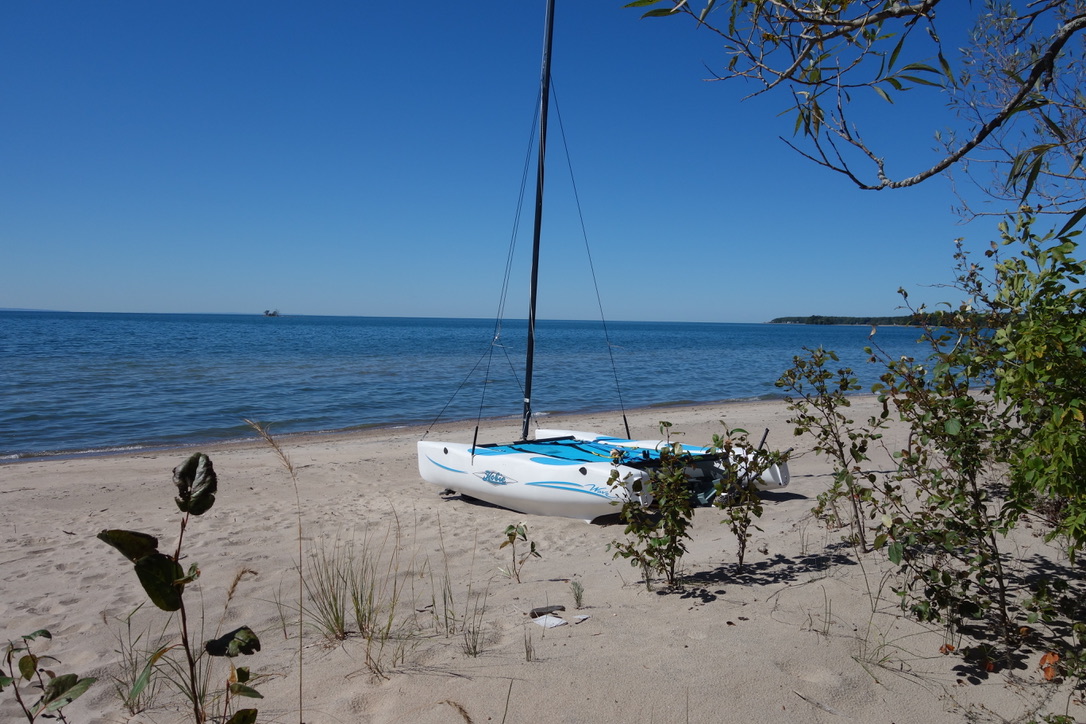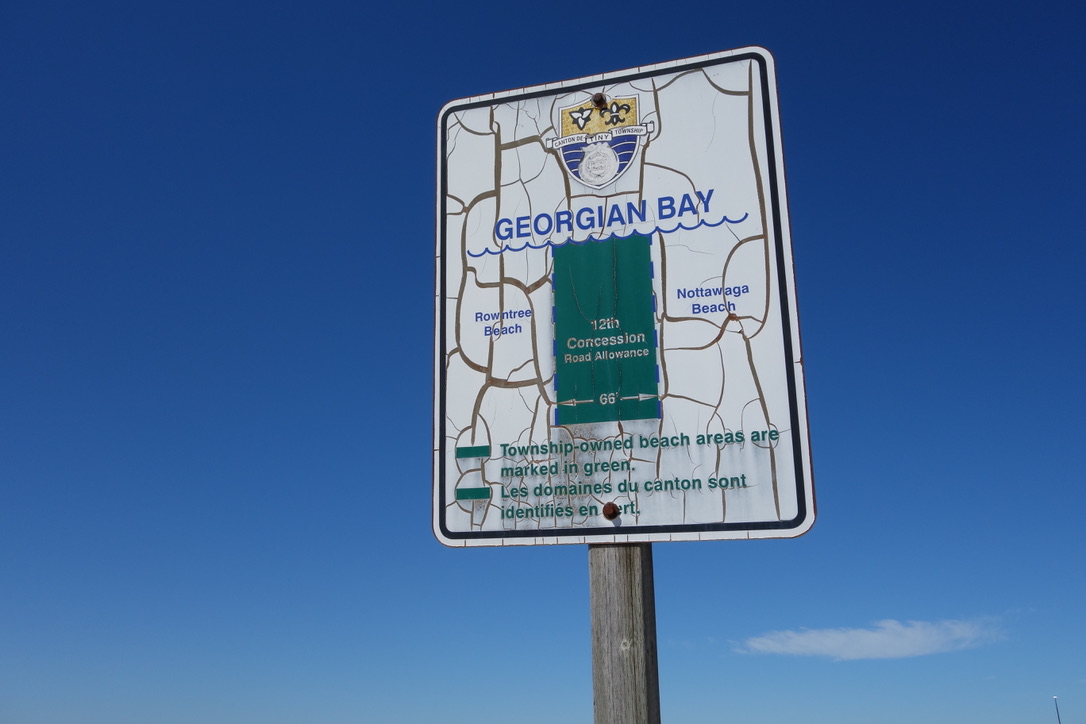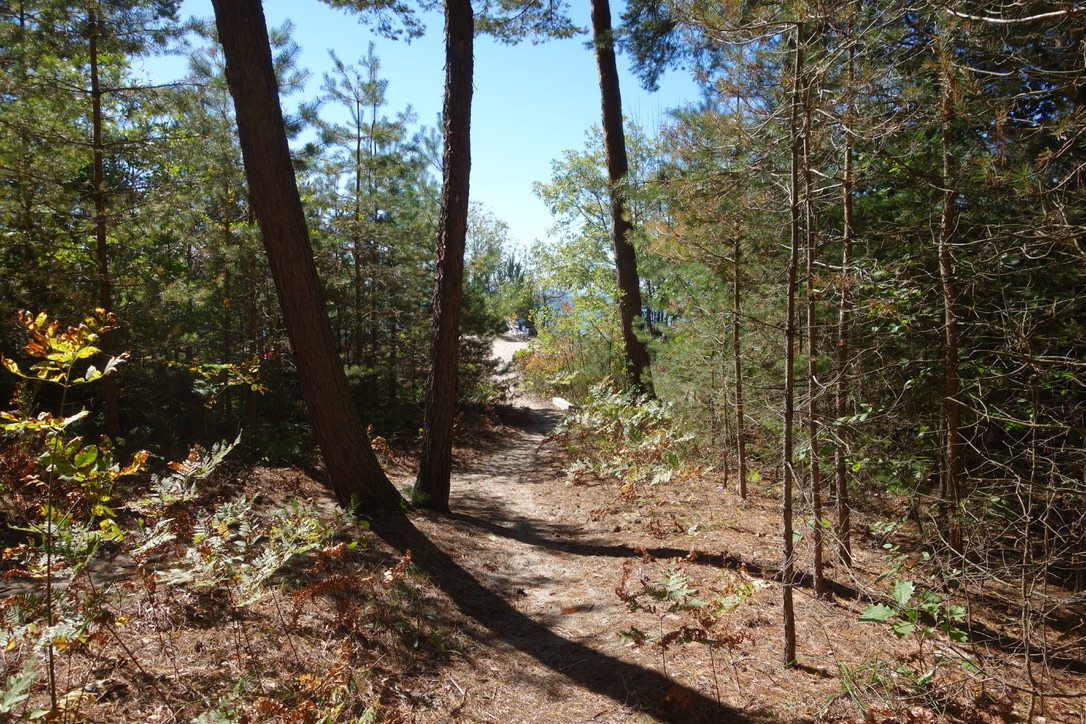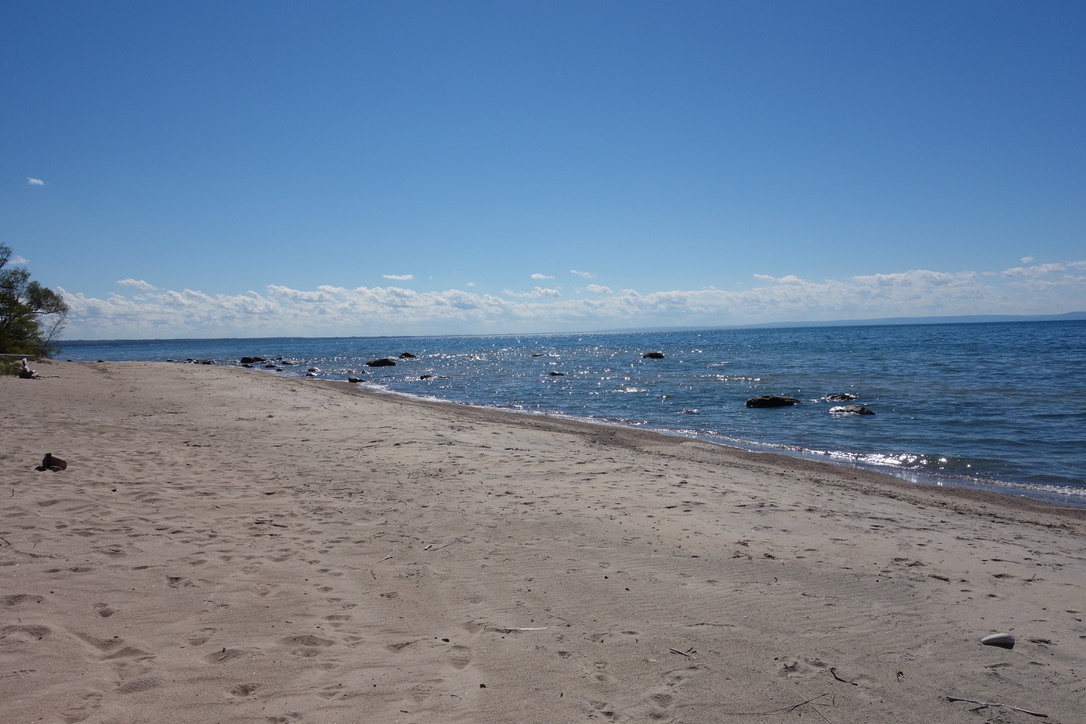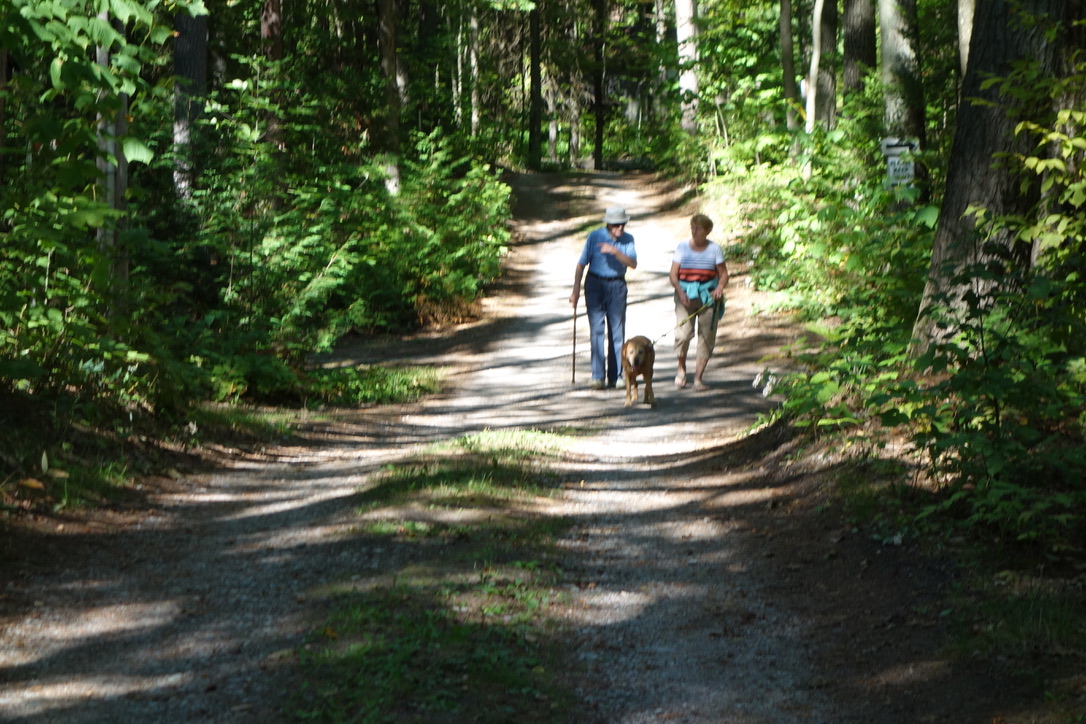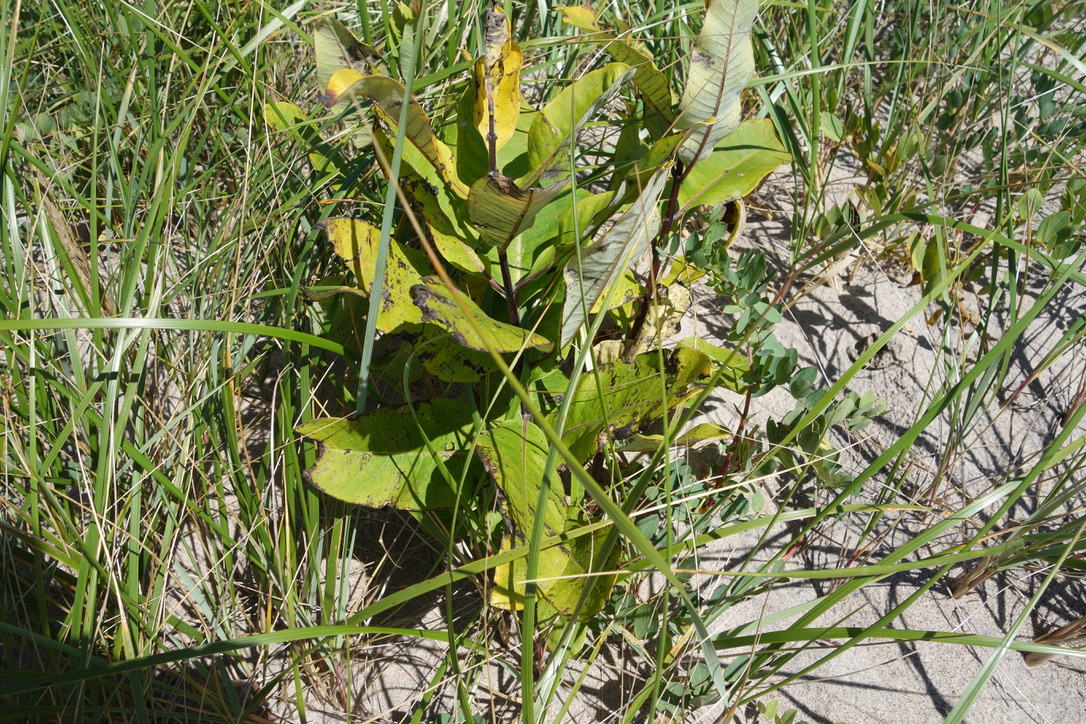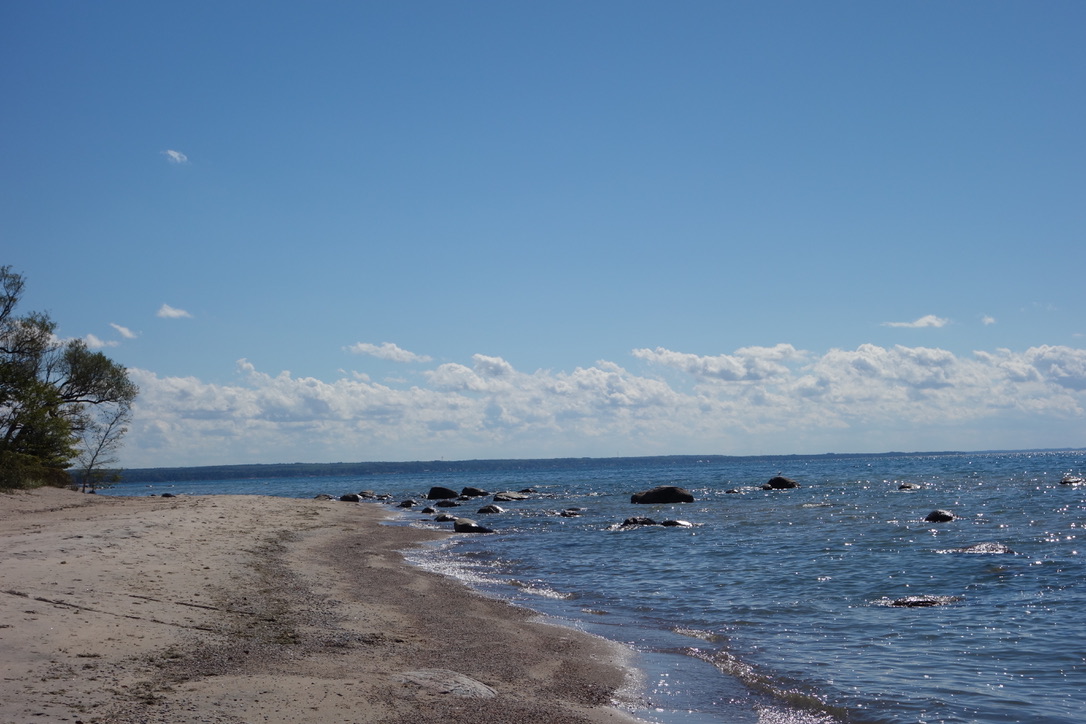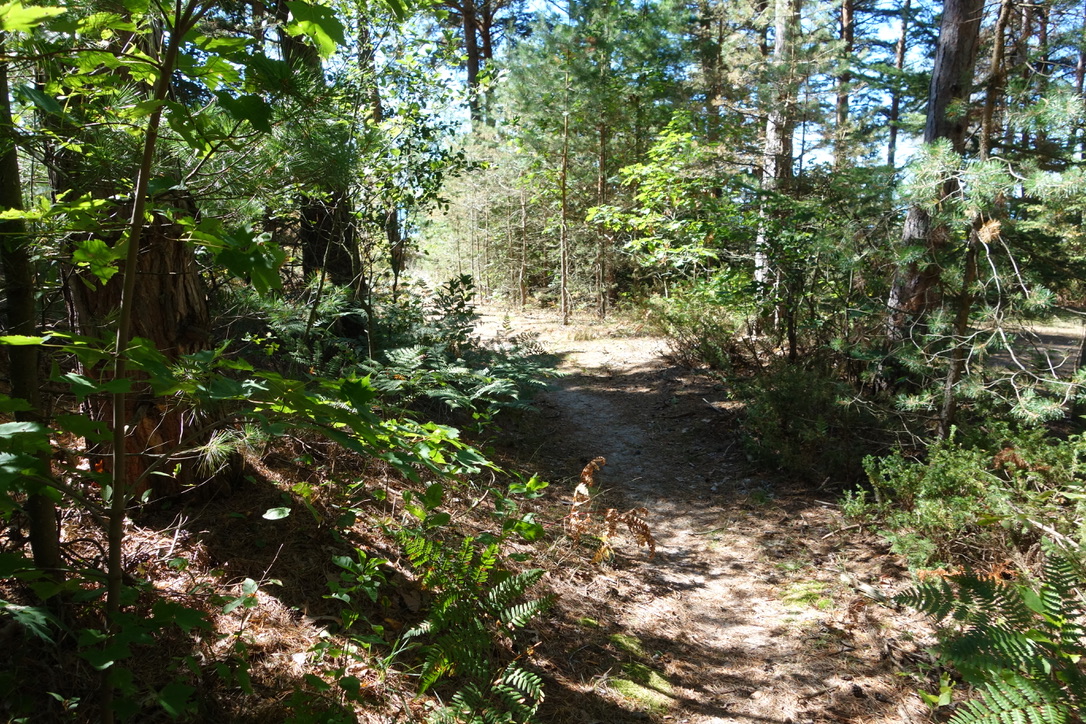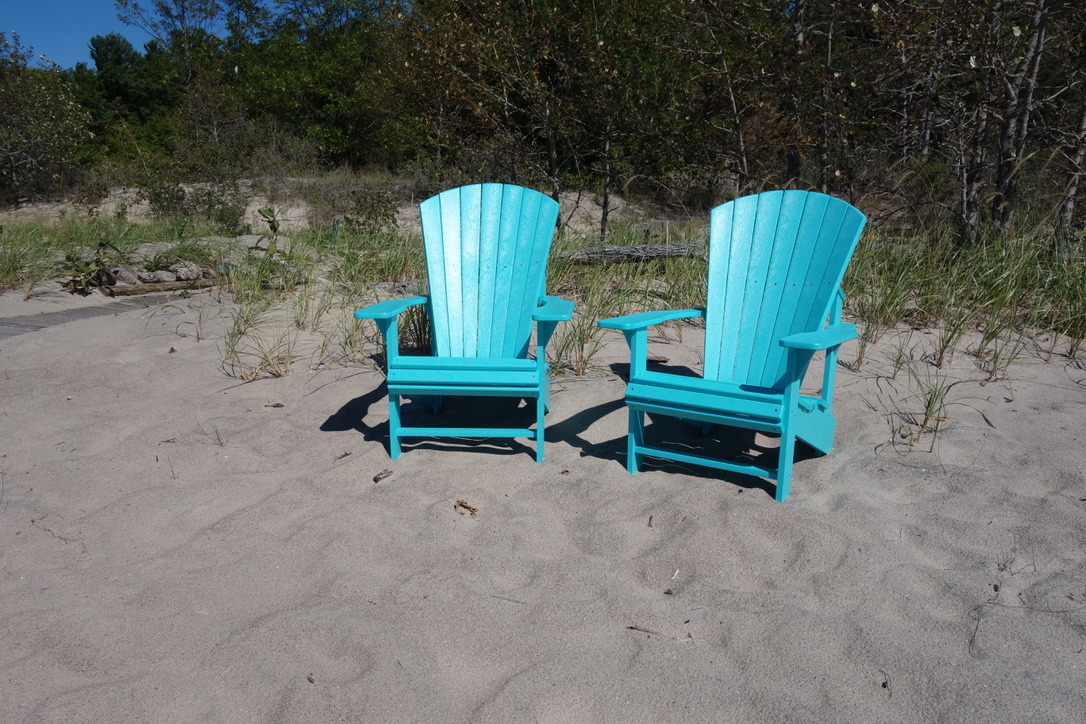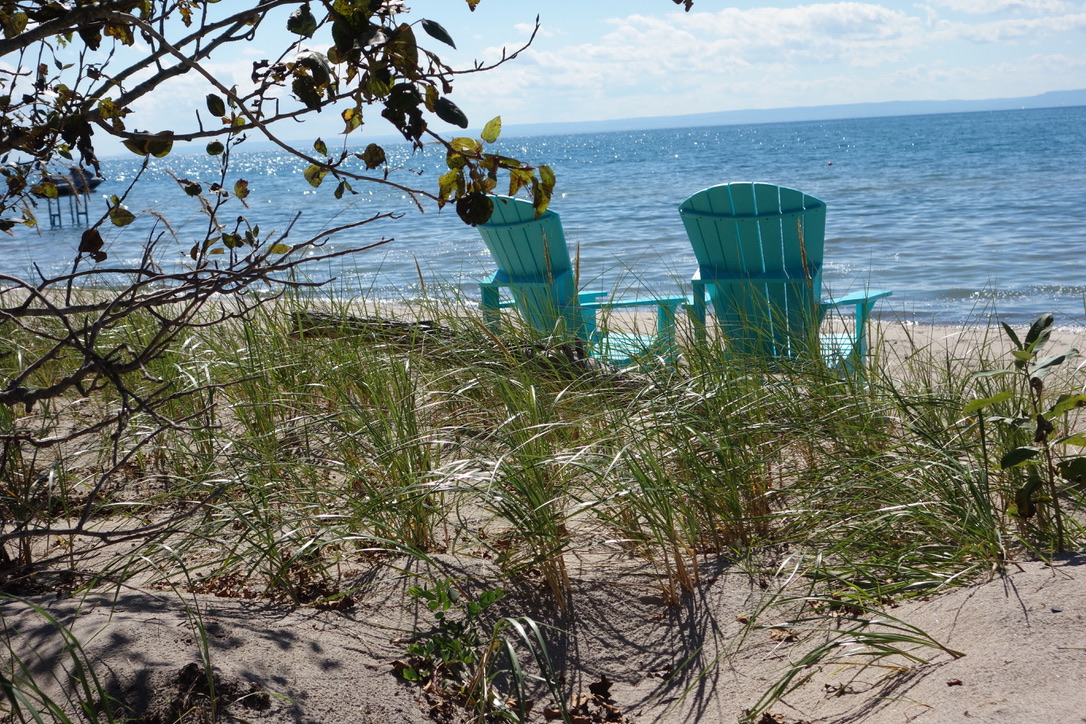GROUP 9 CURIOUS CATTLE … LOTS OF PROBLEMS … ATE OUR BASE LINE
OUR biggest problems in Ireland were the herds of cattle. The cattle were curious and omniverous. And stupid! They thought our copper base line looked good to eat.And practically every day we had a sudden cessation of signals as a cow chomped through the yellow sheathed base line andthen gobbled up a few feet of wire before regurgitating the wire in round balls about the size of baseballs. When the signalsstopped we had to send crews to find the cut and repair the line. This happened often. Sometimes several times in a day.The farmers were angry naturally. Some claimed their cattle were knocked out by the live wire. I do not believe thathappened…never saw a flattened cow. But we found lots of balls of copper wire that had been vomitted. I think someonepaid the farmers for damages…but I don’t know if it was Dr. Stam or the Irish government.Sometimes breaks in the line were caused by cars and trucks but most of the time it was cattle.In the Canadian wilderness we rarely had problems like this. Moose, deer, wolves, wolverines did not like a diet of copper wire it seems.Red squirrels might nibble a bit.CALF CONVERSATION“MY that long line of yellow spaghetti looks edible.”“Ouch…bit of a sting to it.””“Let’s gobble up a chunk.”“Look at mom…over there…she’s vomiting the yellow stuff in big balls.”“Spit it out”“Here comes one of the lads with a big roll of spaghetti on his back.”“He’s not chewing.”“Let’s take a chomp just for the hell of it.”“Wait until he moves along.”“Now!”“Ouch…hot…stings”“Here comes the lad running back here yelling like a damn fool.”“Look innocent…look like you are not interested in spaghetti.”“Too many hot chill peppers in the spaghetti.”Our base line was a mile or more in length. Straight of course which meant the cable was put down on many Irish fields where cattle
roamed/
Calves were just as curious as their mothers but not as hungry for swaths of our base line cable.GROUP 10 THE CASE OF THE COW THAT DISAPPEARED A CENTURY AGOWe heard quit a few stories about ghosts and mysterious happenings. It seems the 19th century miners, some of them, spread a storyabout ghosts in part of the mine. Apparently that was intended to keep curious people away from a ‘high grading’ operation whererich chunks of copper ore were hidden. True or not? Who knows. John Hogan told tales of such High grading in Canada. And afew years later I worked in the Yukon where and immense amount of silver ore was stolen from an abandoned part of the Elsa mine.(see Episode – Fell from the Moon).One story told to me by Barney Dwan and others turned out to be true. We had a large anomaly when working an area near the Mahon river… a small valley (boreen is the Irish term I think) angles away from the river. Let me say what happened in dialogue form.“Alan, there is an old story about this boreen.?”“Ghost story?””“No…just a story passed down from the old times…the mining days…the 1870’s or later”“Interesting story?”“Apparently there was a mine entrance up here long ago and a cowwandered in and got stuck so the farmer filled in the opening with trash and dirt.”“About where we got the high readings?””“Yes, that’s why I thought you might be interested.”“Do you know the exact spot?”“I do…right over there where the gorse patch grows.”“Let me see what Dr. Stam thinks.”“We could dig out the hole. We are already digging trenches down to bedrock where we havegot high readings.”” The story may or may not be true.”“Let’s just hire a man ….have him dig out that patch of Gorse.”“Sort of secretly?”“Yes, I don’t know what Norm Paterson would think of us spending money on a story that is 100 years old.”The patch of Gorse was about 4 times larger than this patch. It seemed to be a waste of good farm land. Not used as a fence line.Just a patch on a slope.The floor of the adit after the draining ceased was covered with pieces of timber. This was the first skull we found…a young calf perhaps.
Why was the skull here?
This may or may not be the boreen. The location was very nondescript; Look in the far distance where a patch of Gorse is growingon the valley slope…tiny in the distance. The location was much like that.Here we are inside the hillside adit. Barney and John Hogan (whose picture is not flattering) … both are studying the wet sides of the
adit looking for oxidized green copper staining. If I remember correctly this bit of exploration helped Dr. Stam determine
This is NOT the Irish adit I am describing. Later in the 1960’s the company sent me to the Yukon territory where we entered this abandoned
There she lay. The cow. At least her bones. Her head especially. Some bones must have washed out as the adit drained but
GROUP 11 THE FOLK MUSEUM OF SOUTHERN IRELAND
END OF PART 3: NEXT EPISODE WILL BE A) THE CLIFFS OF MOHER B) EXPLORING OLD MINE ADITS ON HANDS AND KNEES
